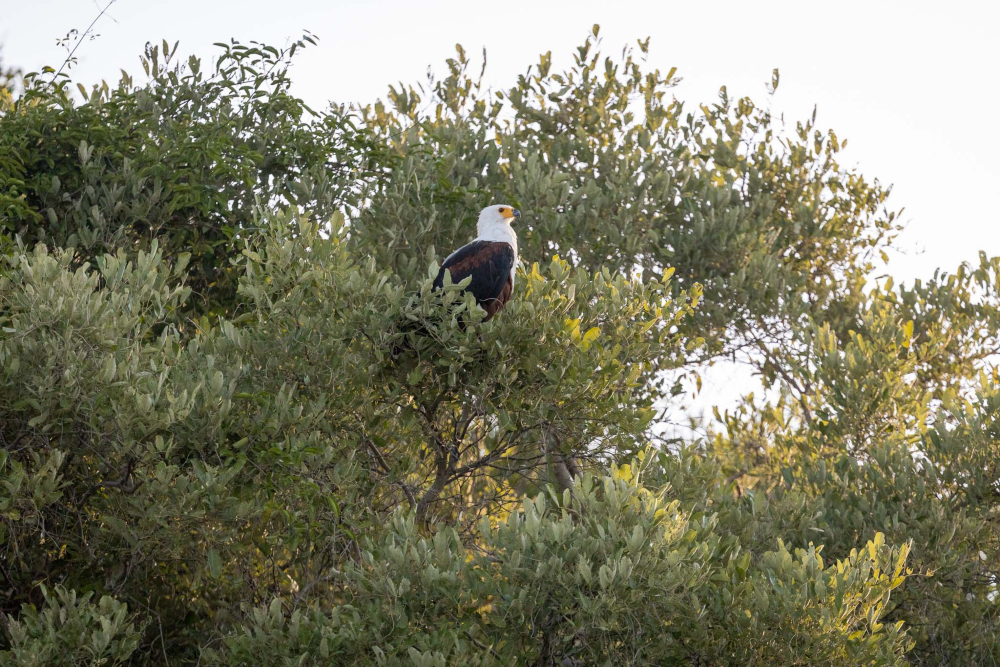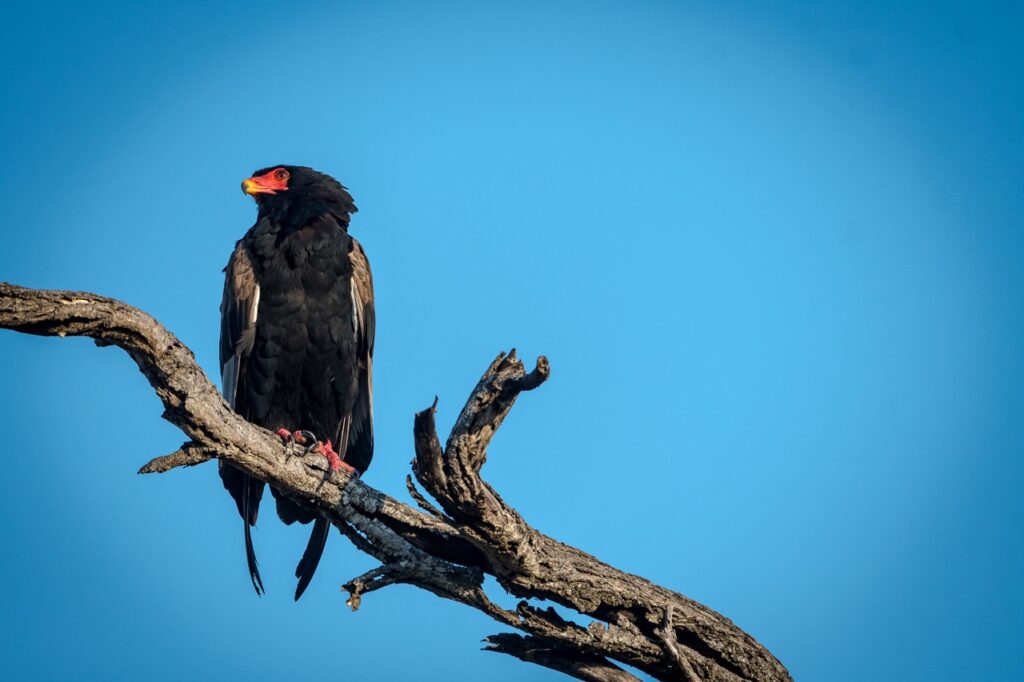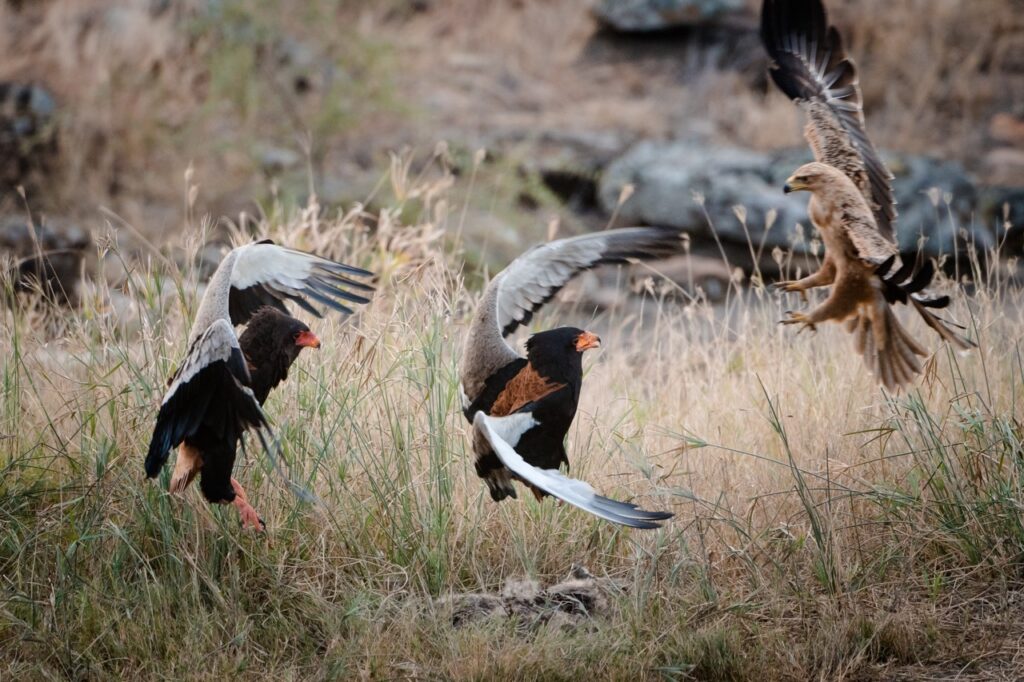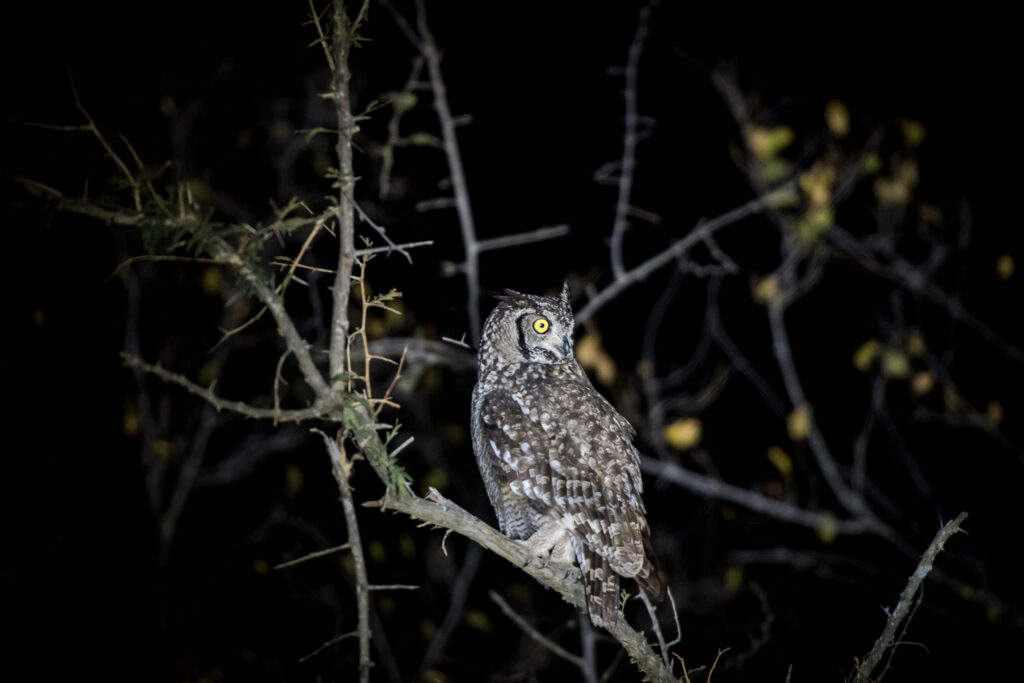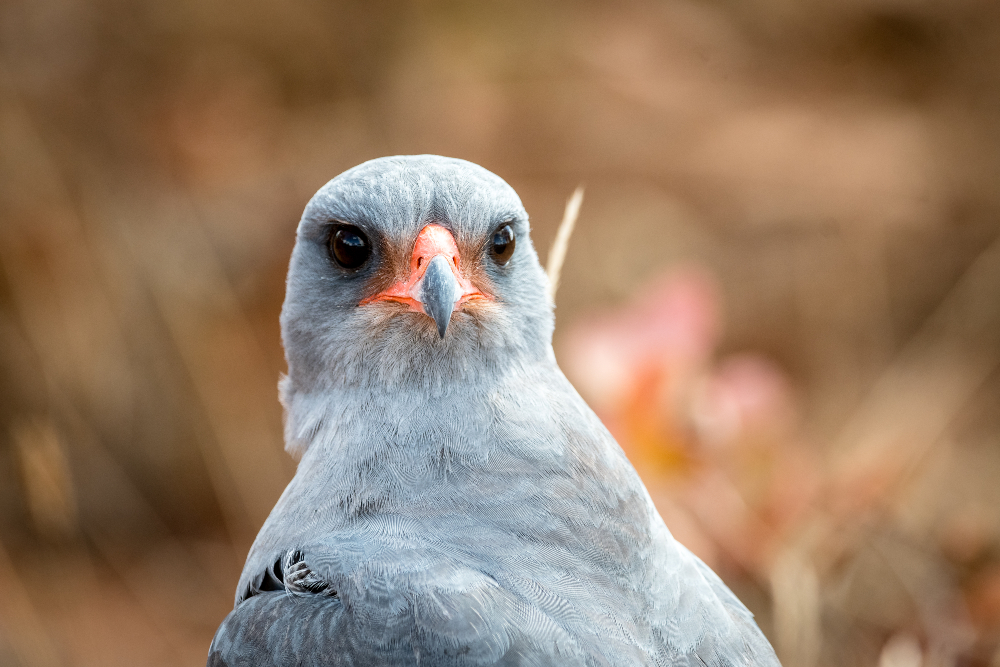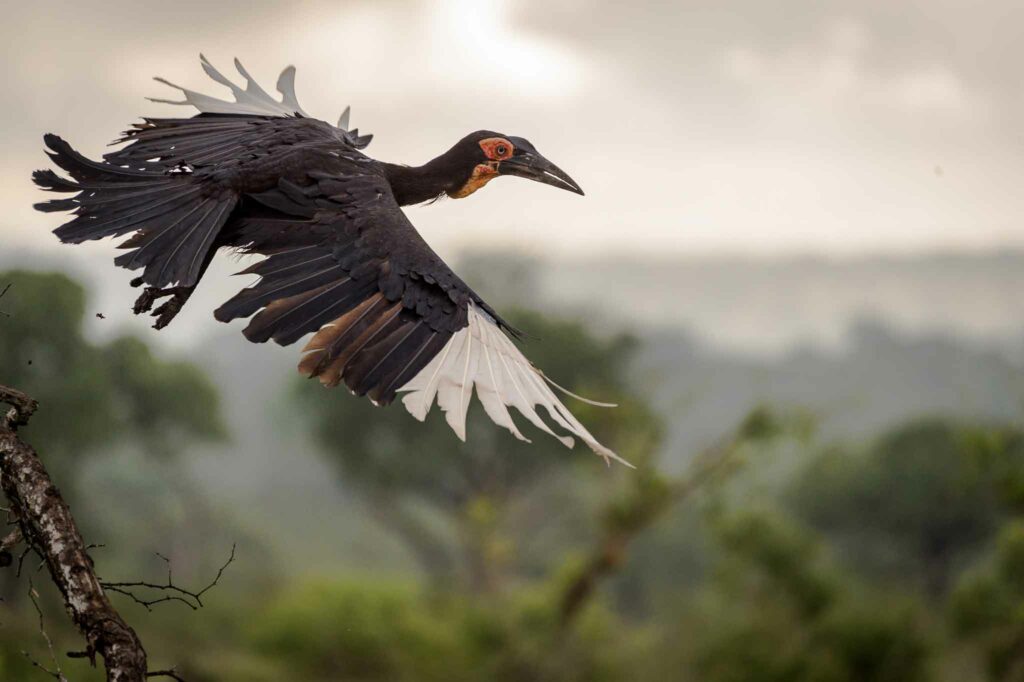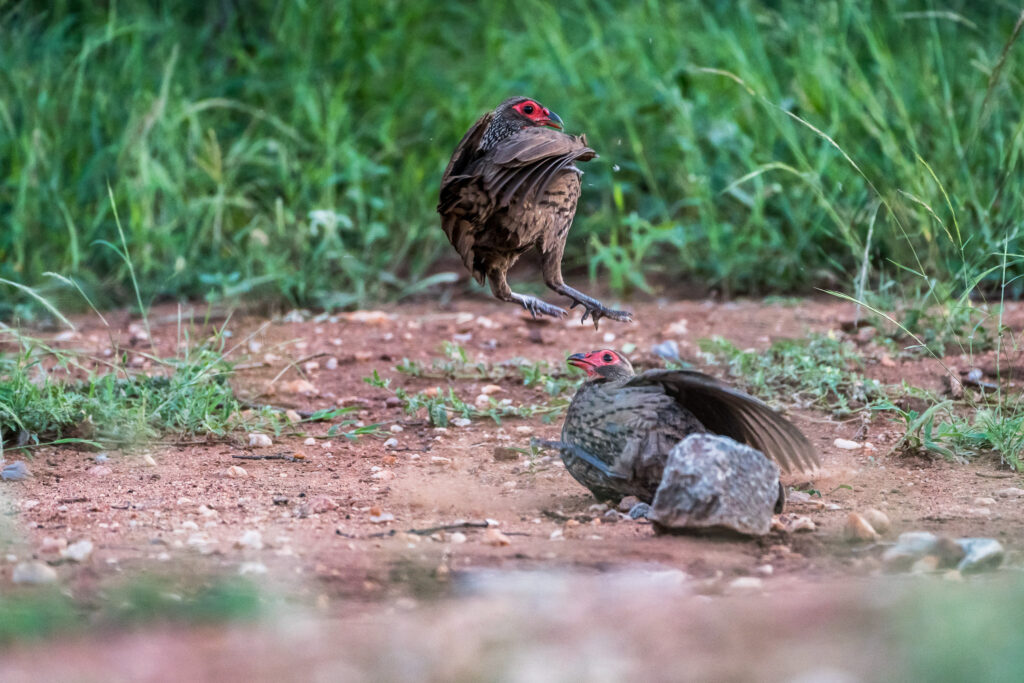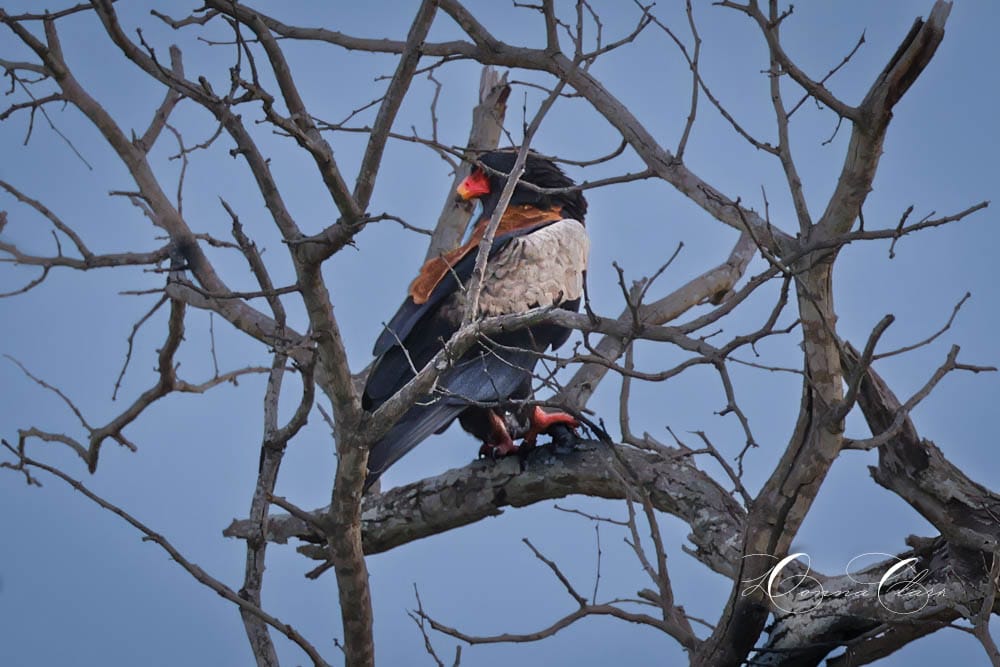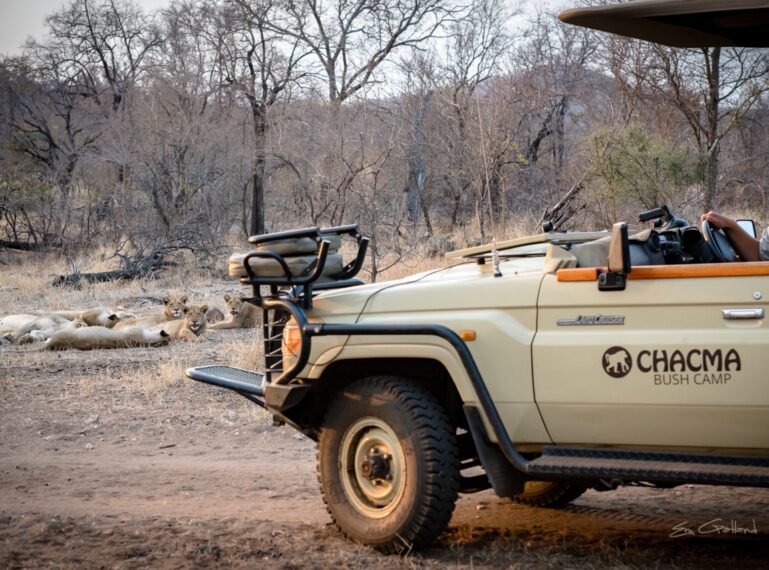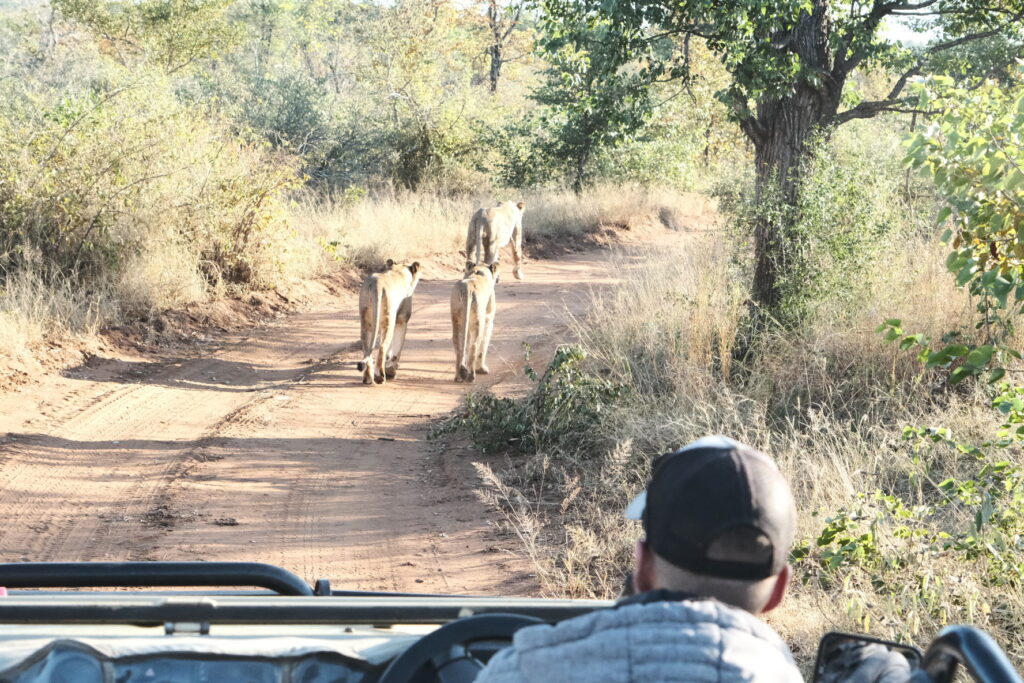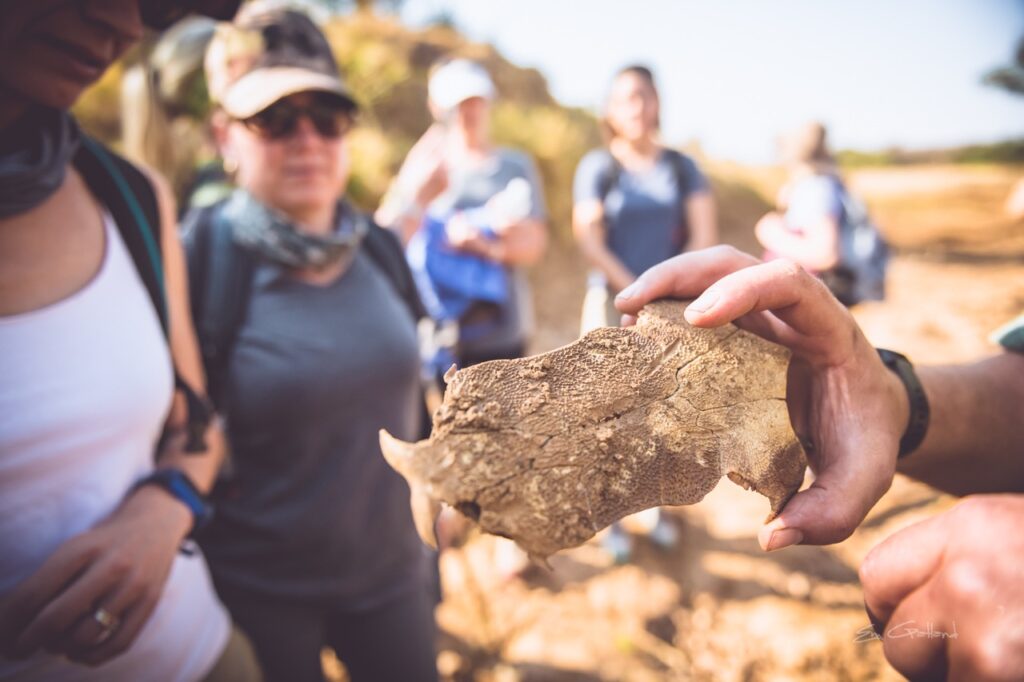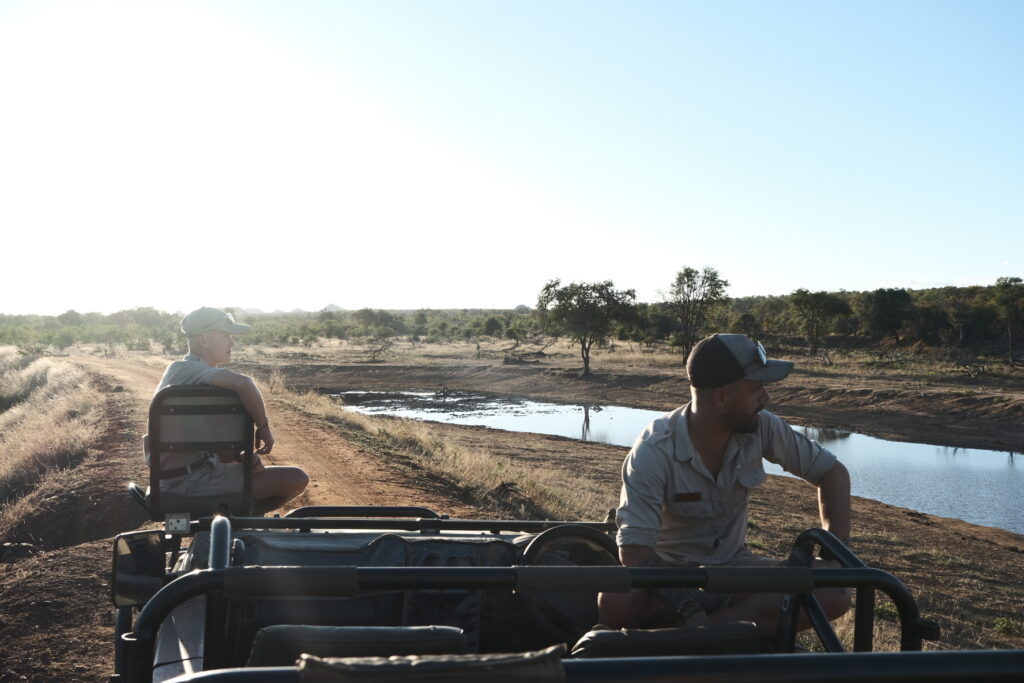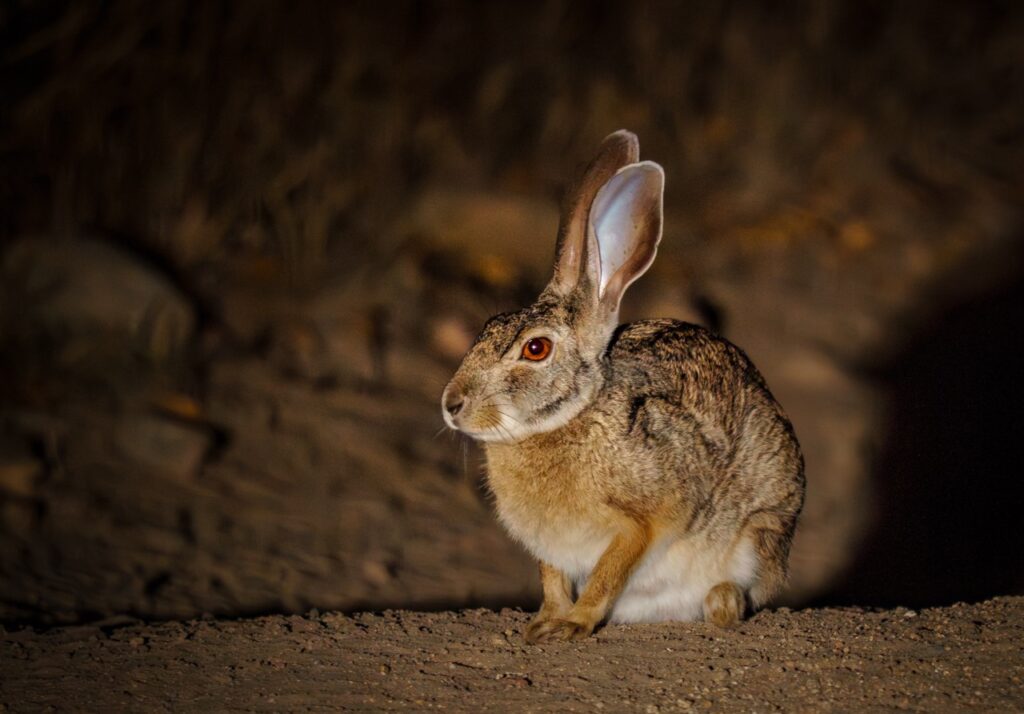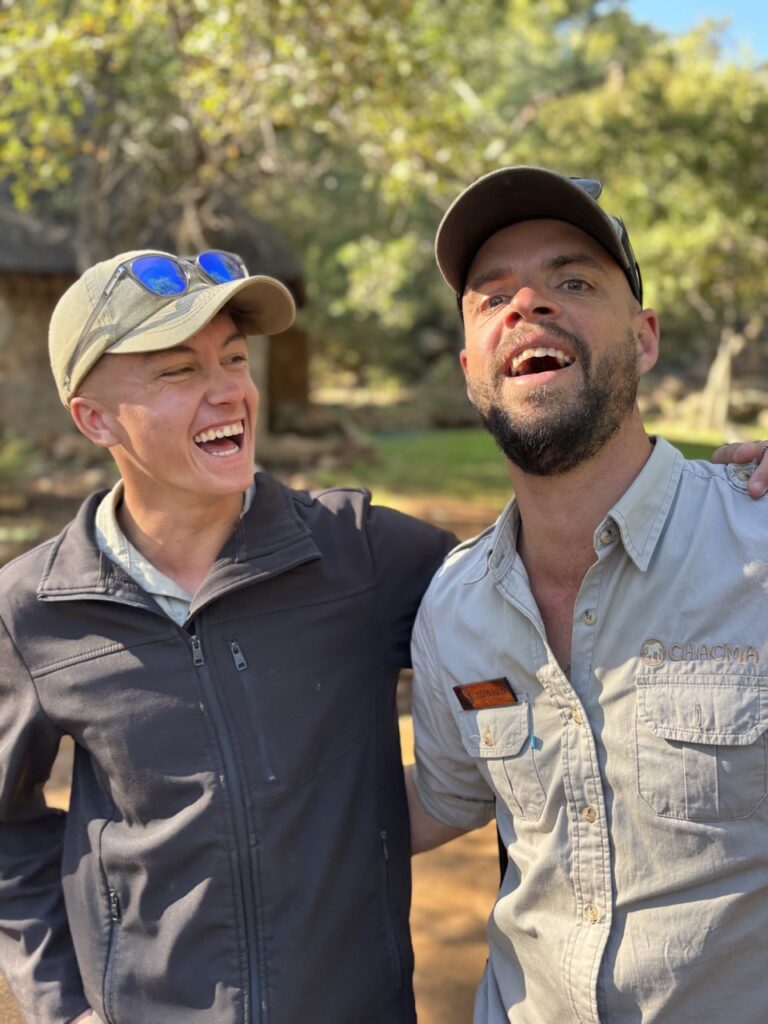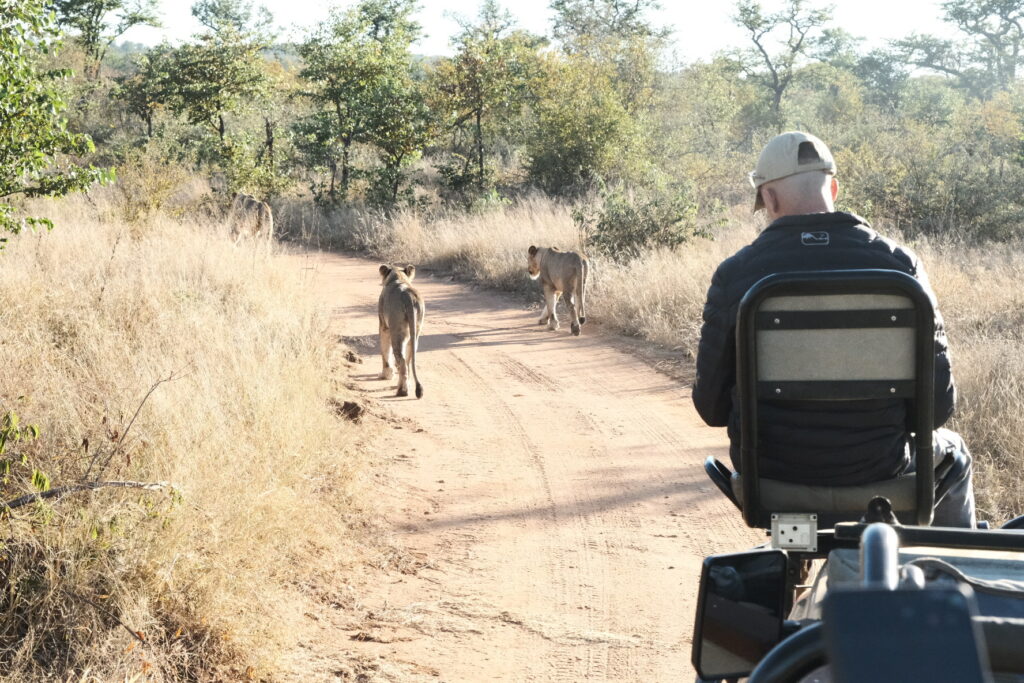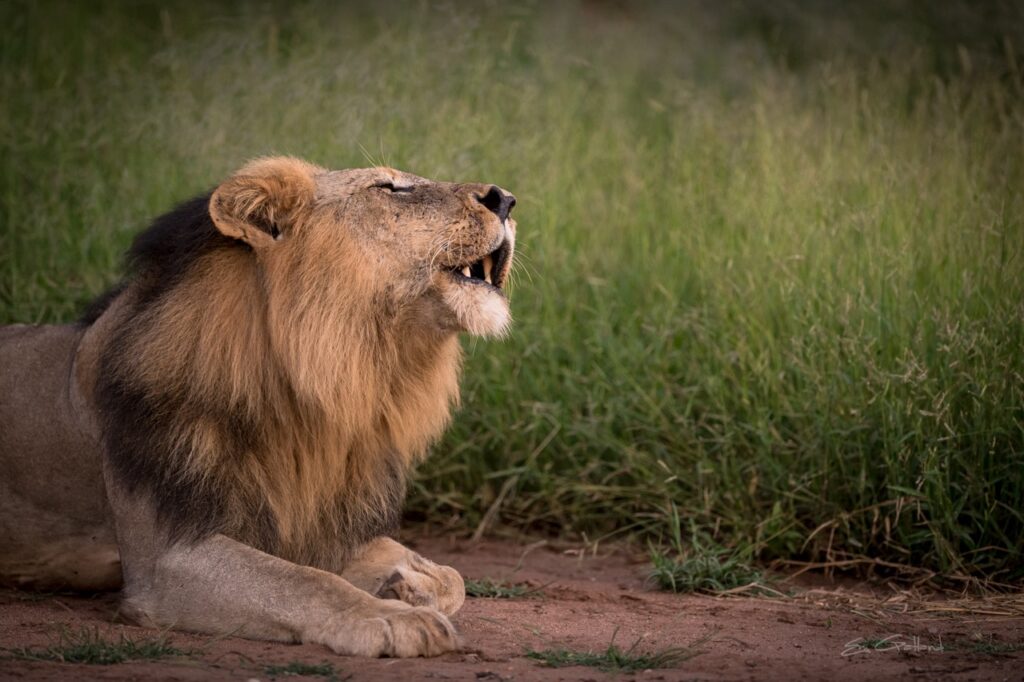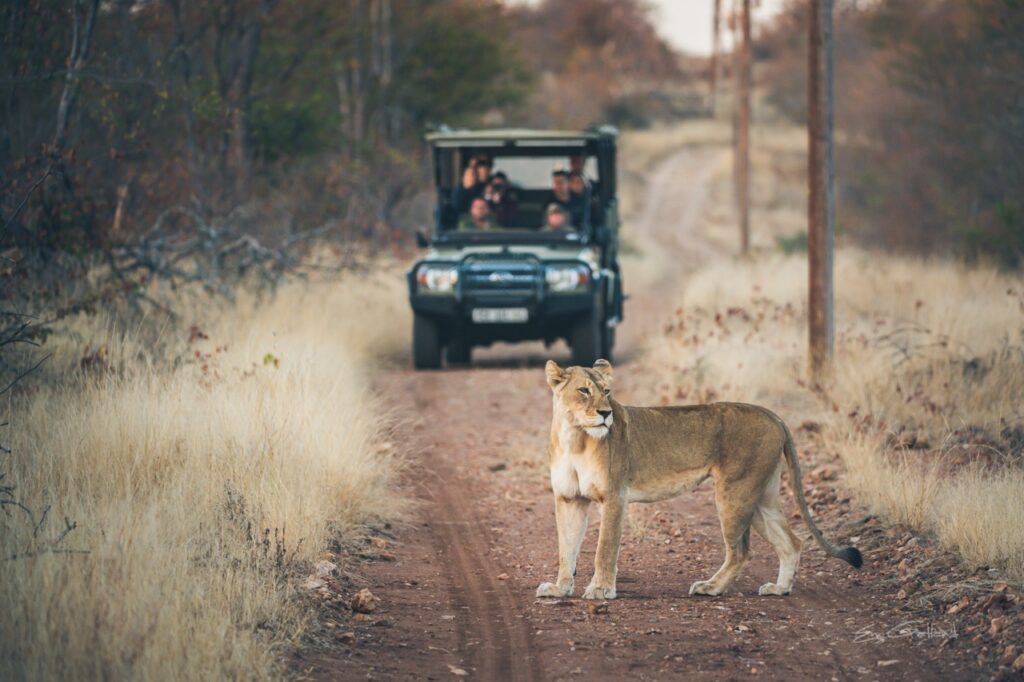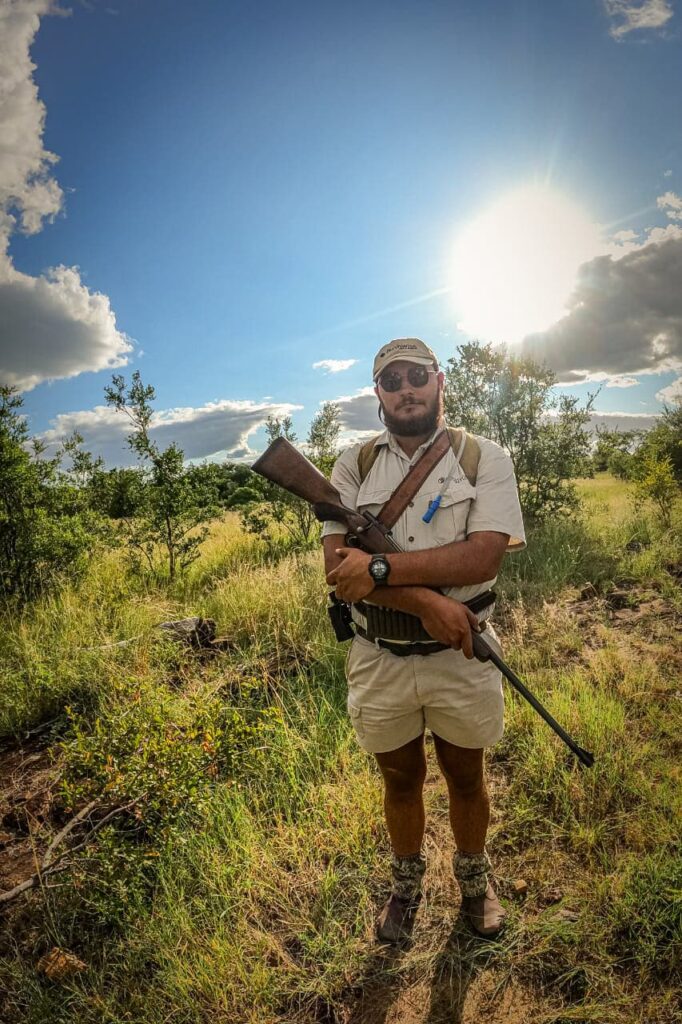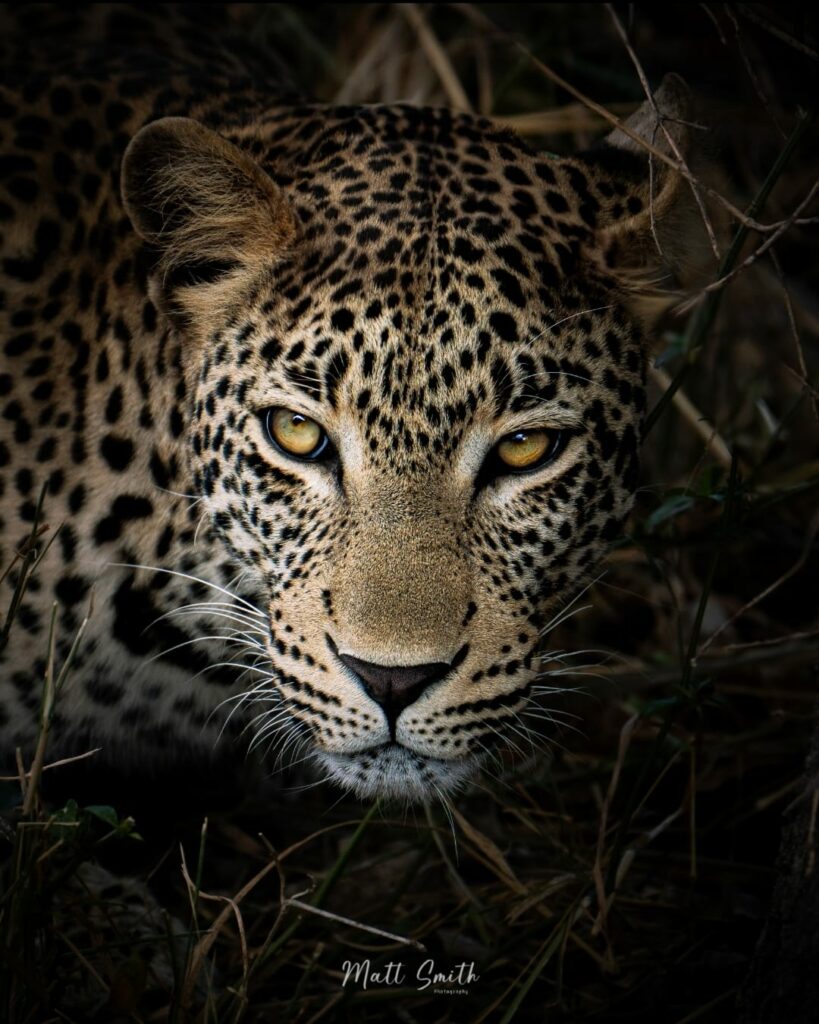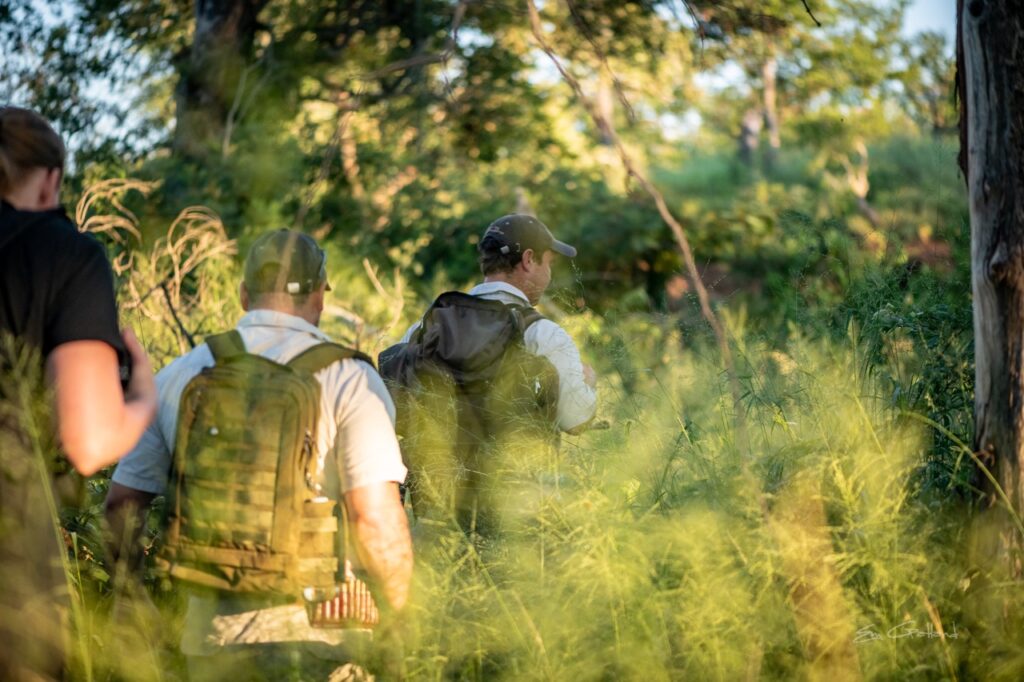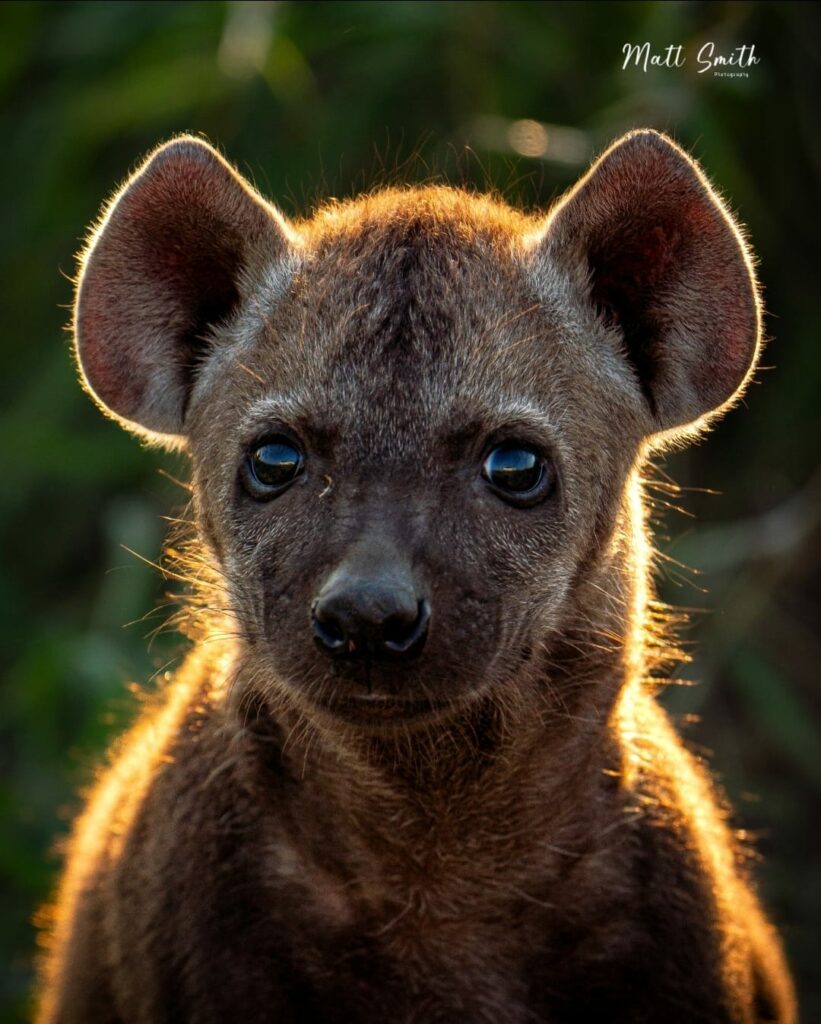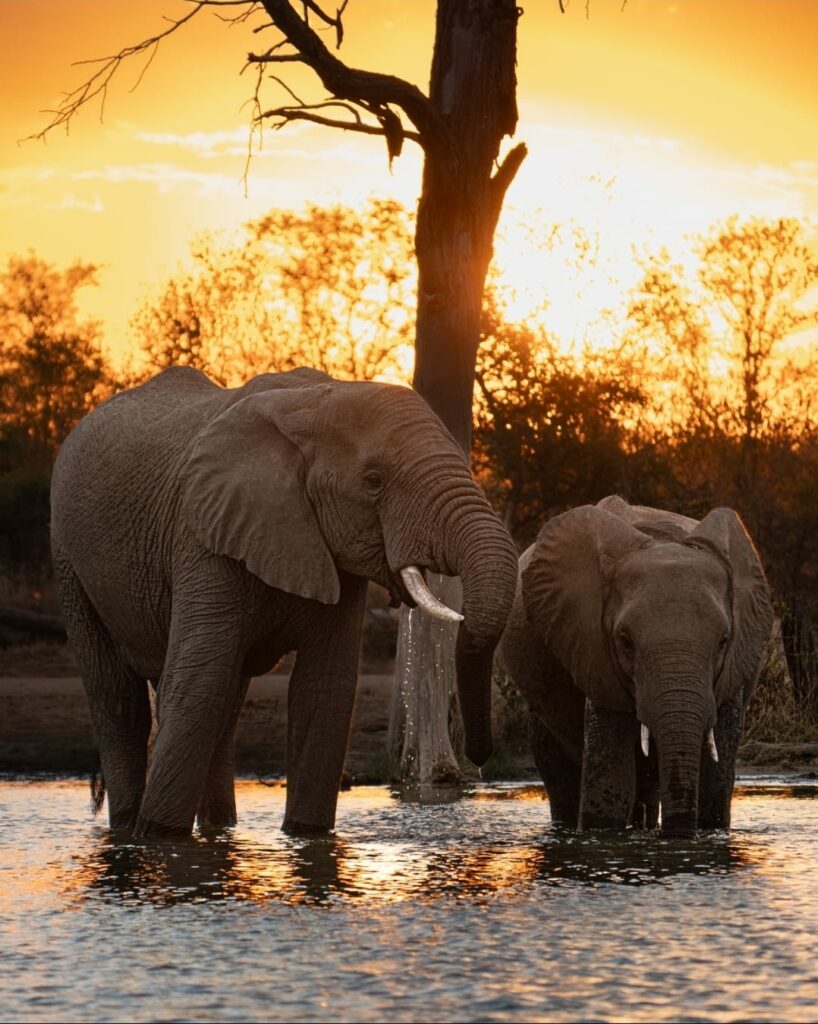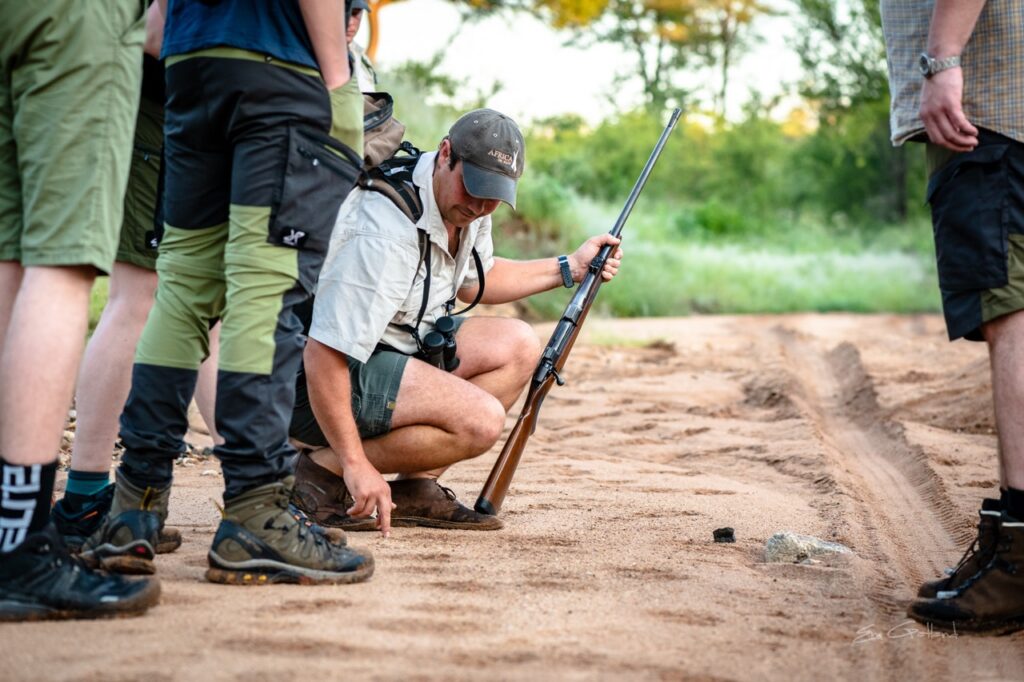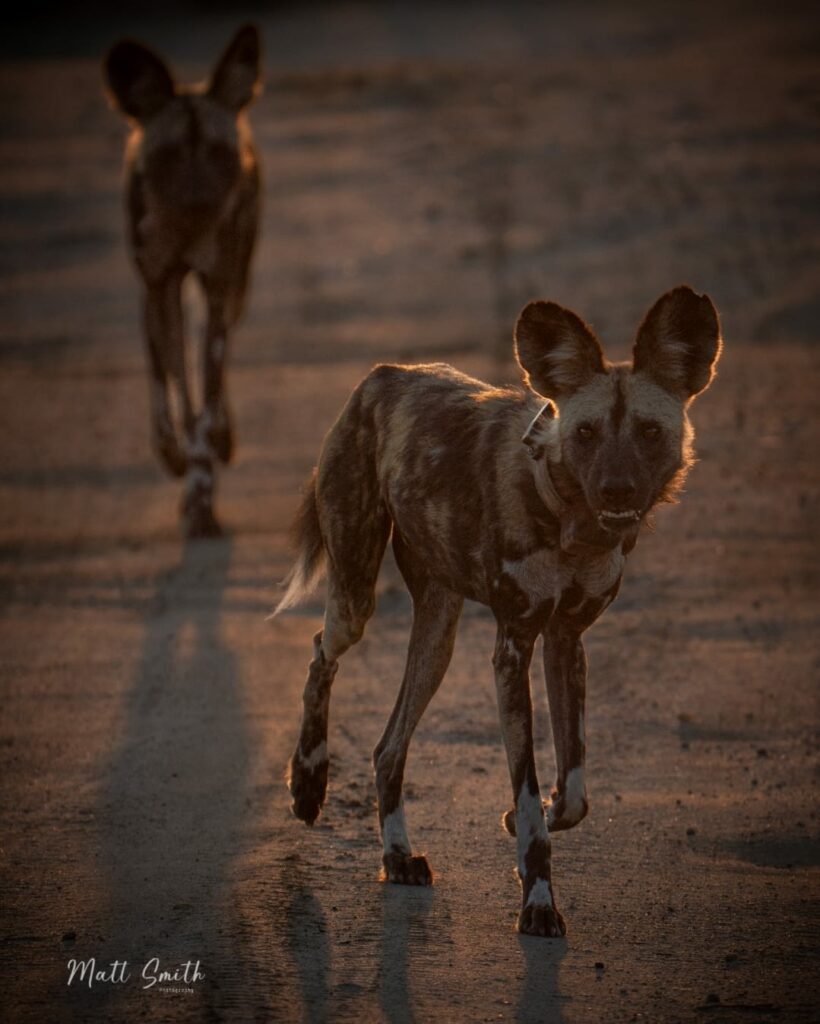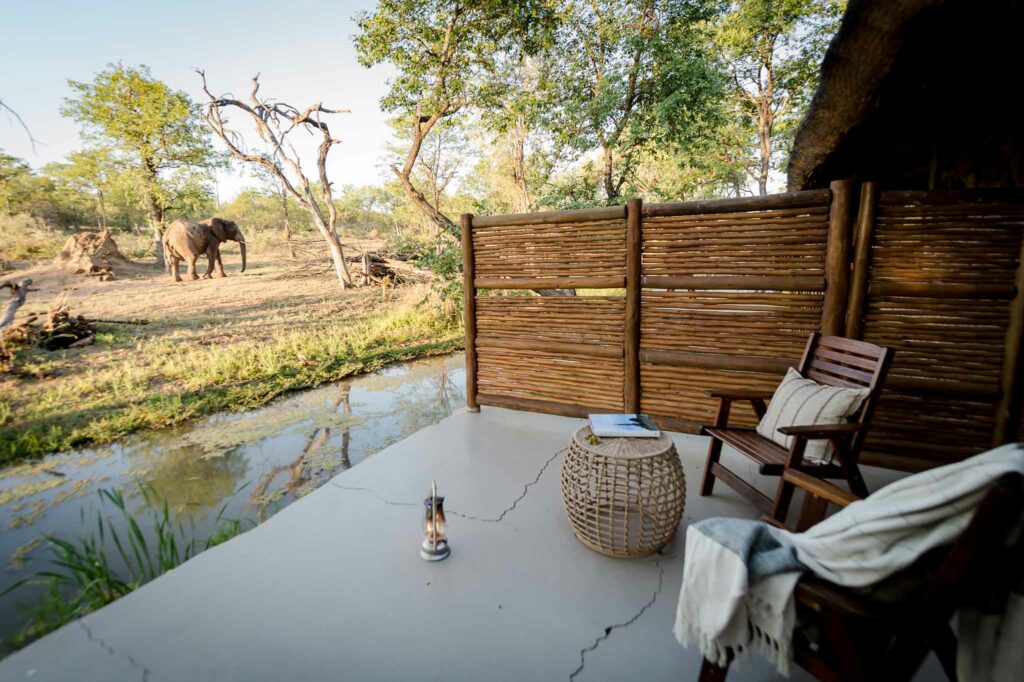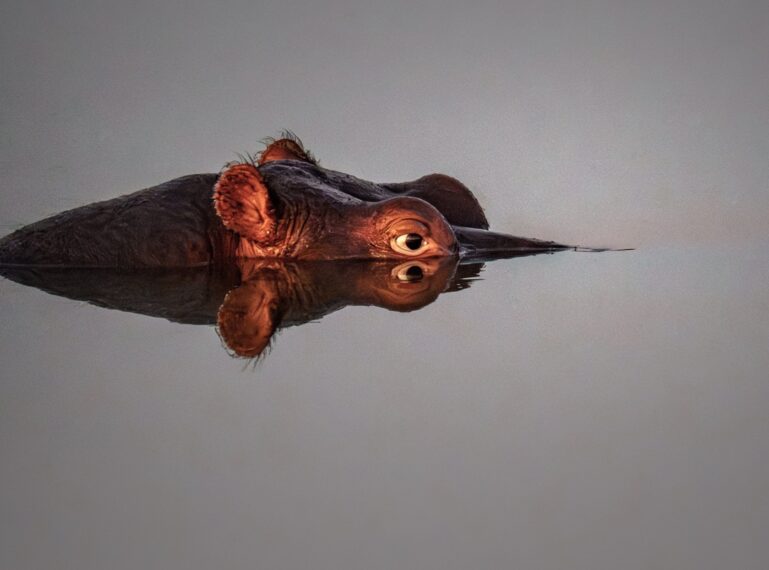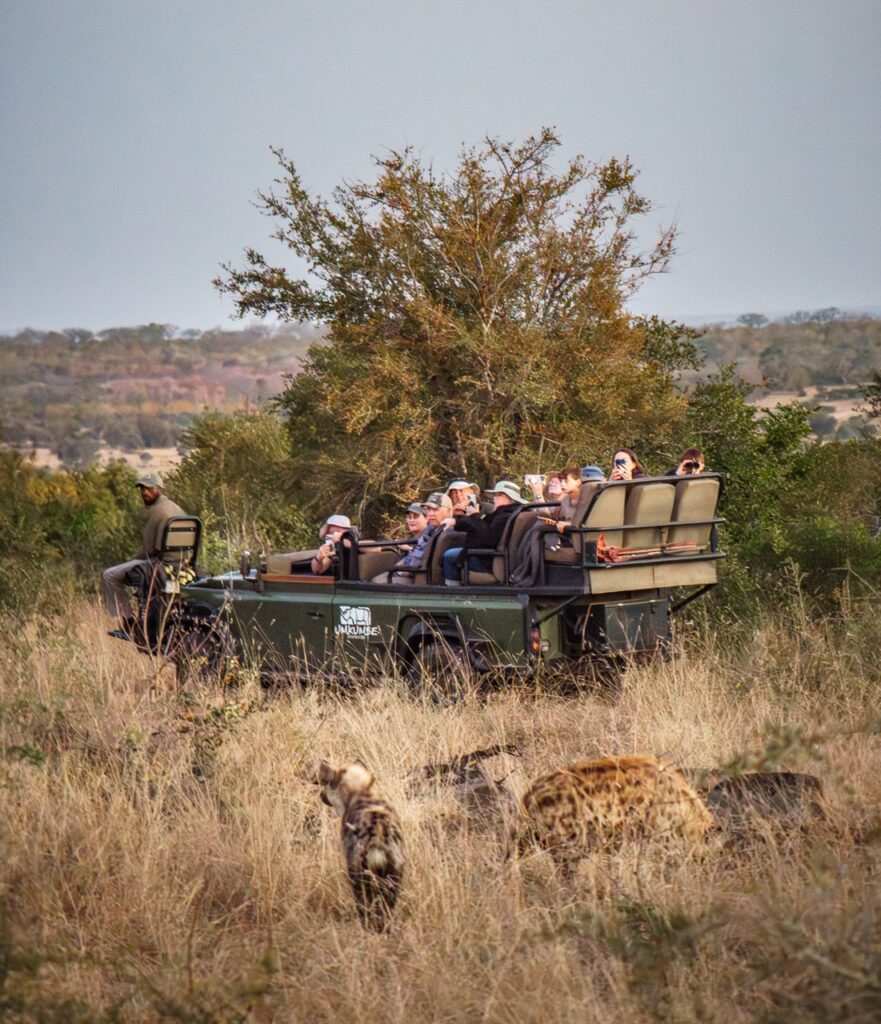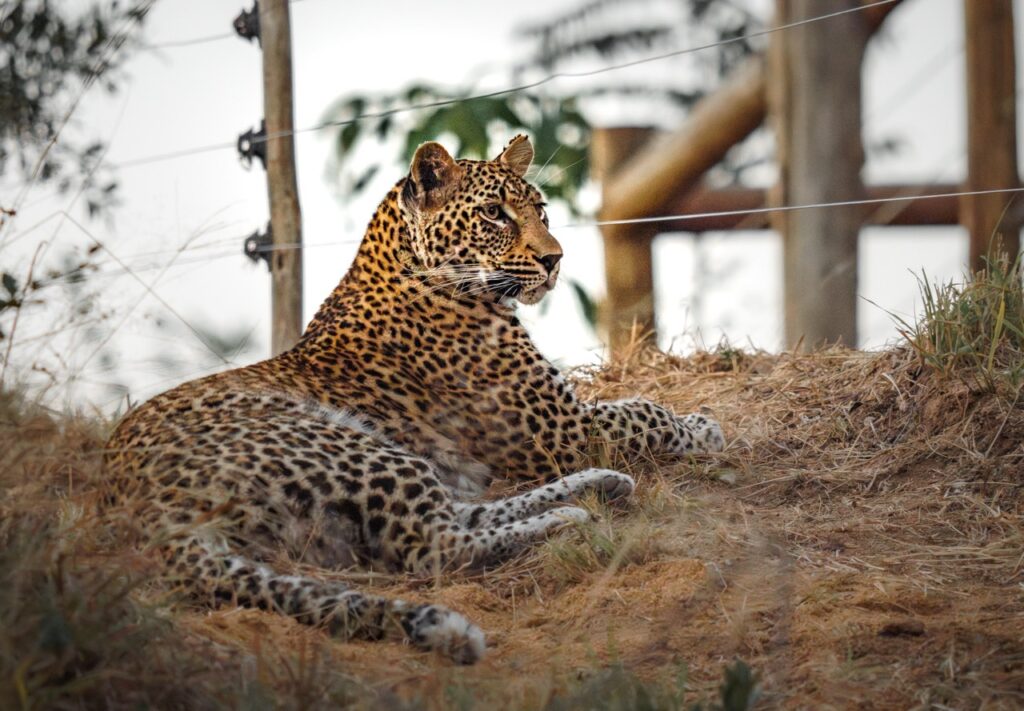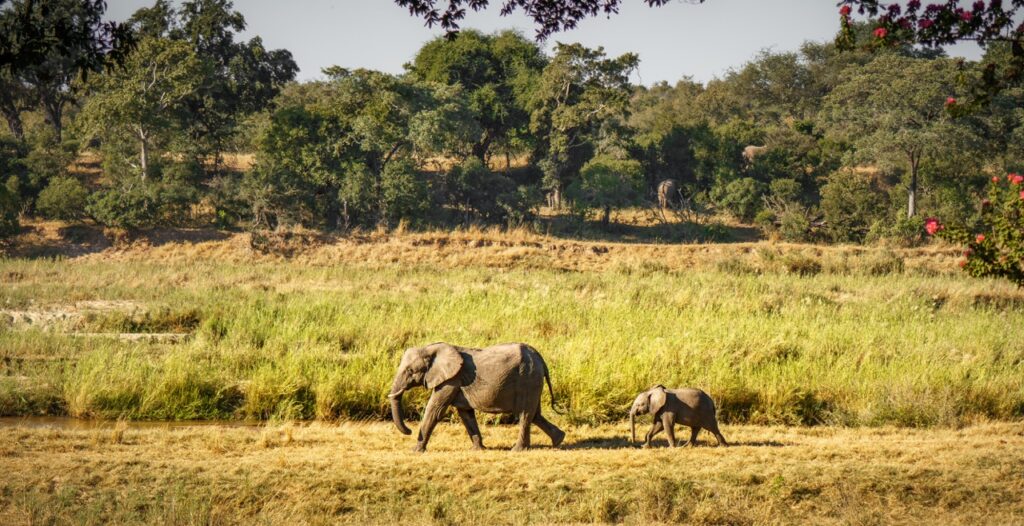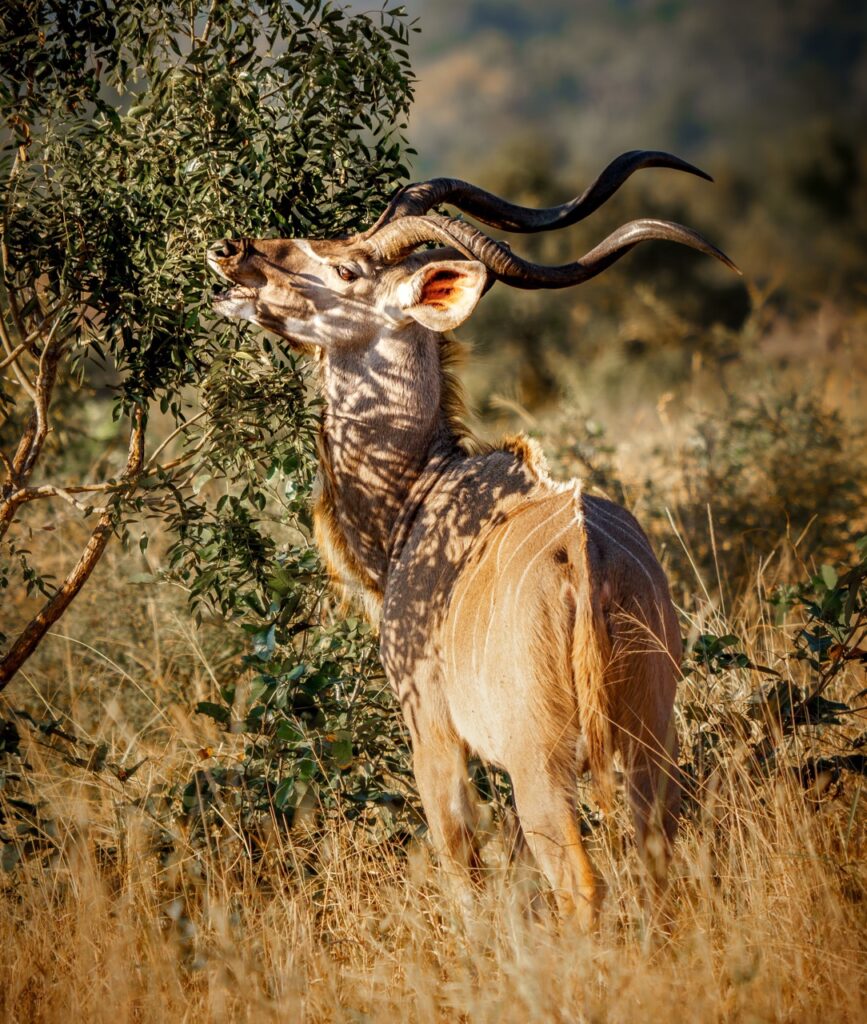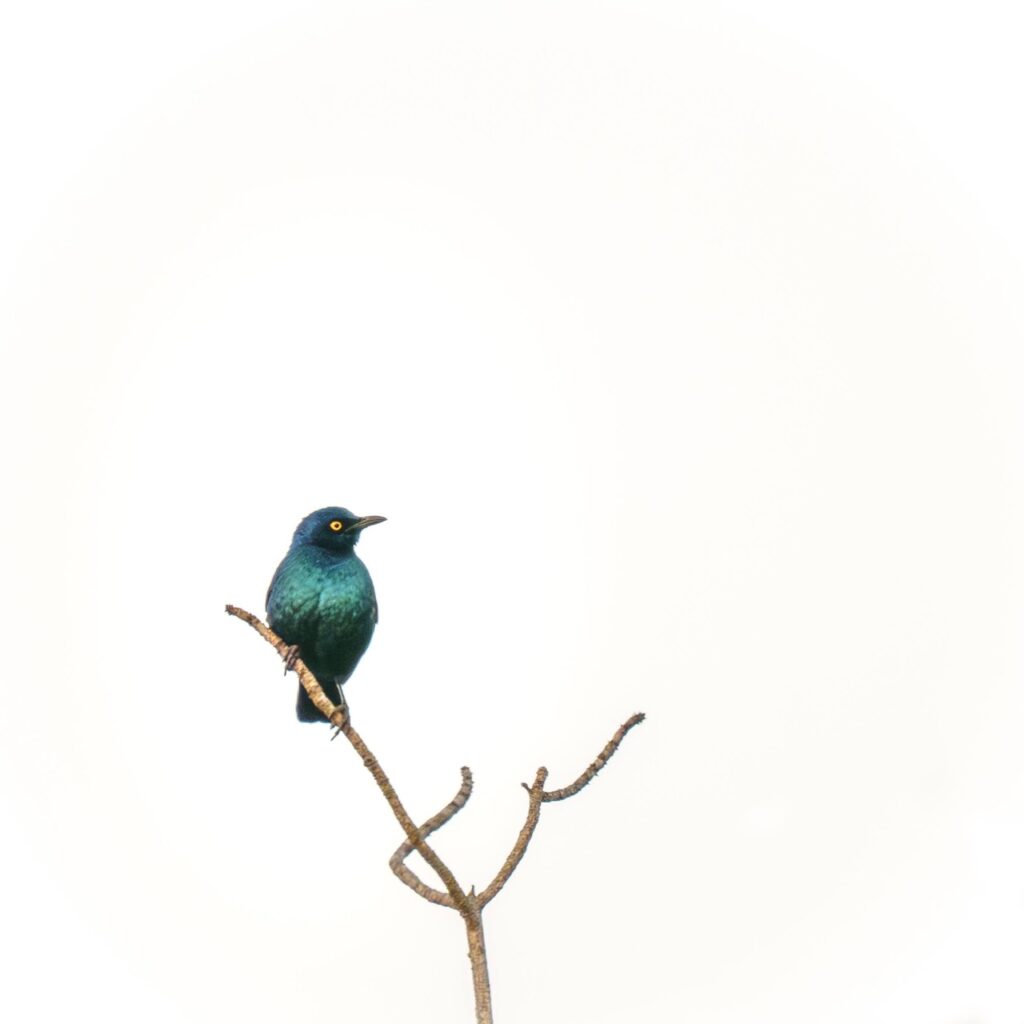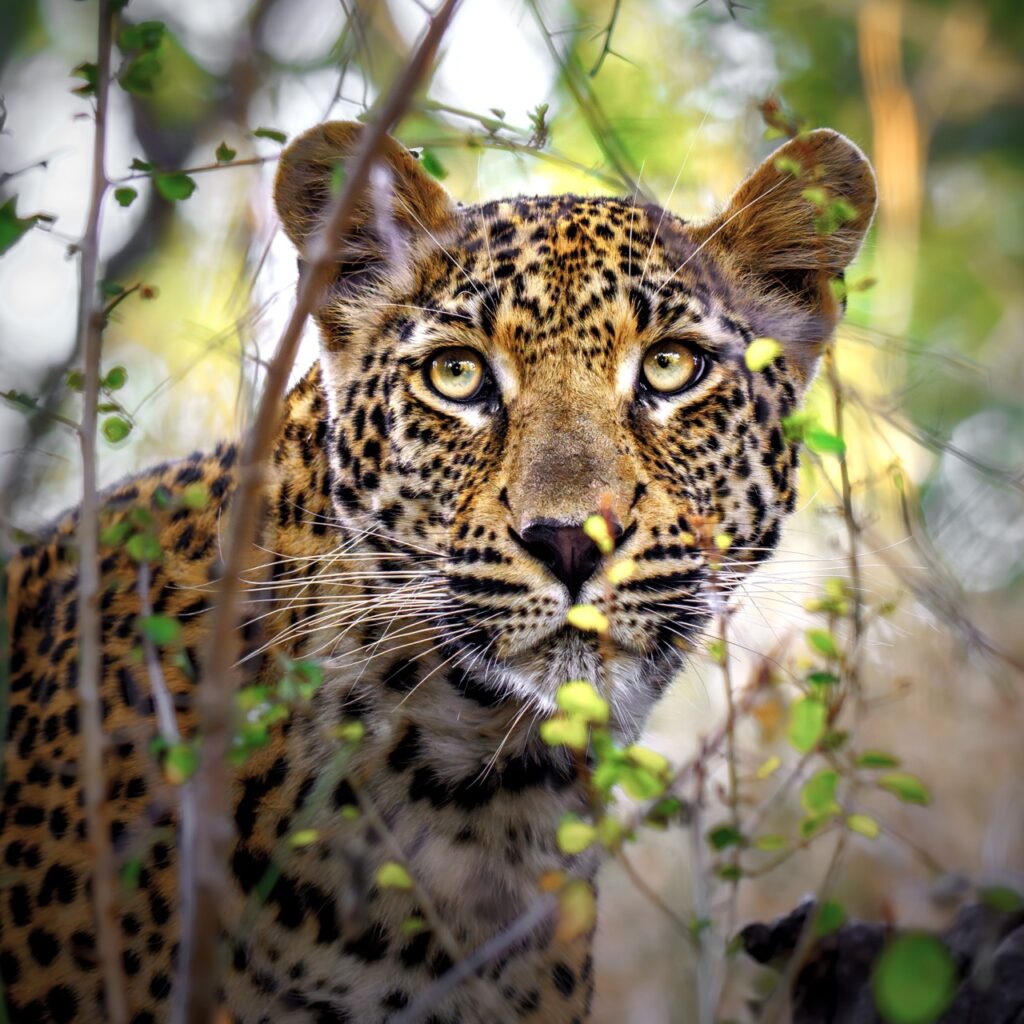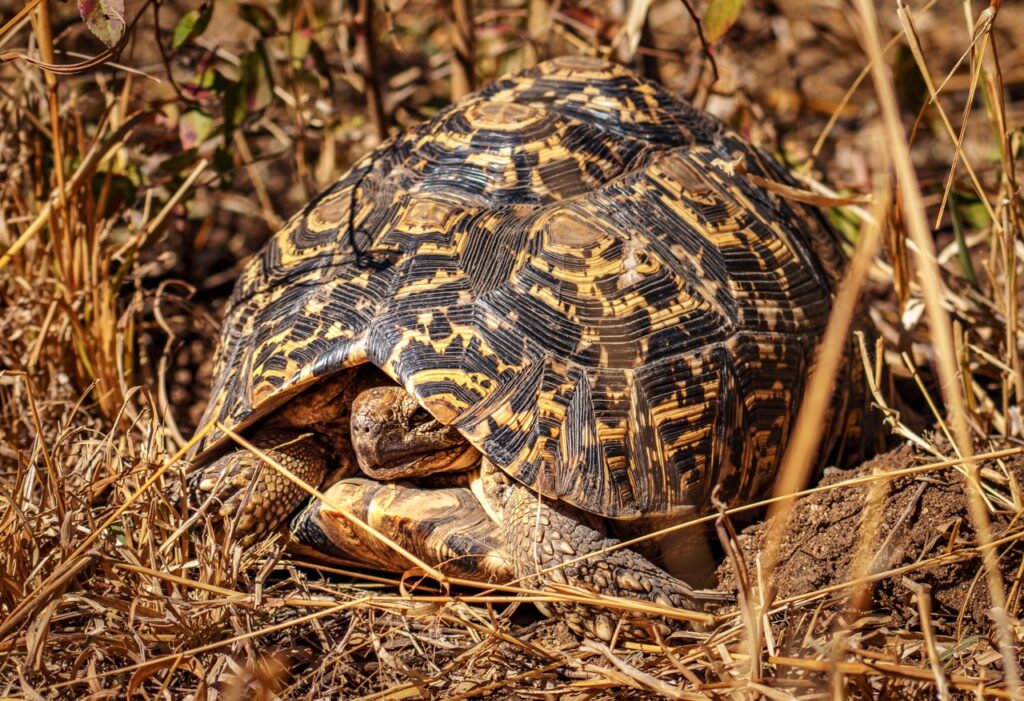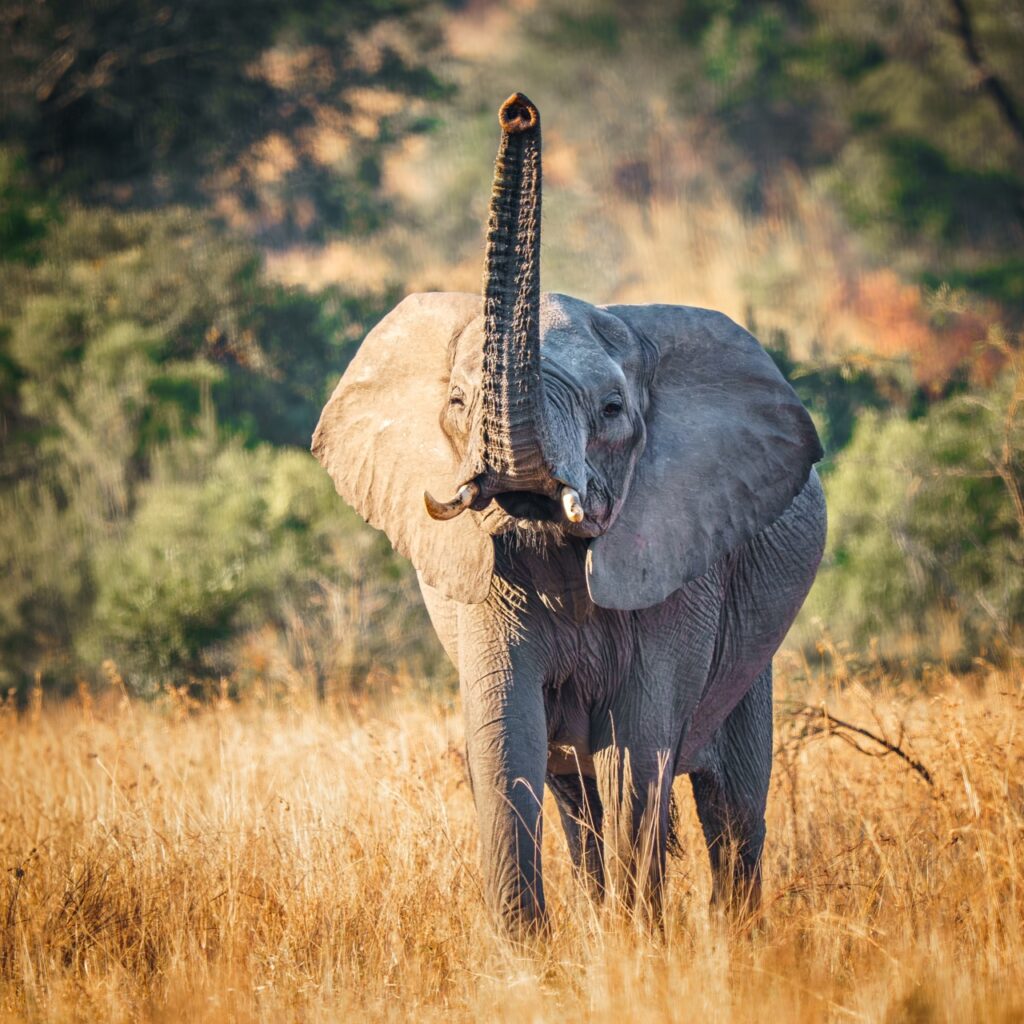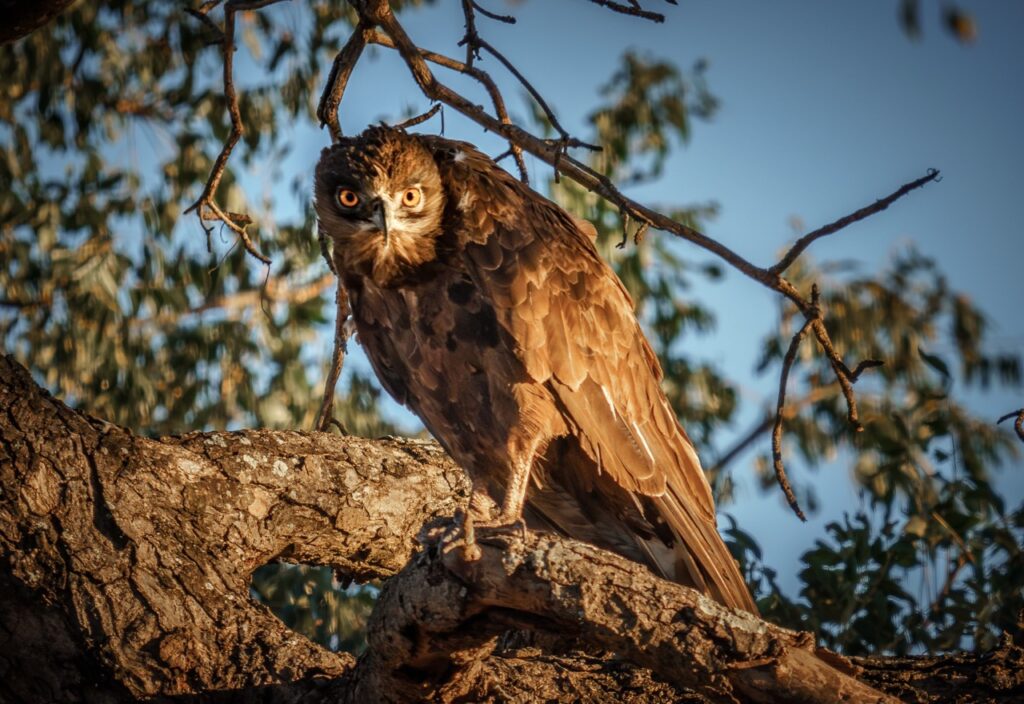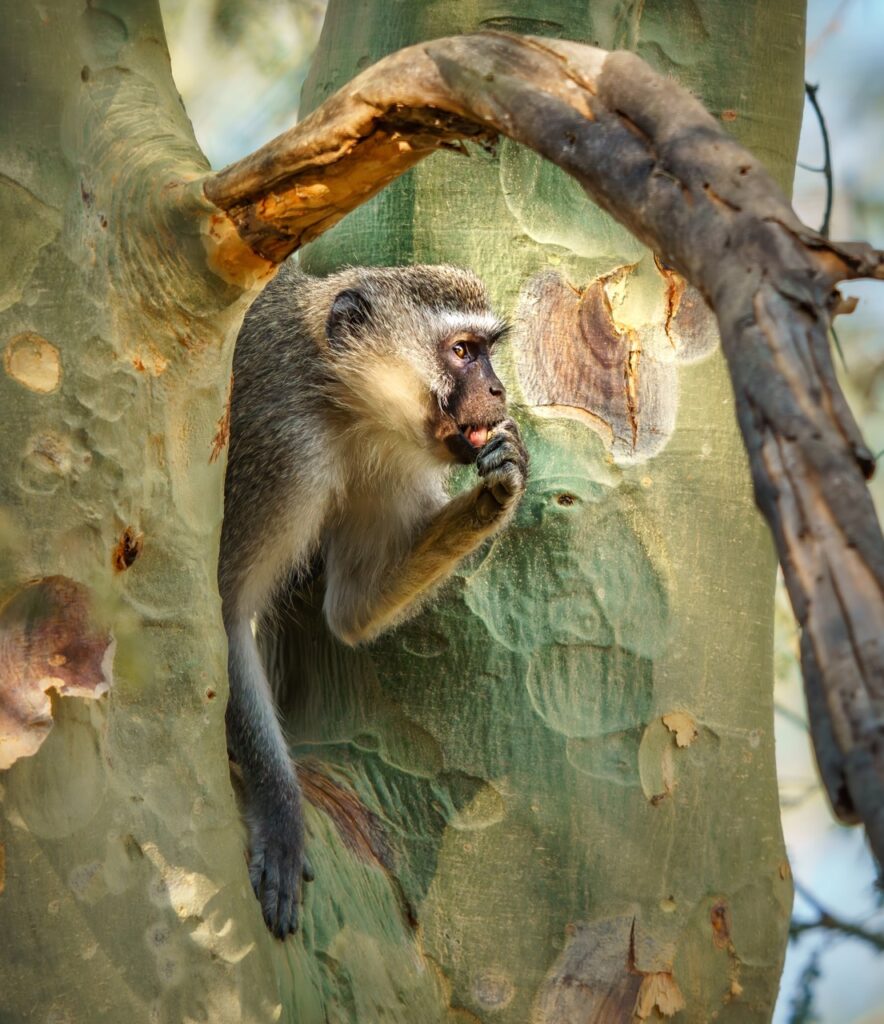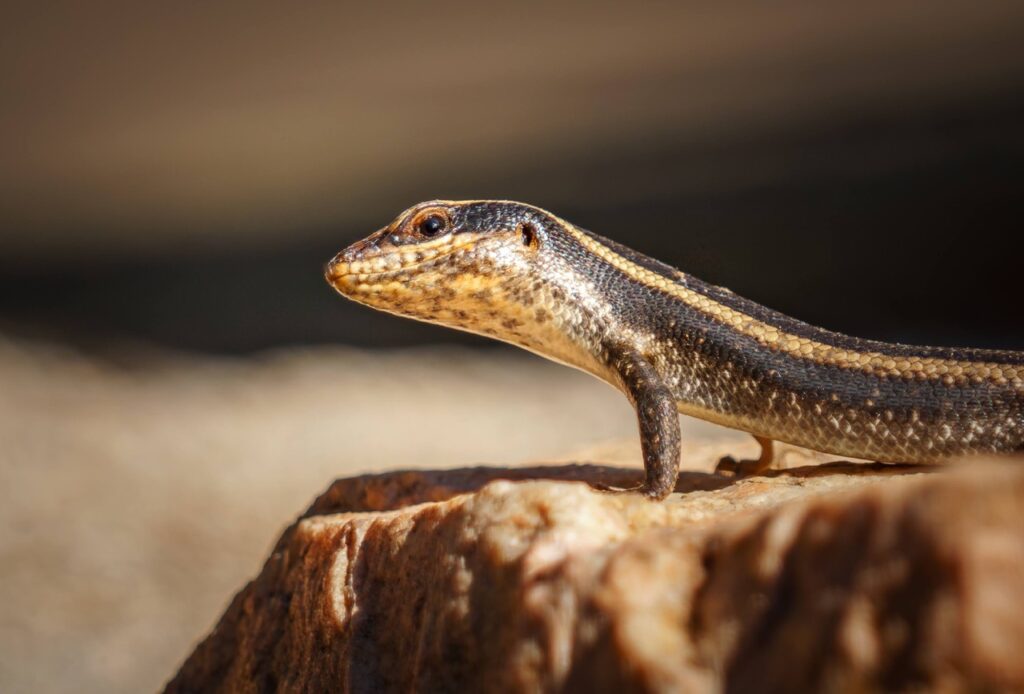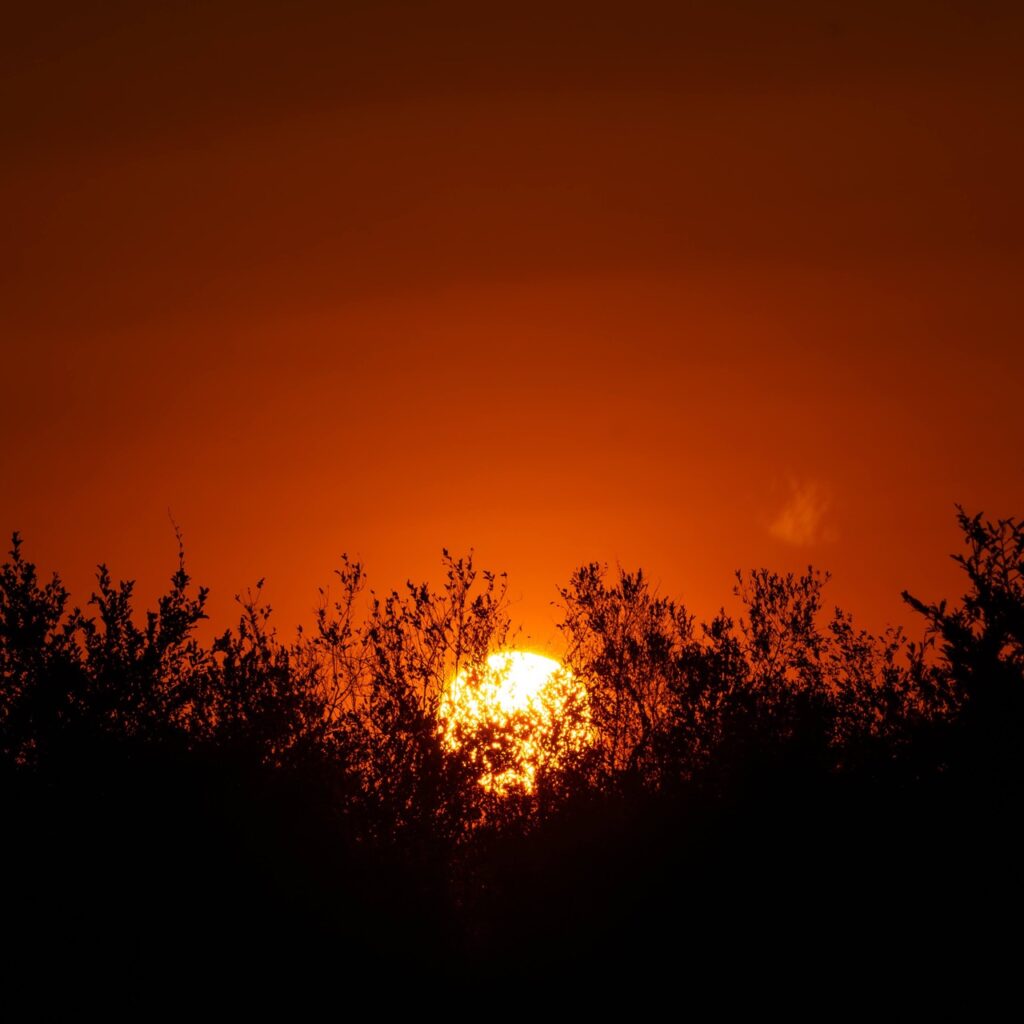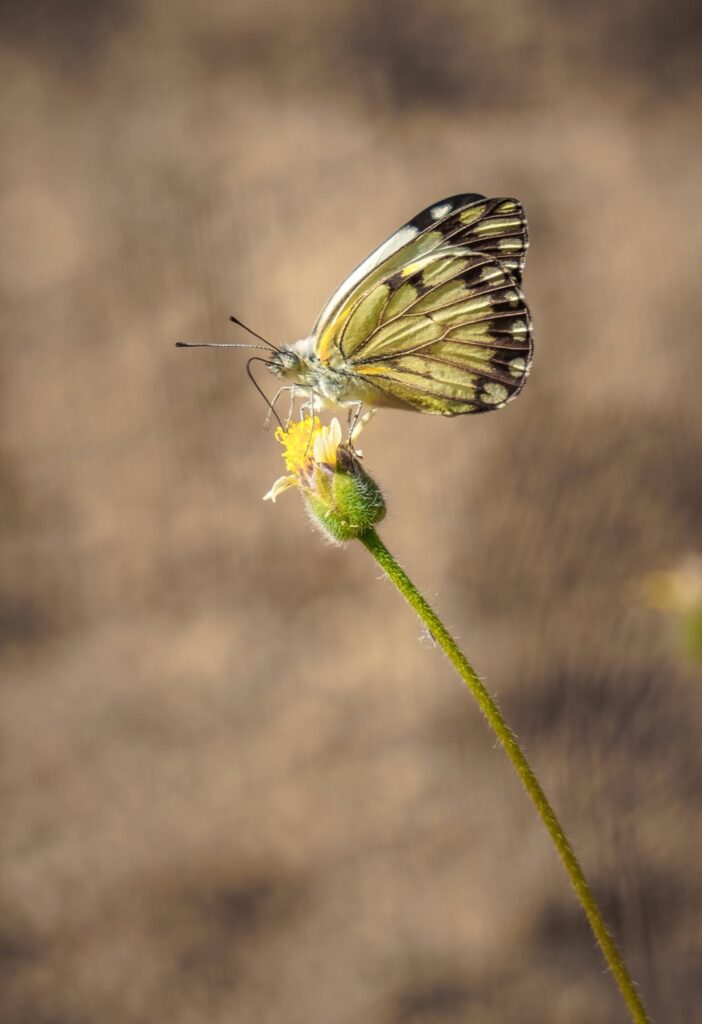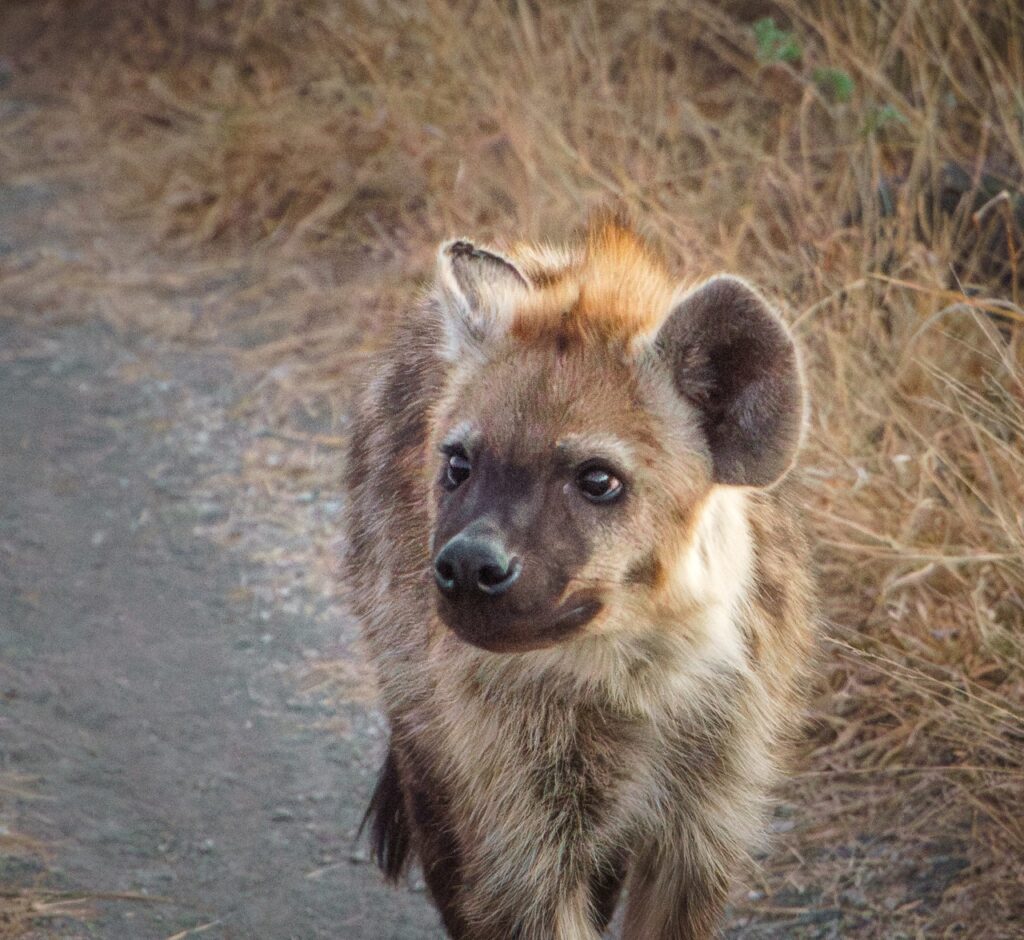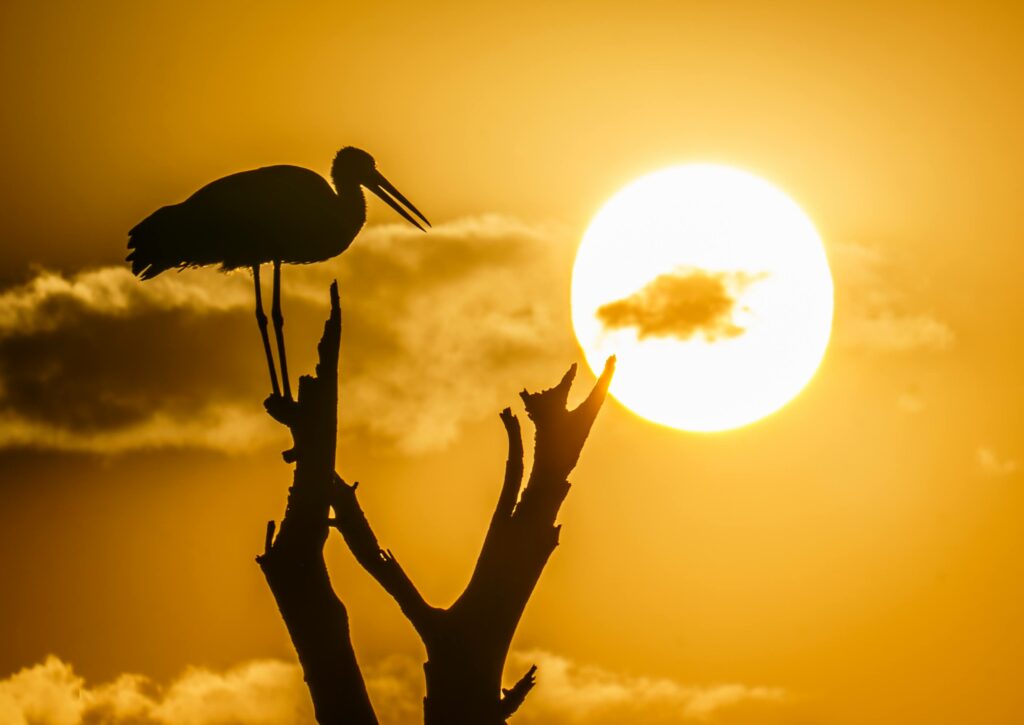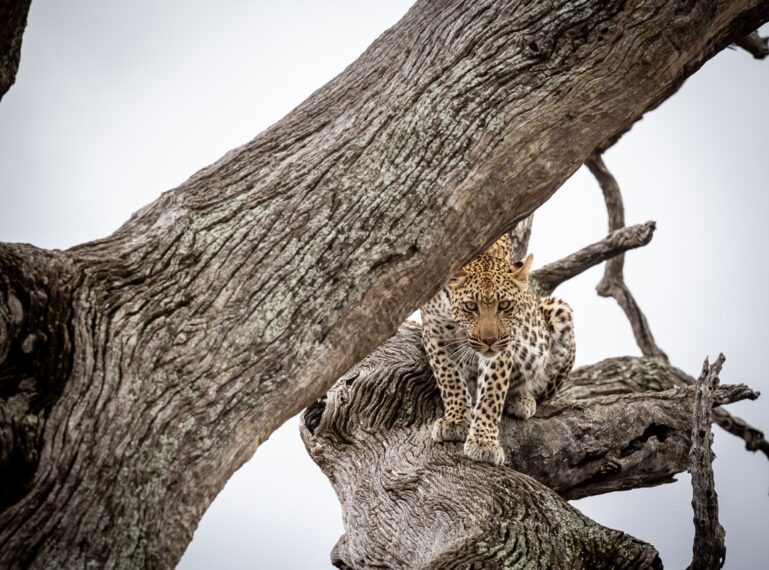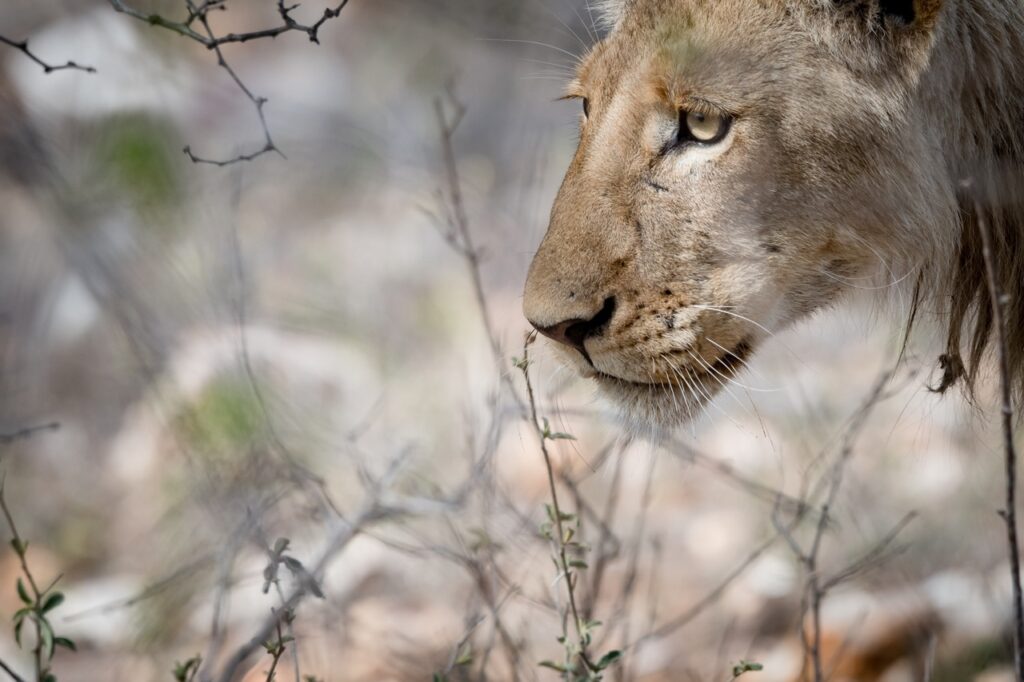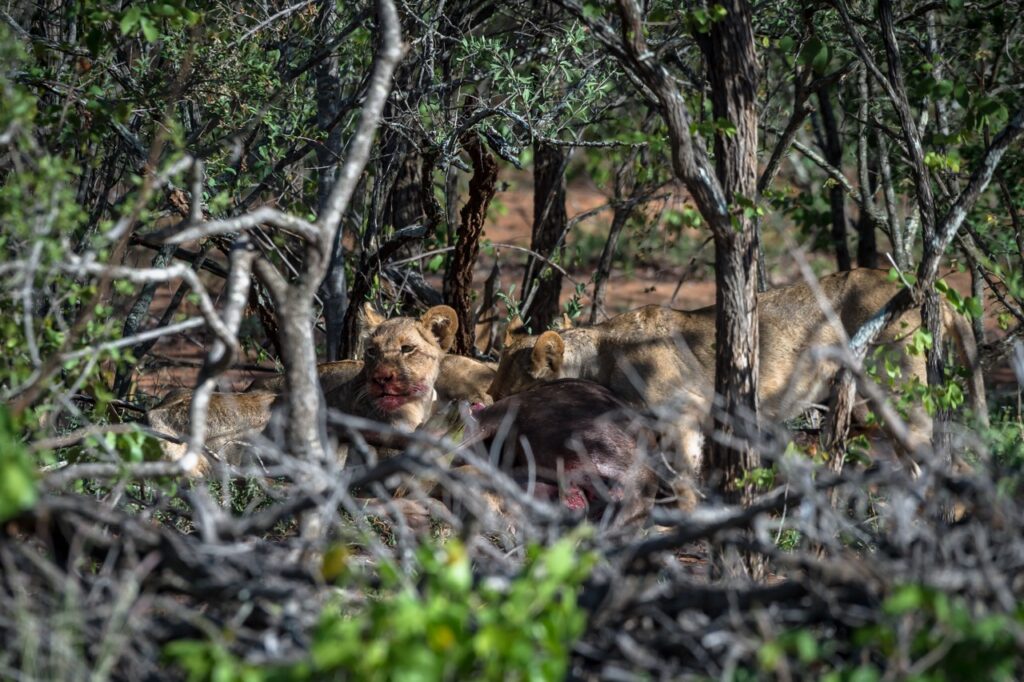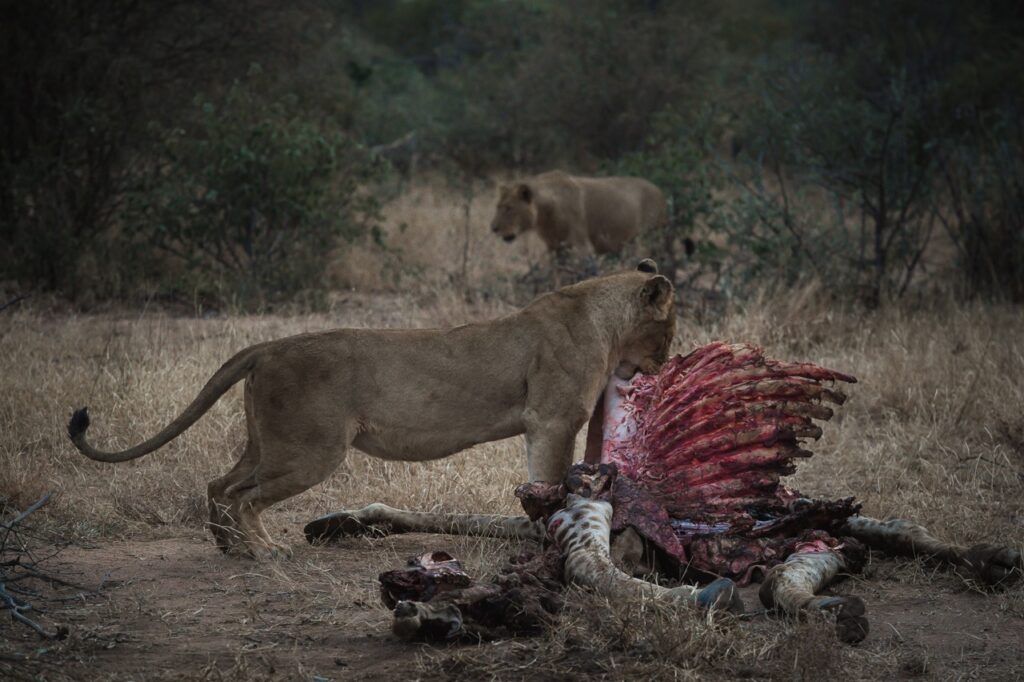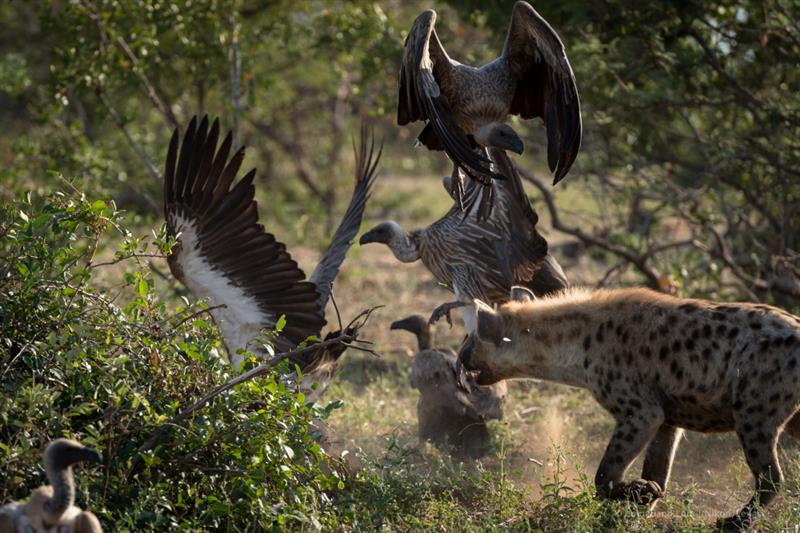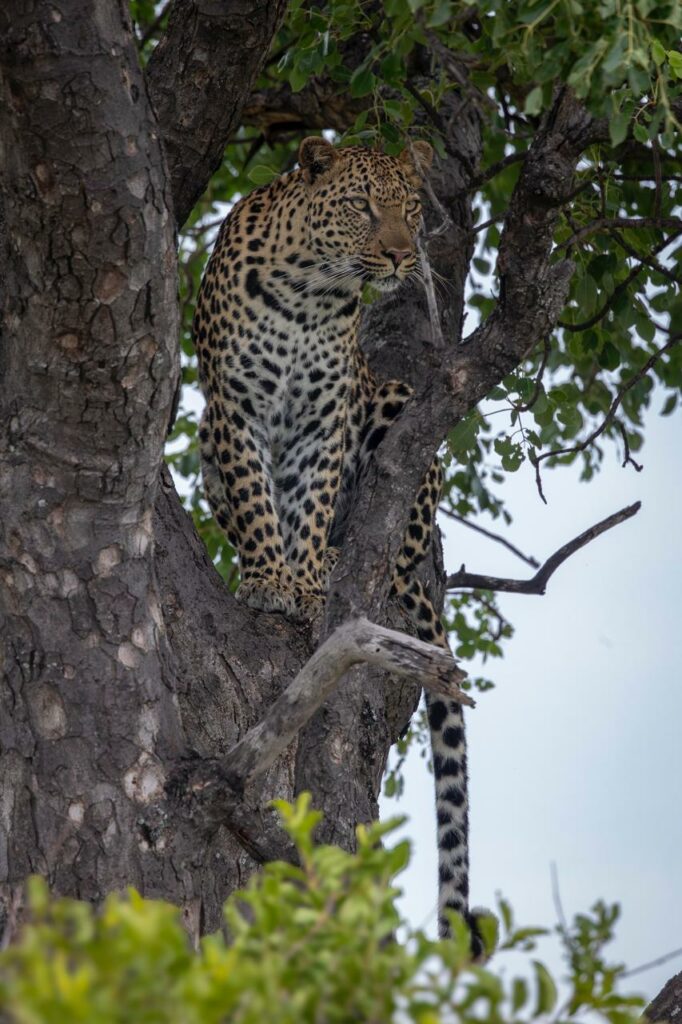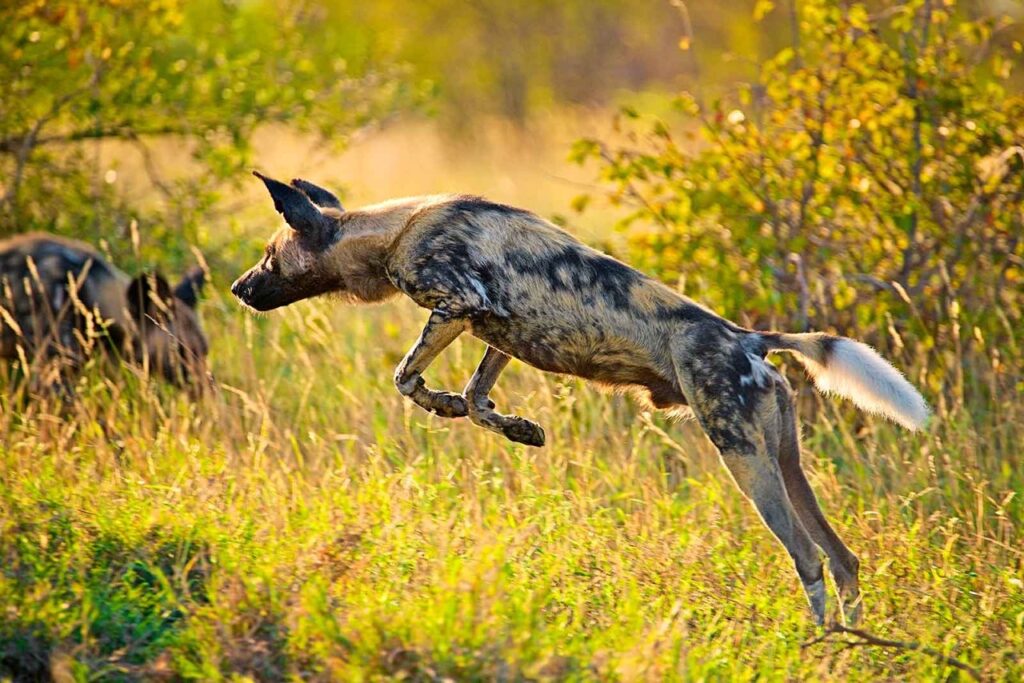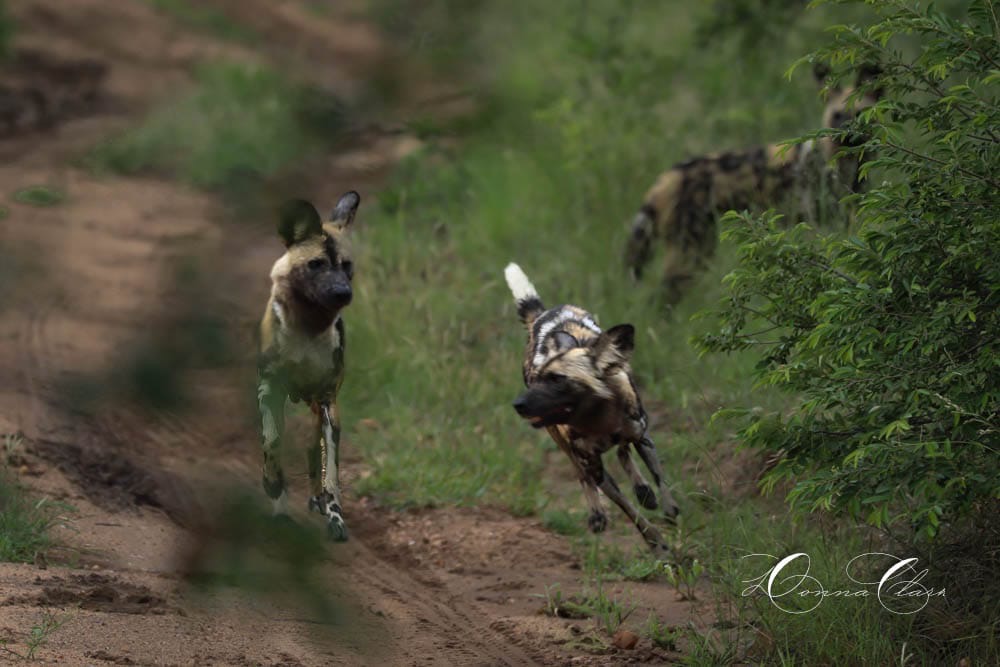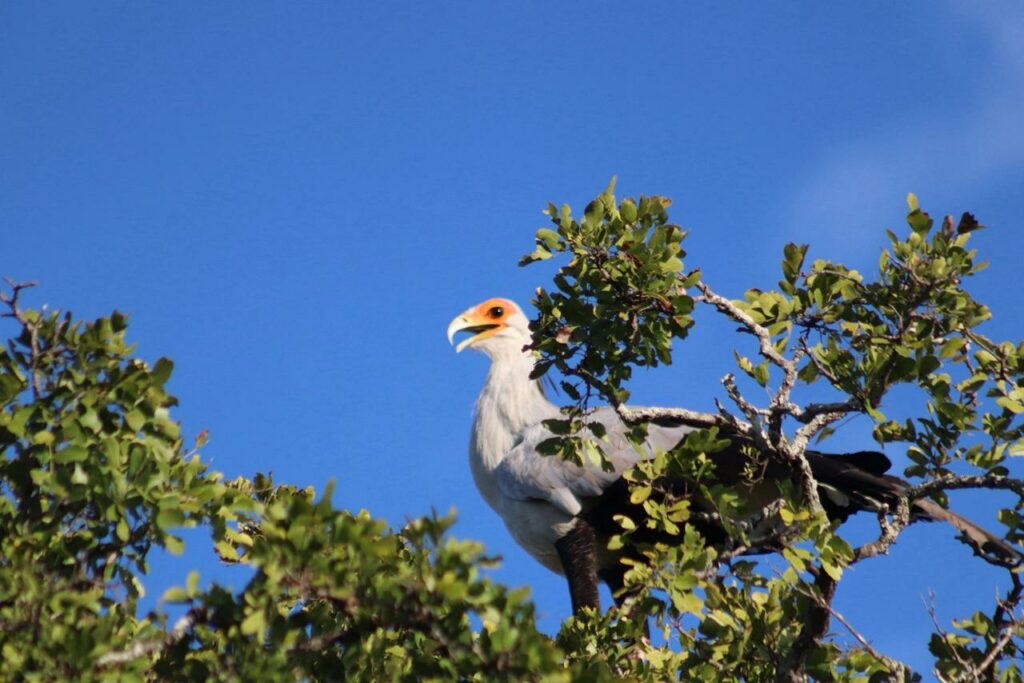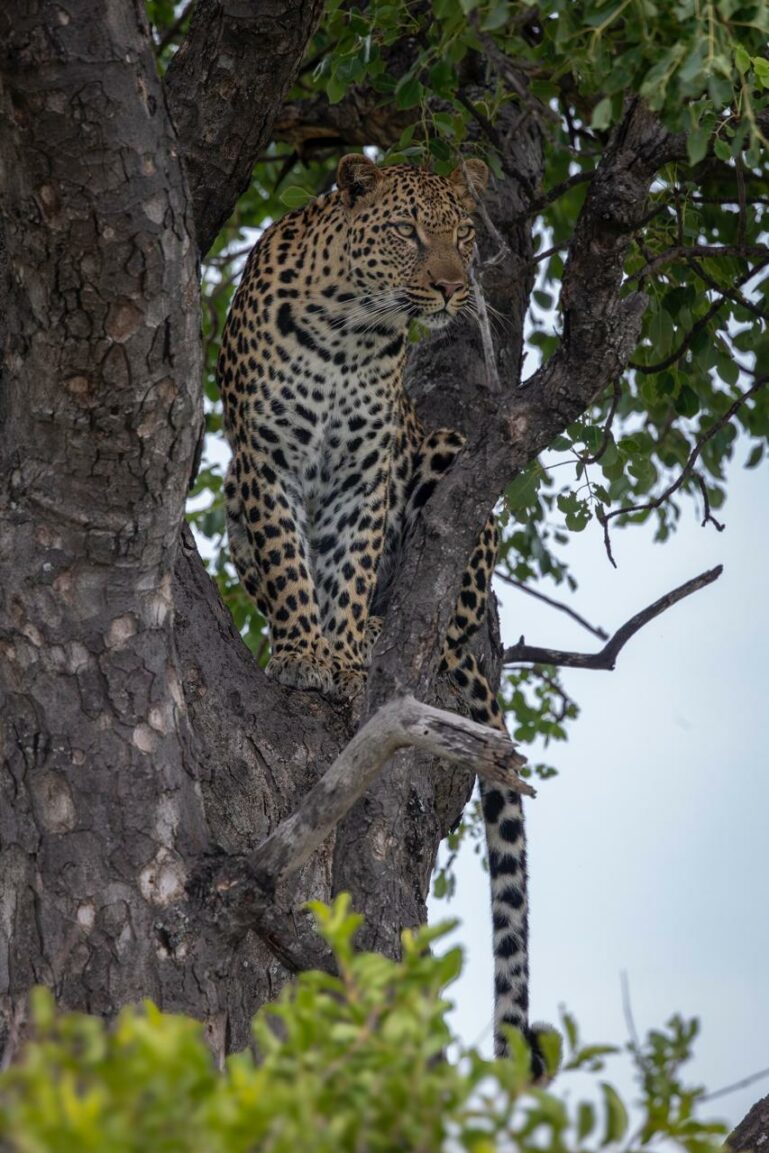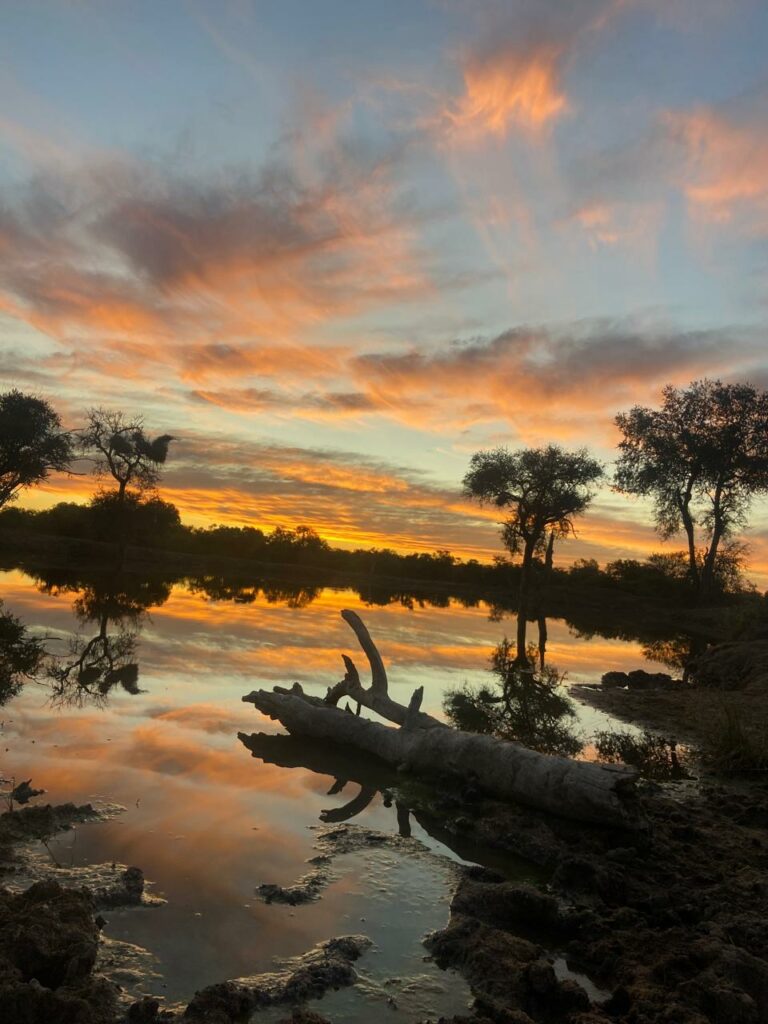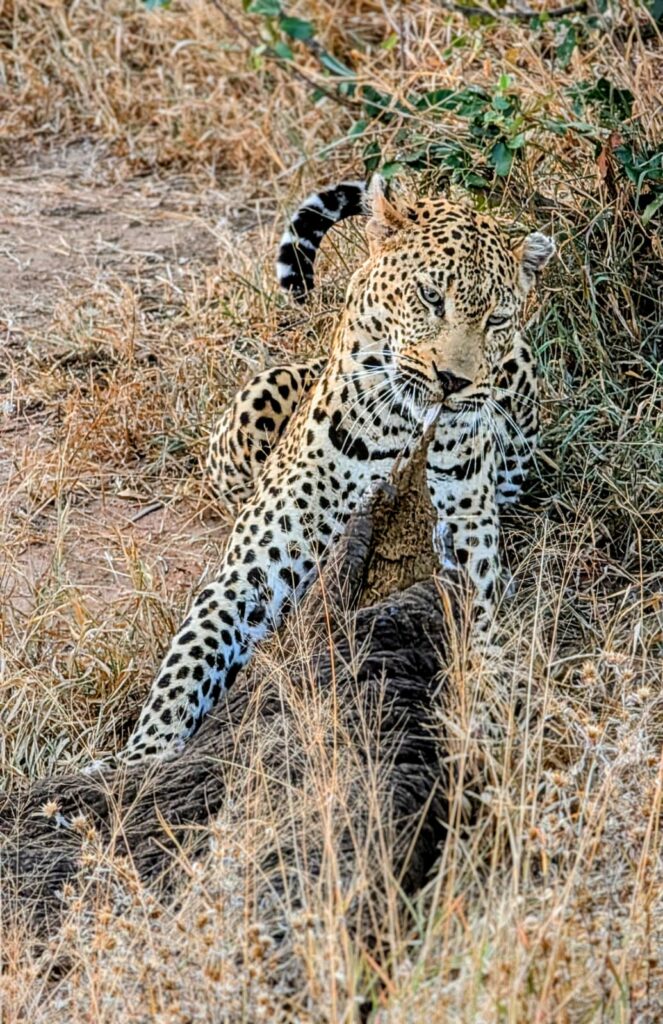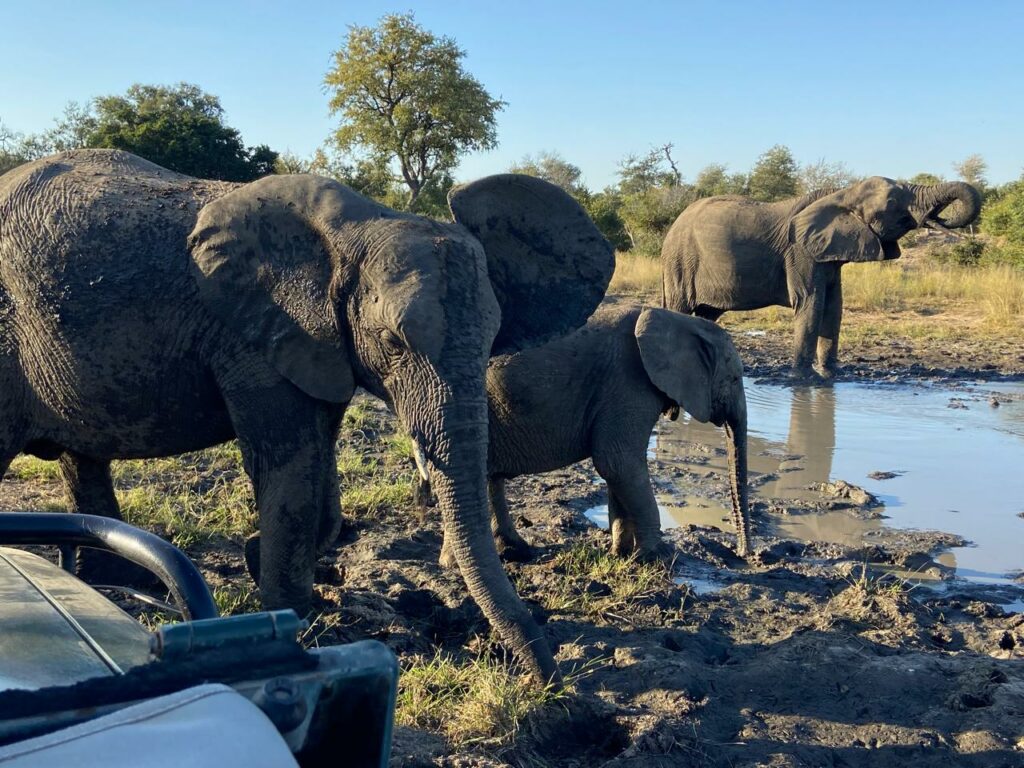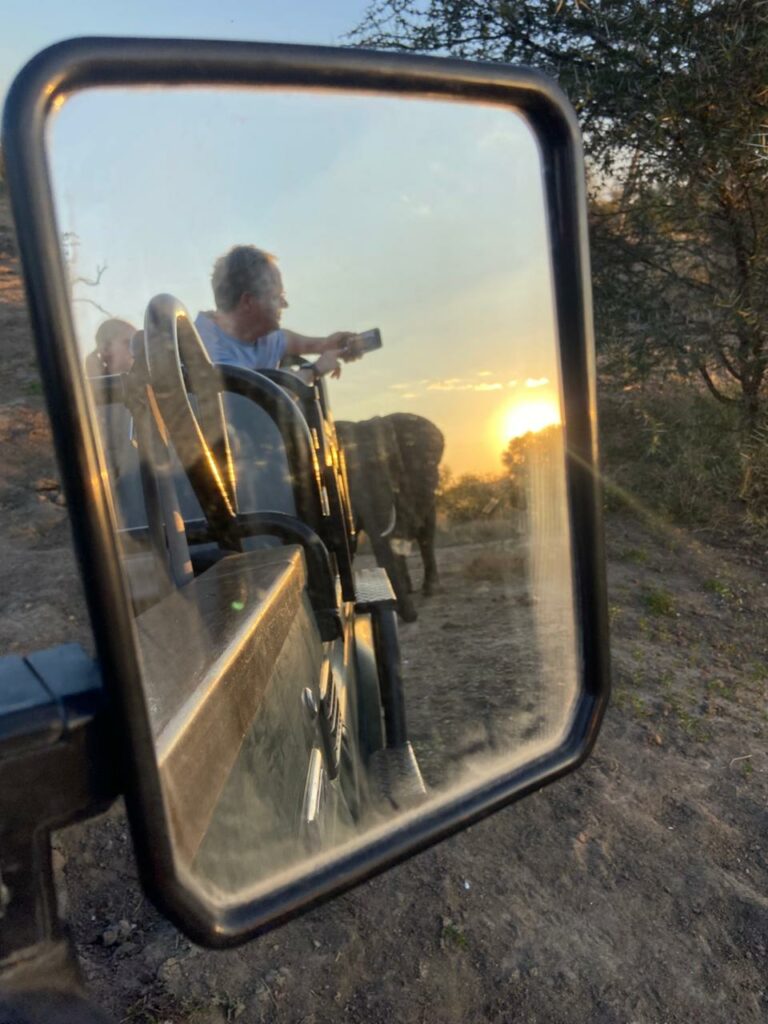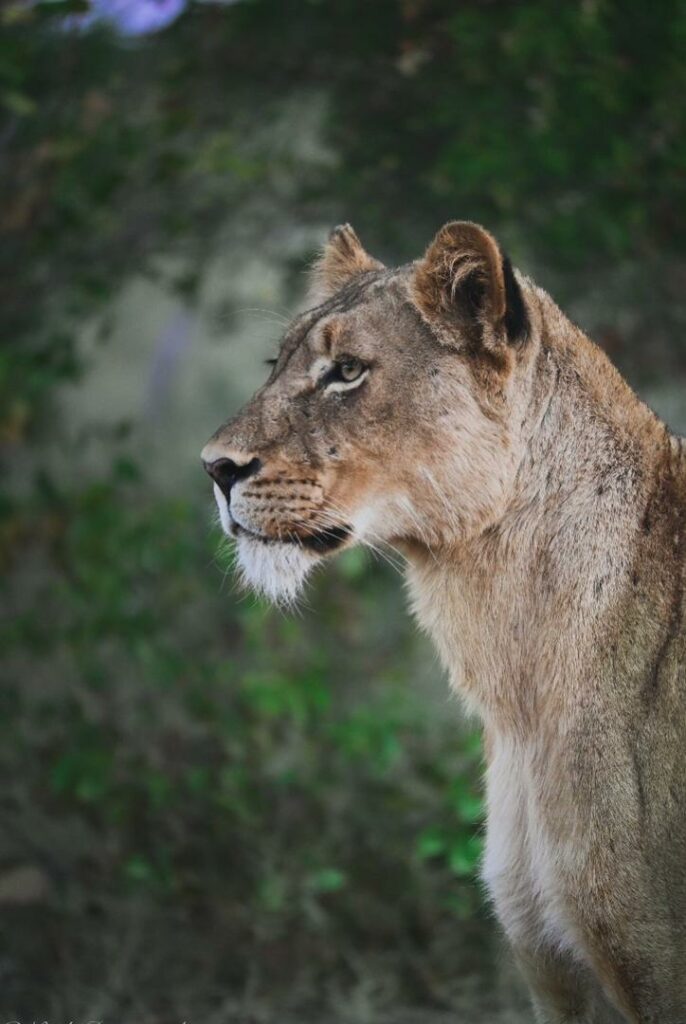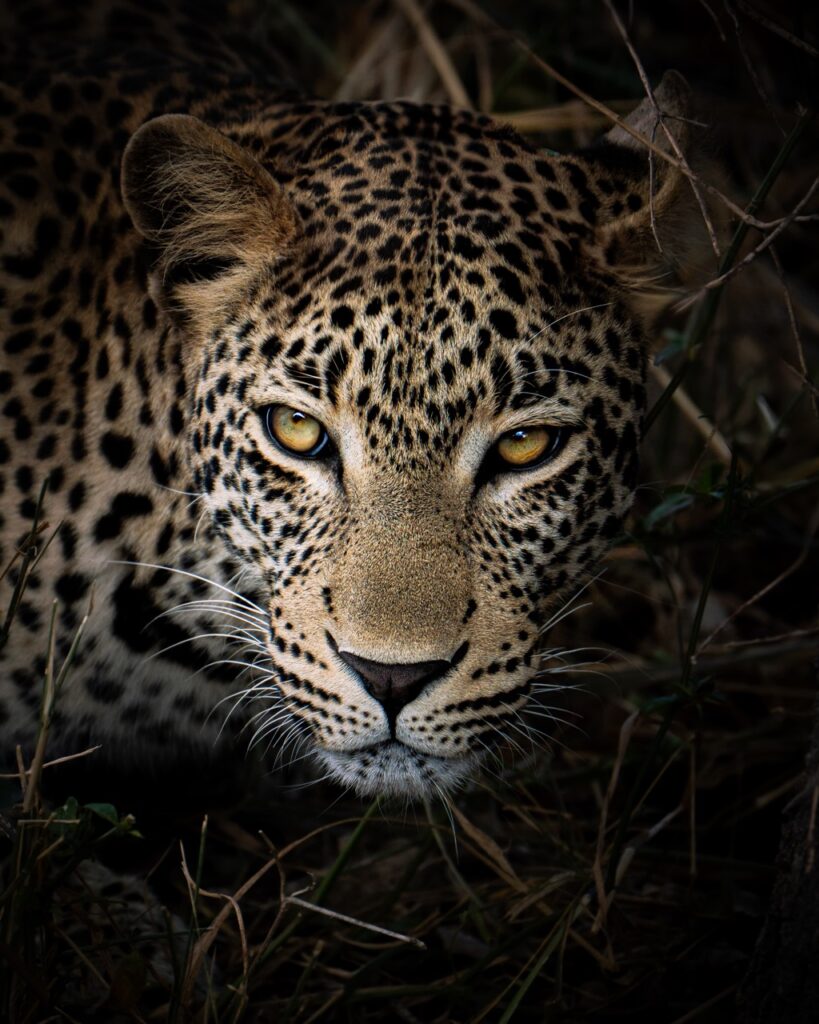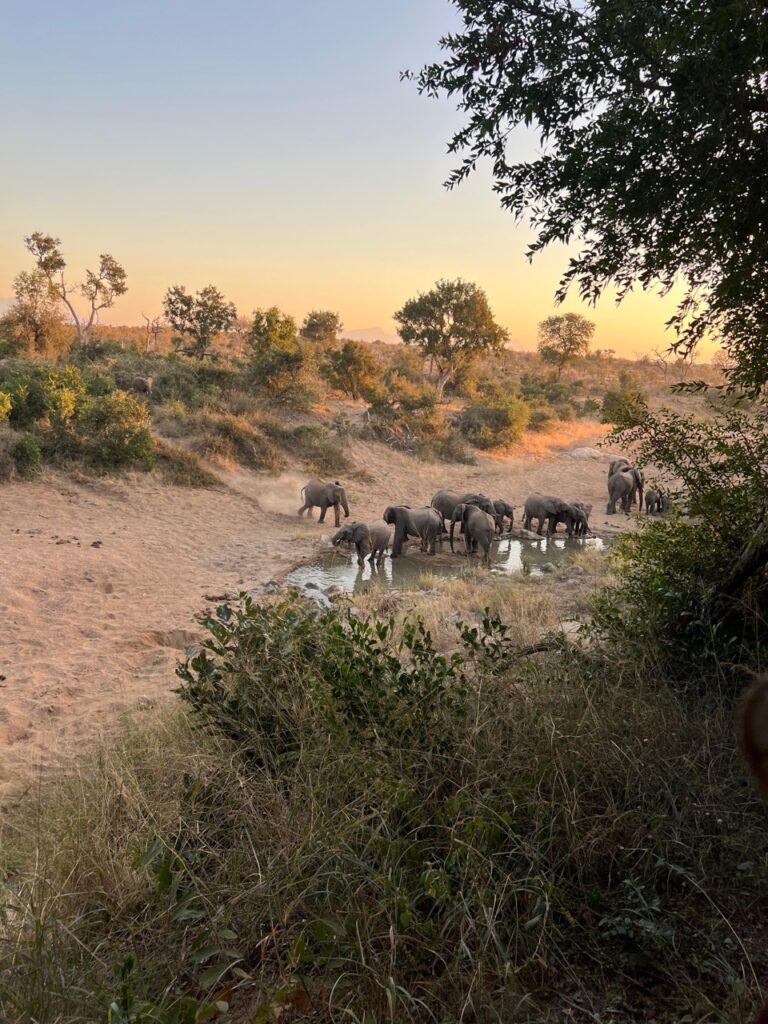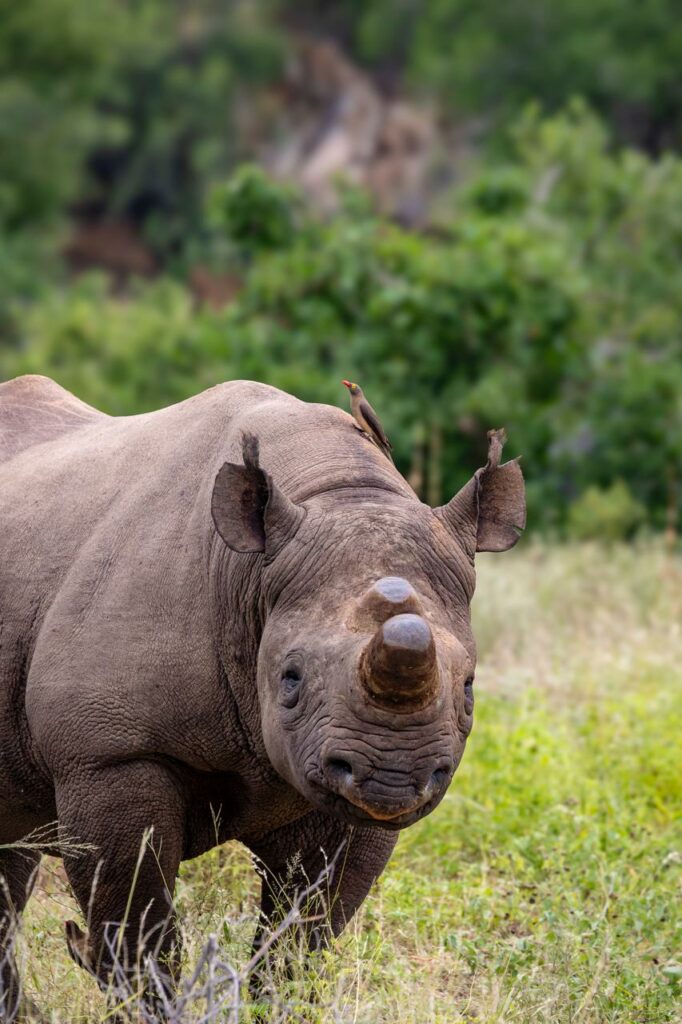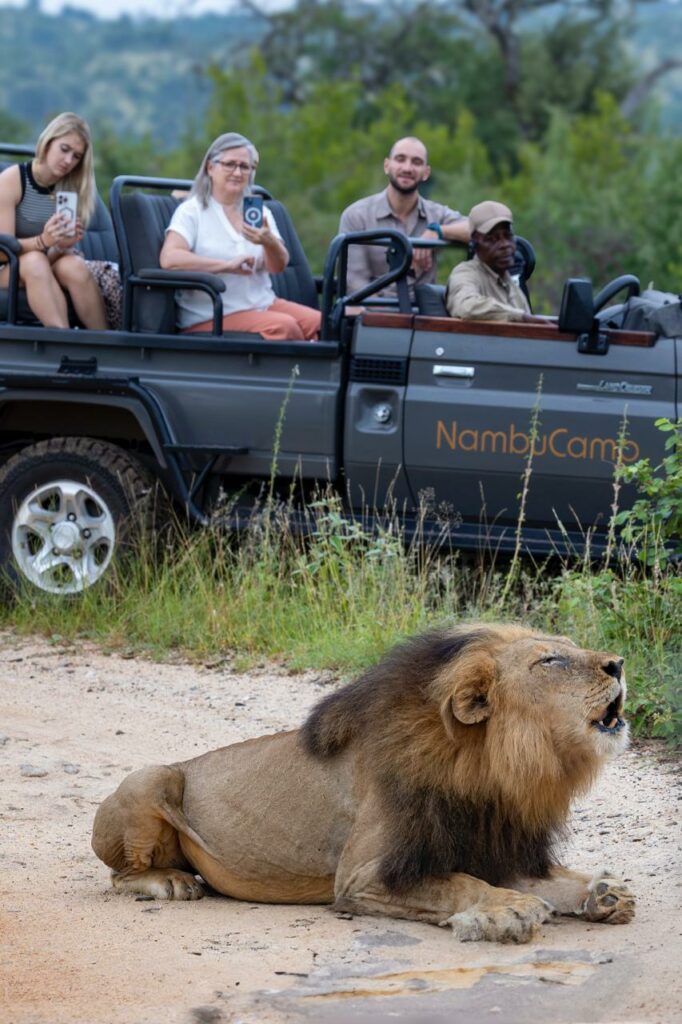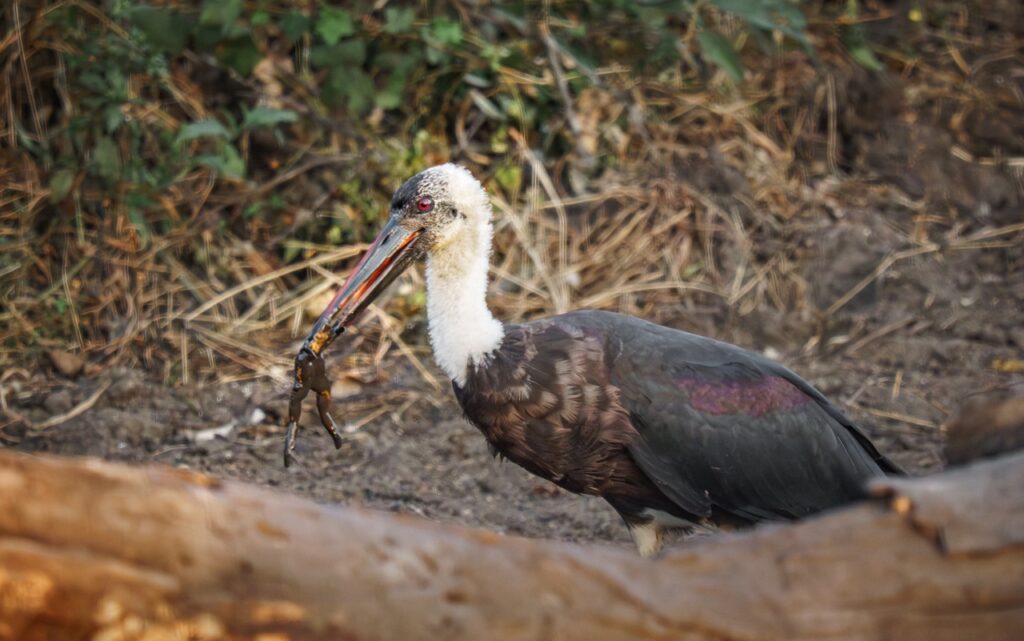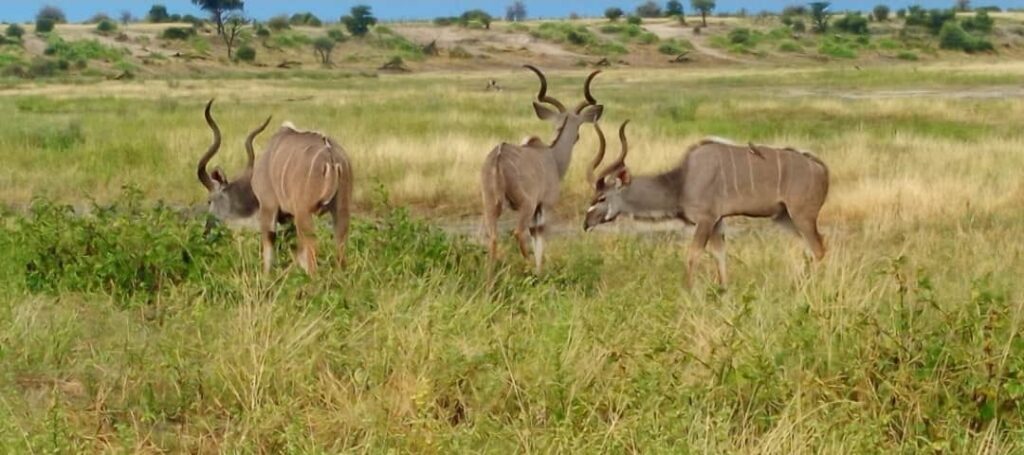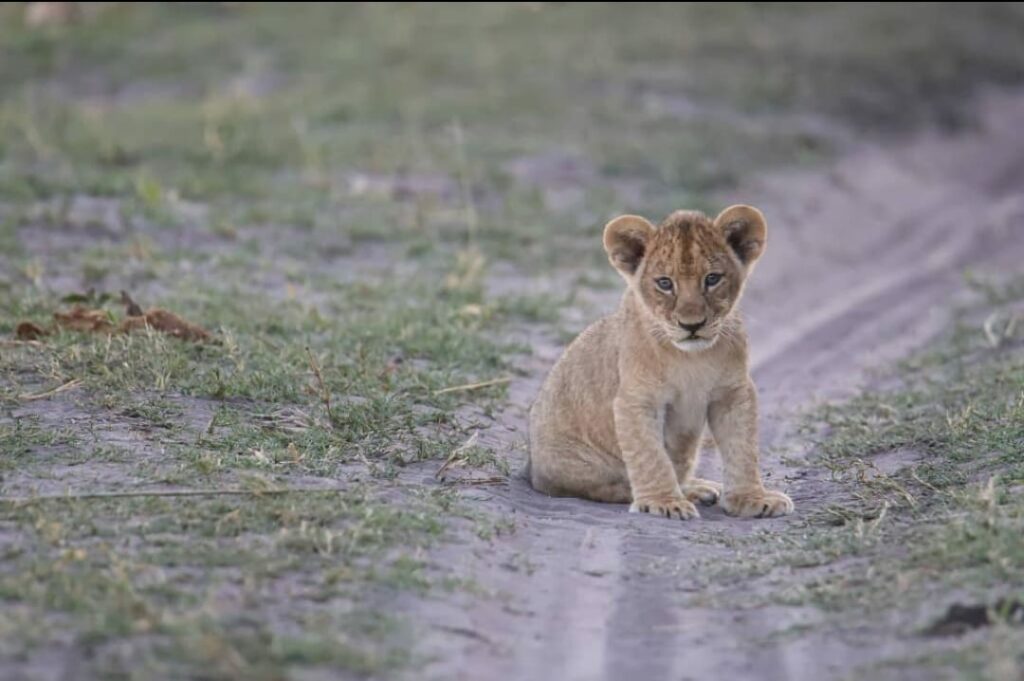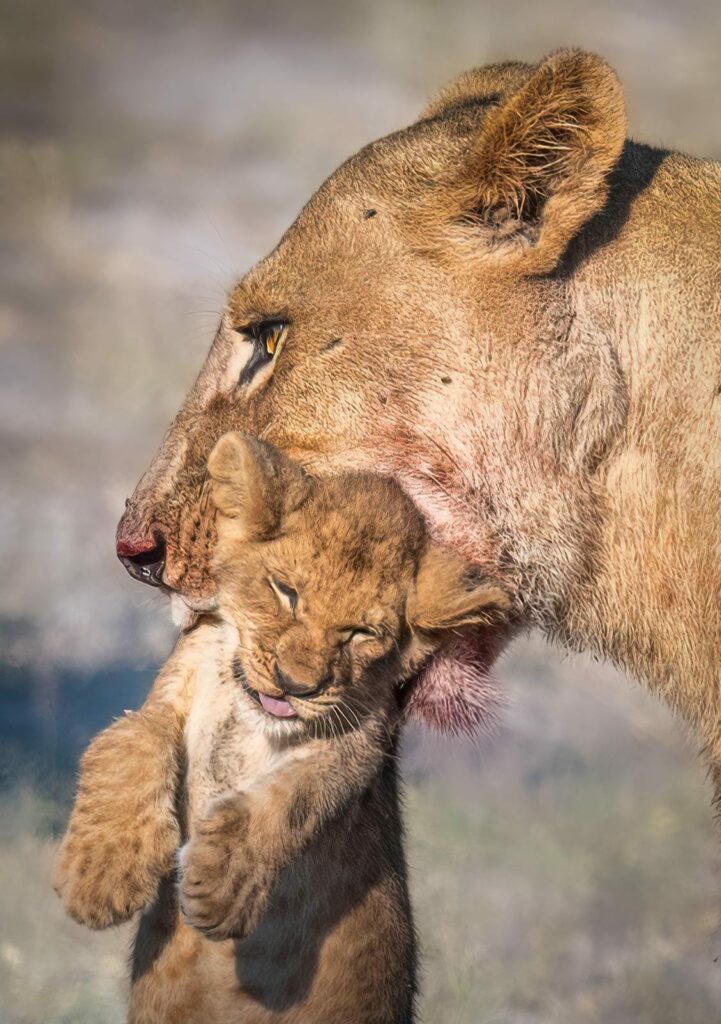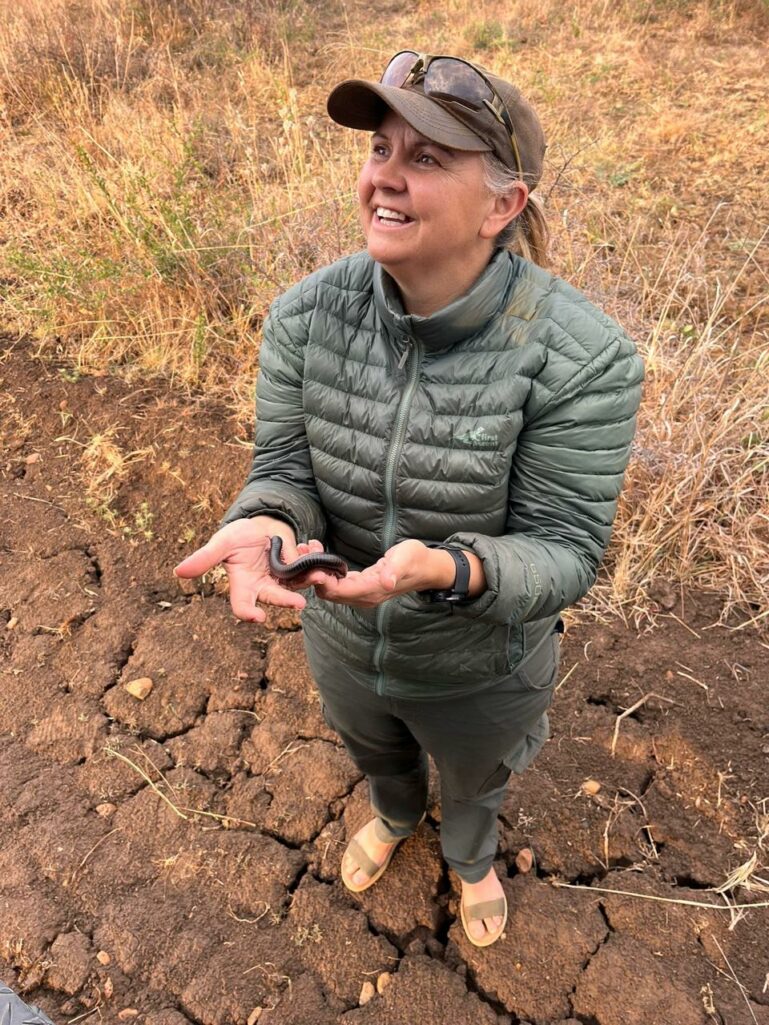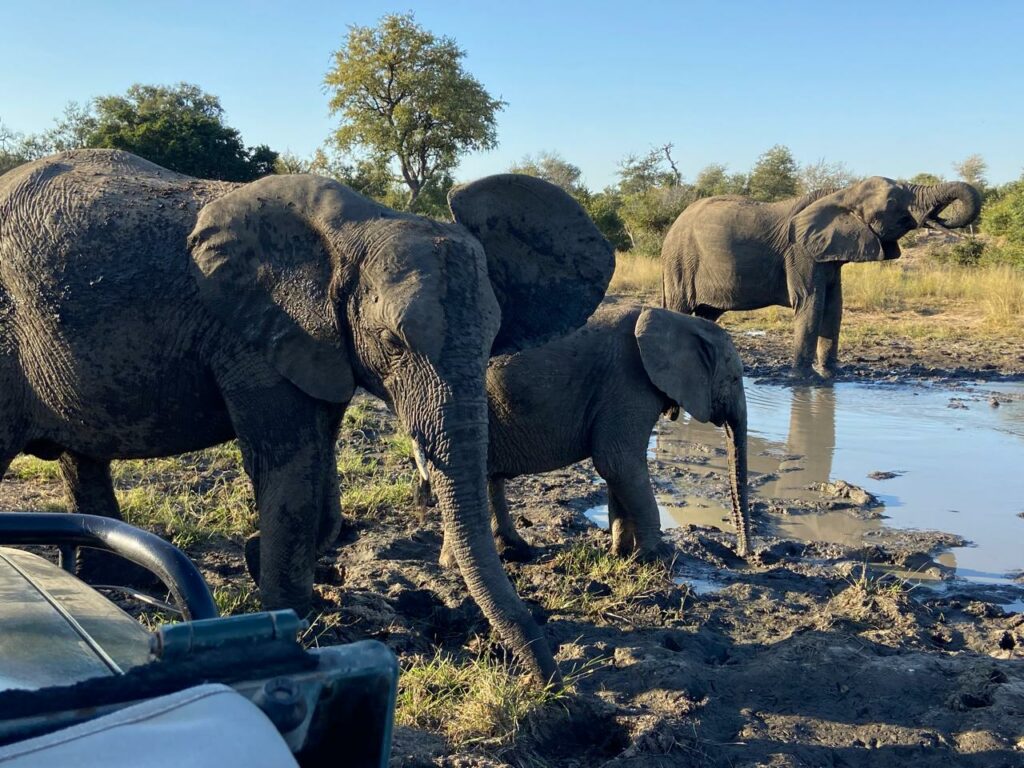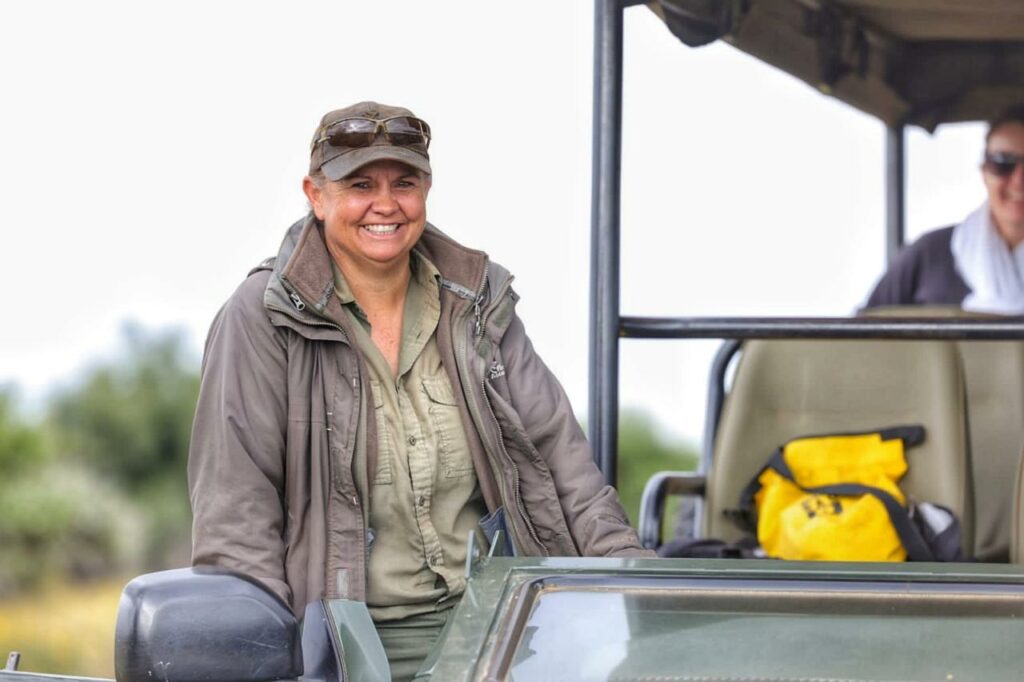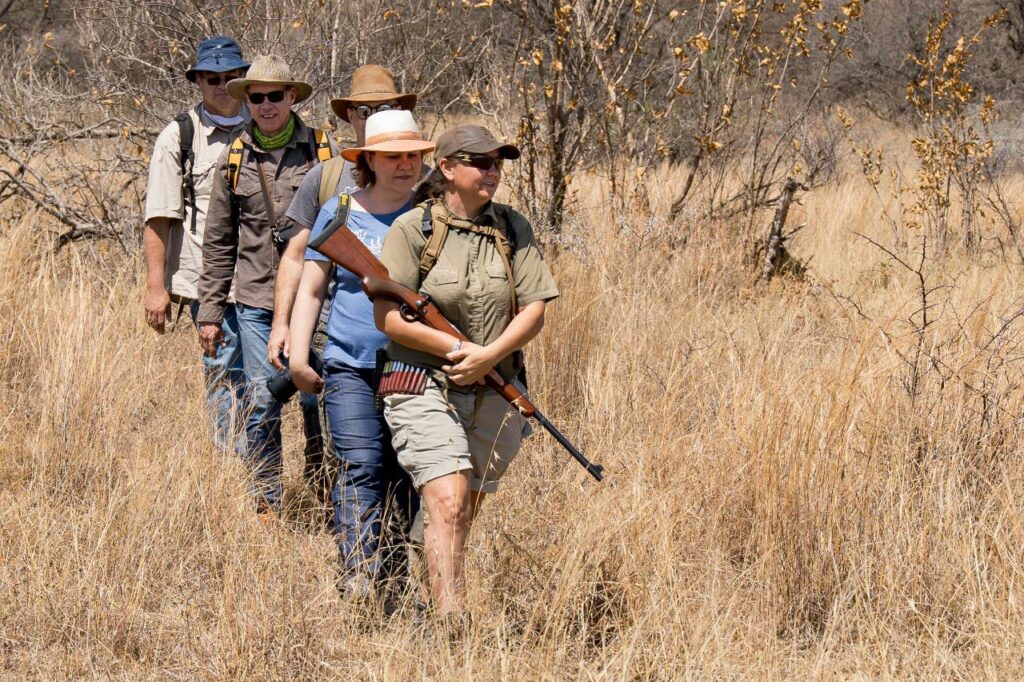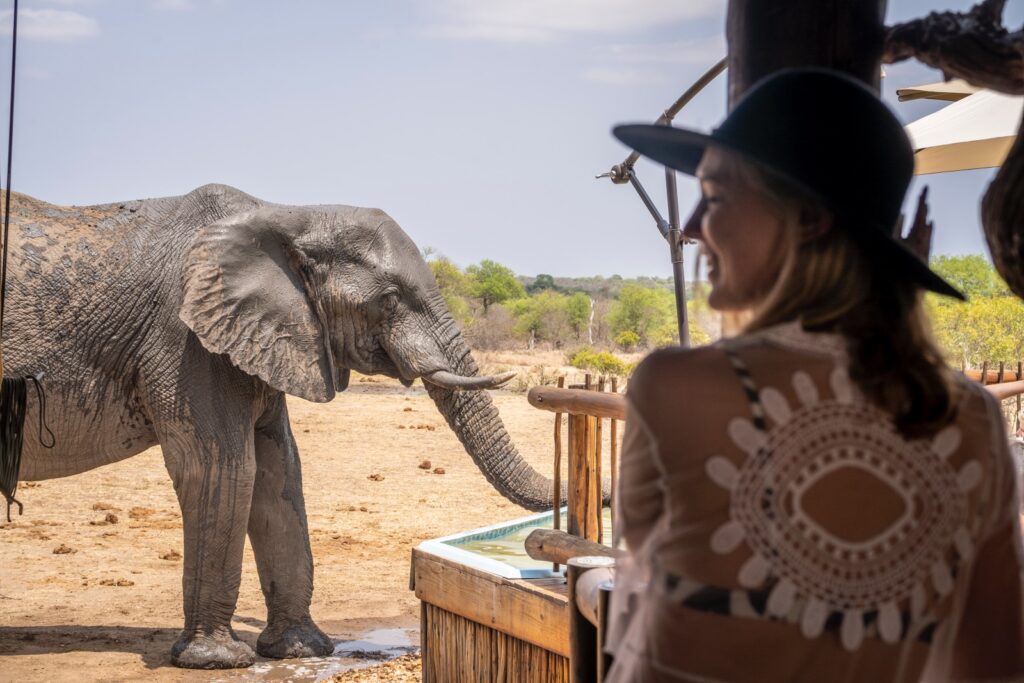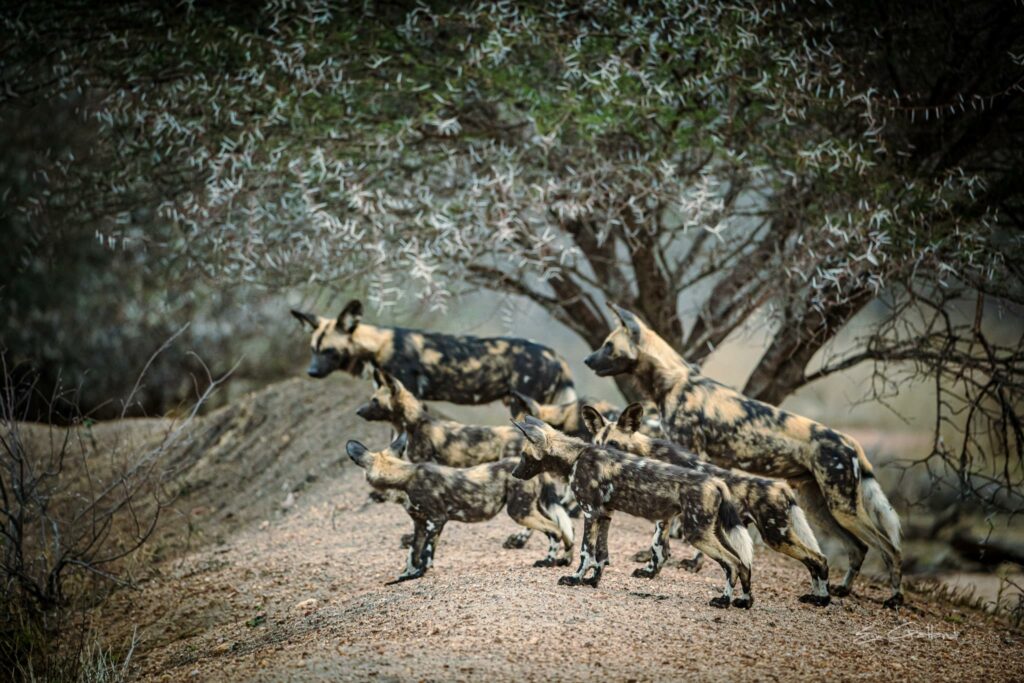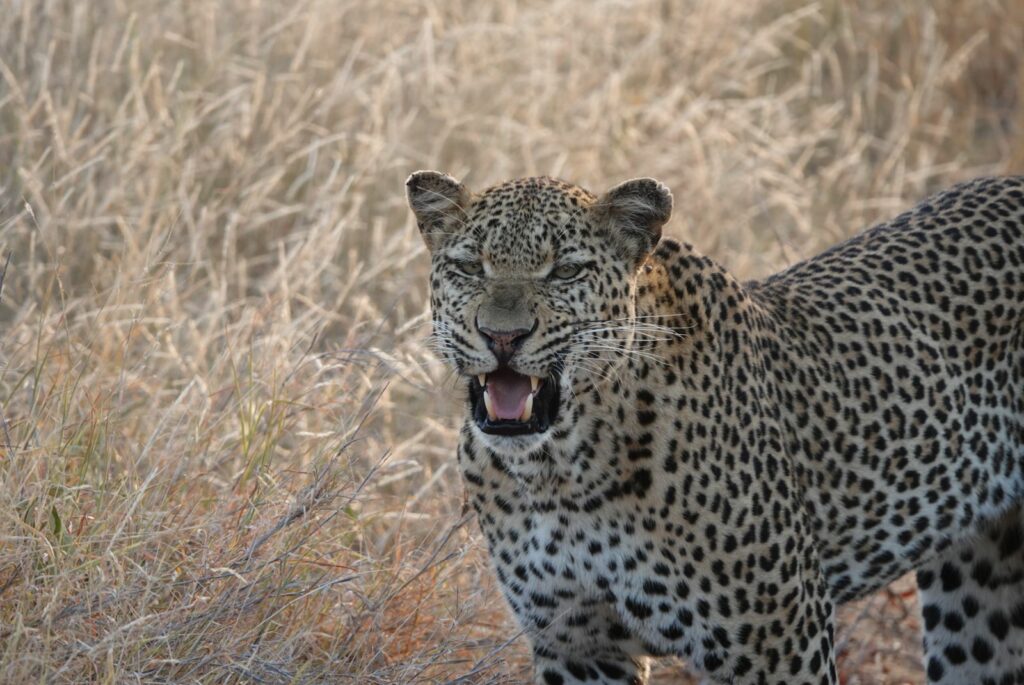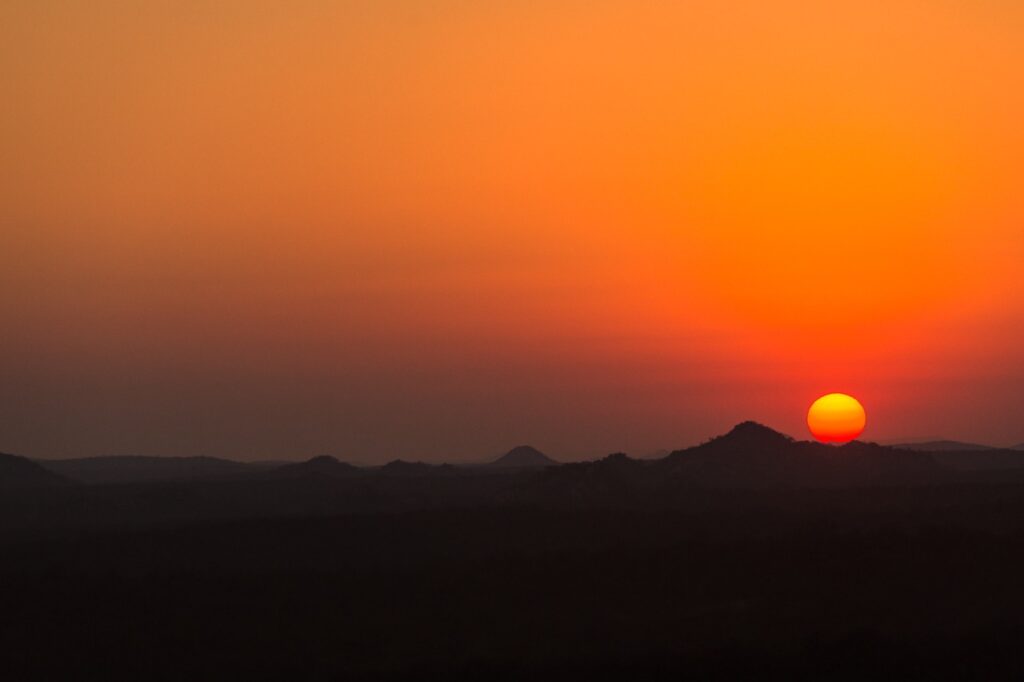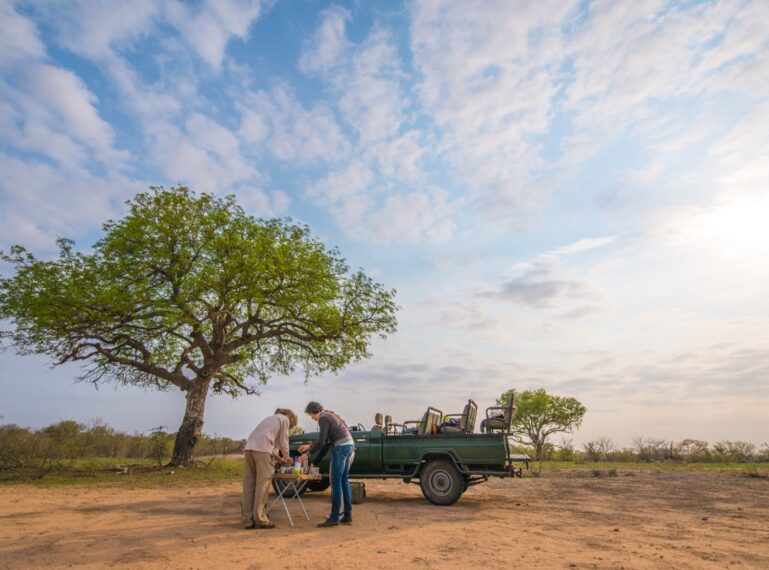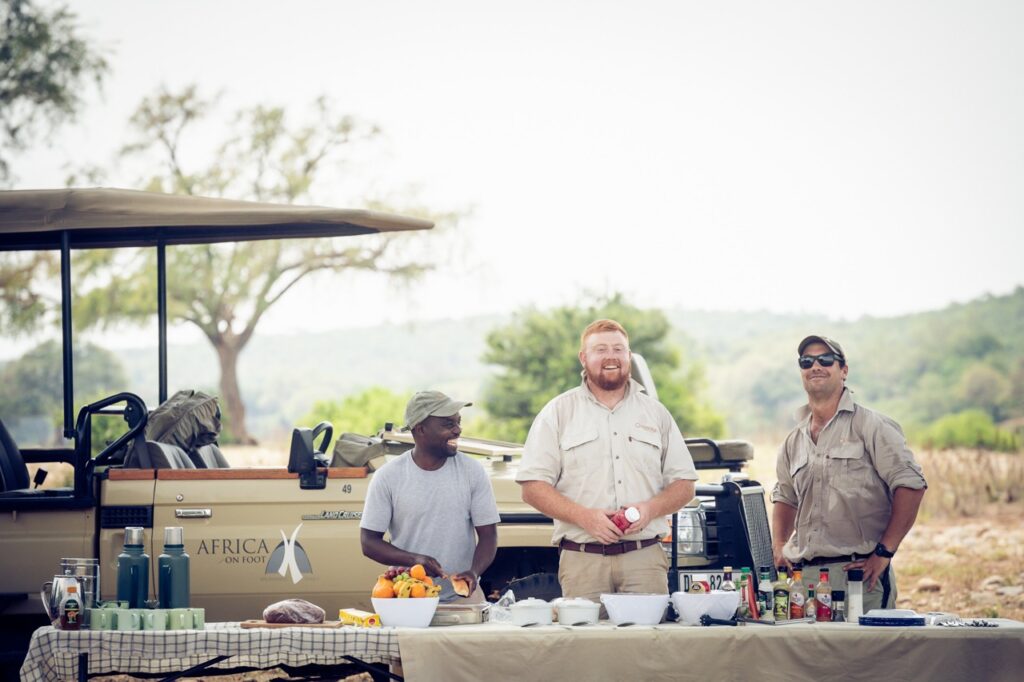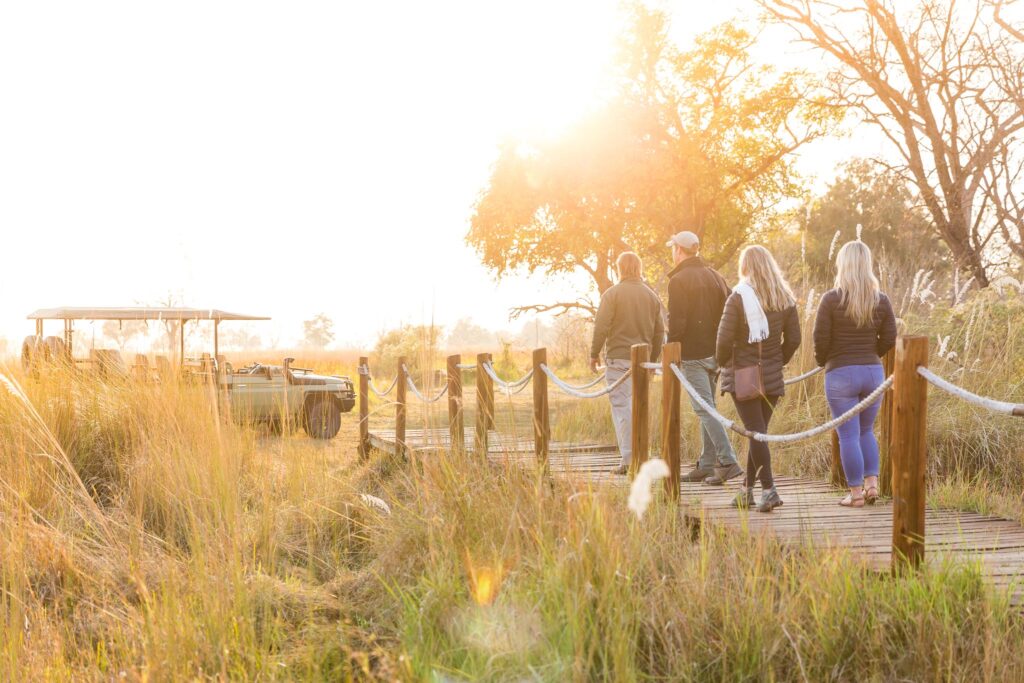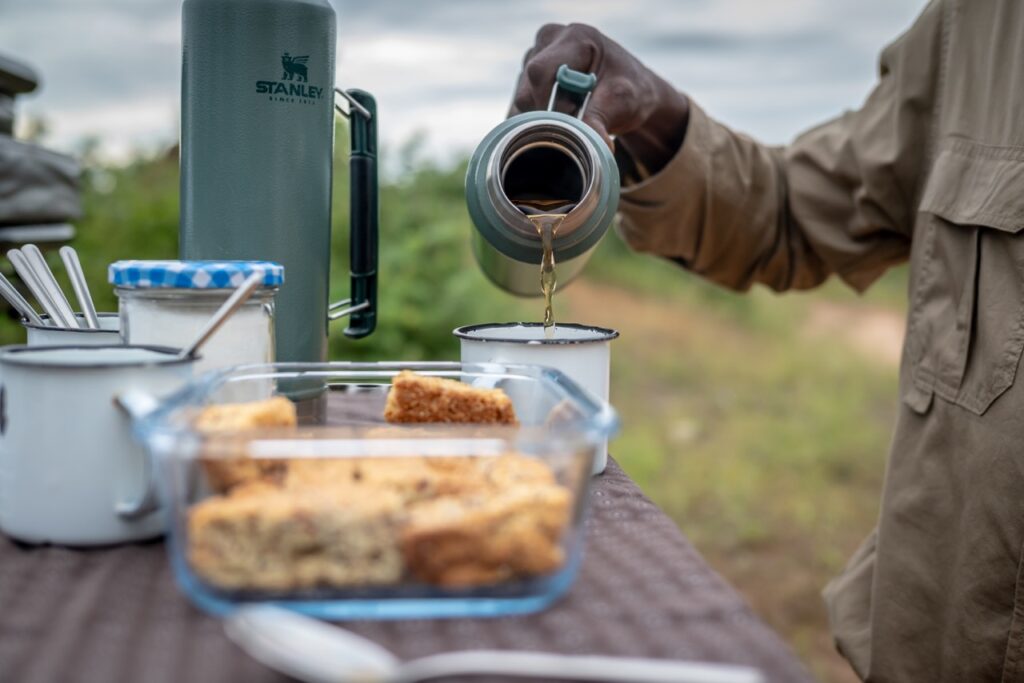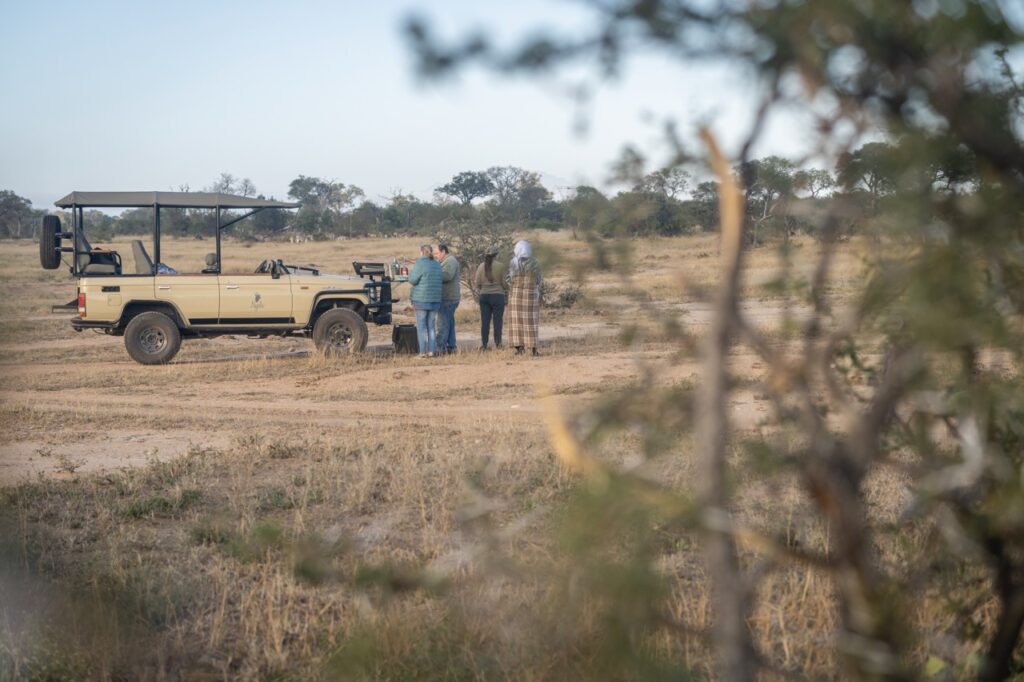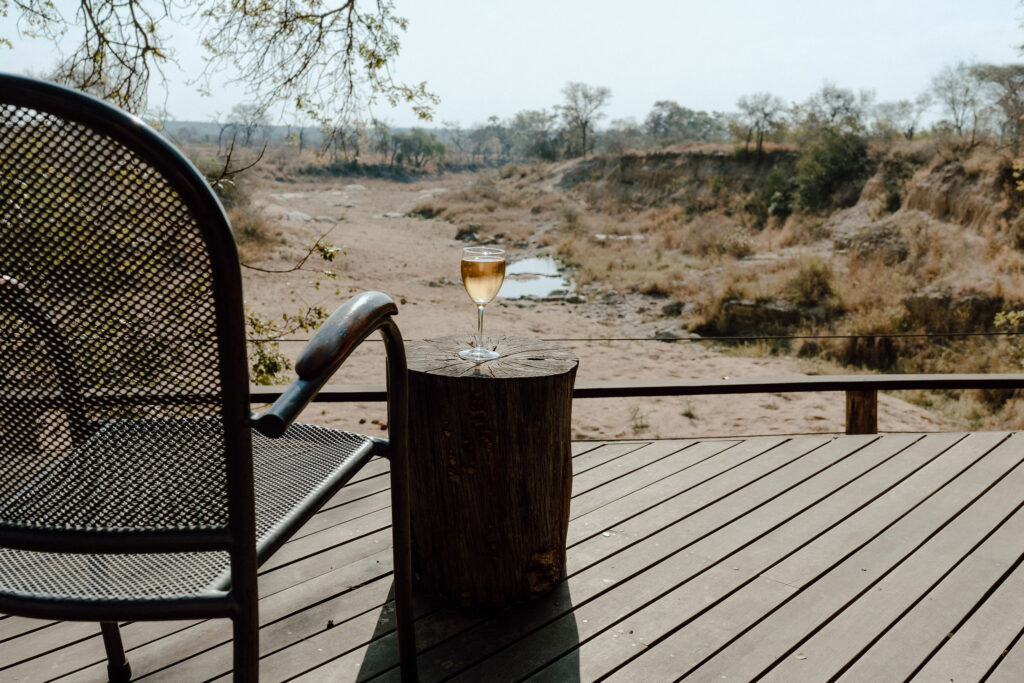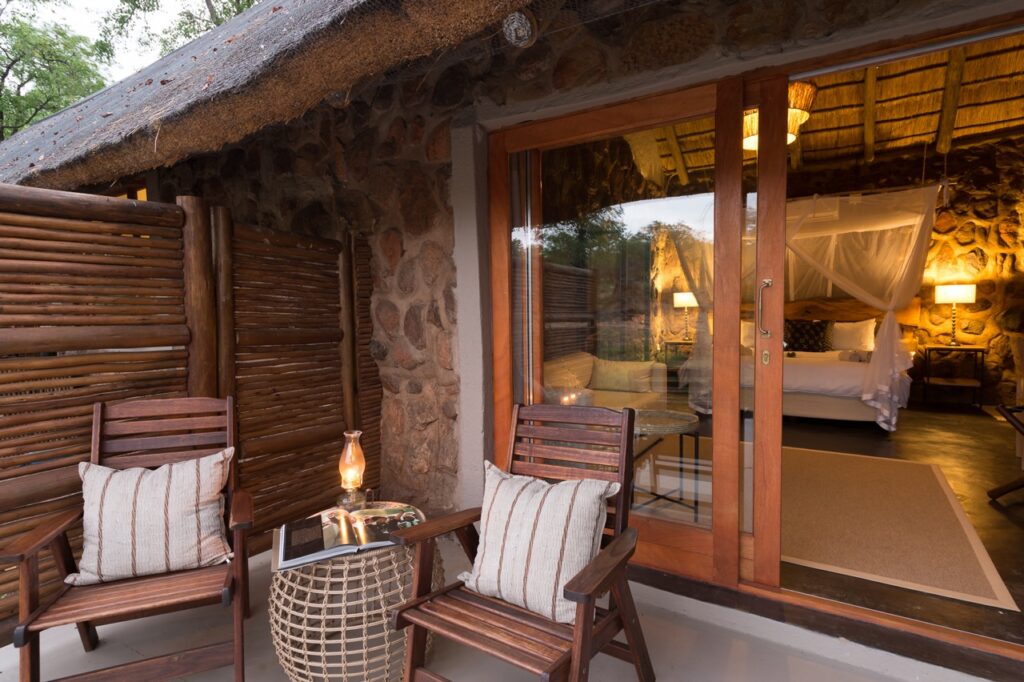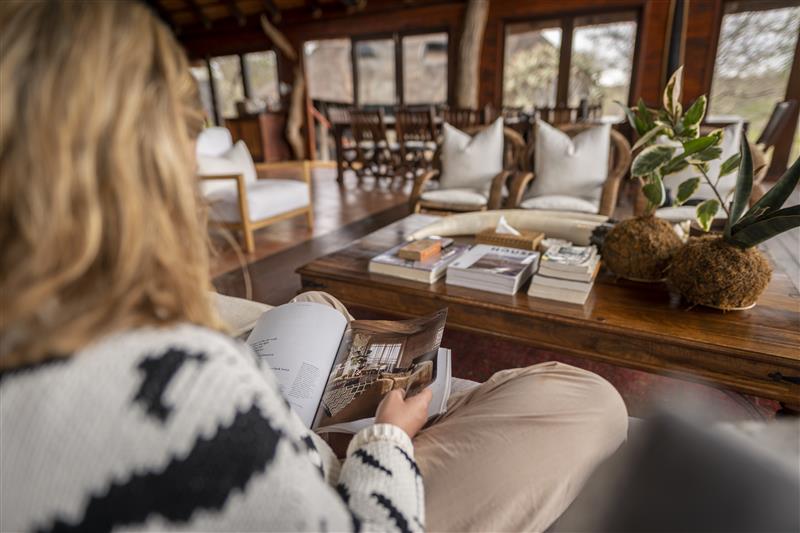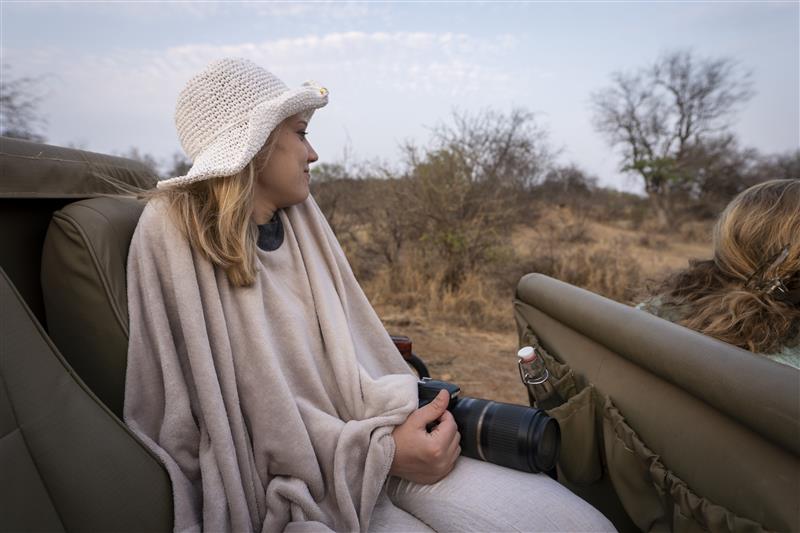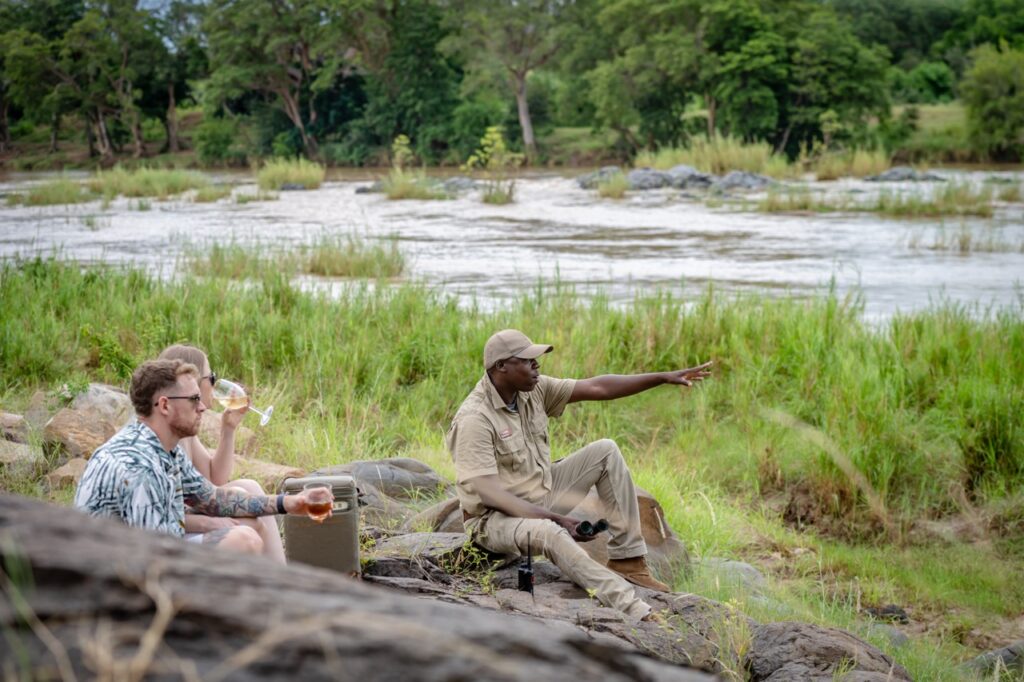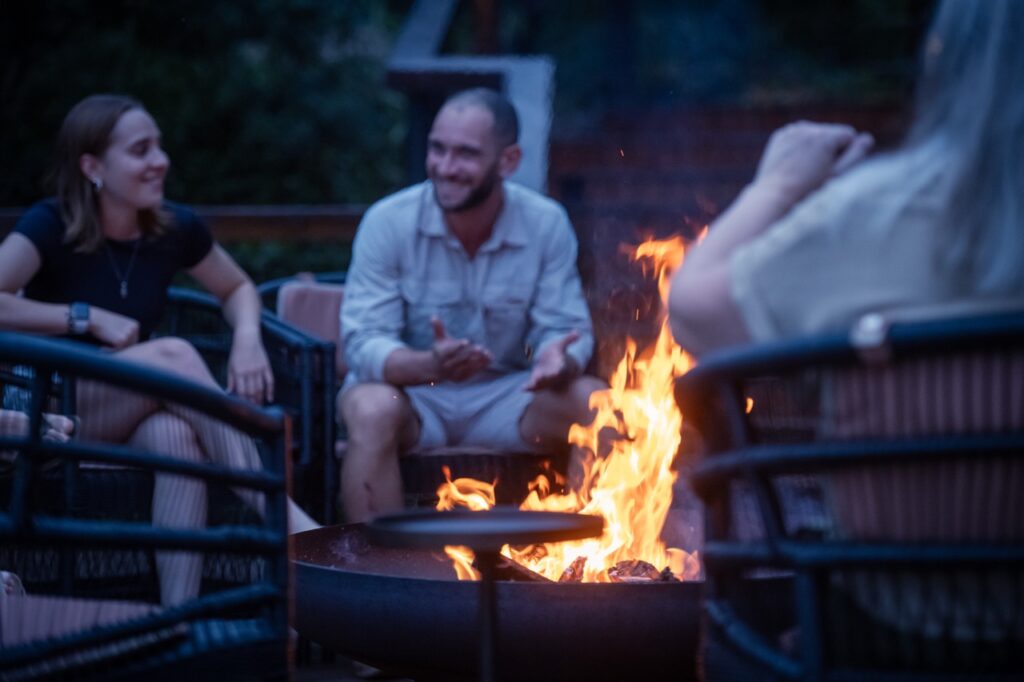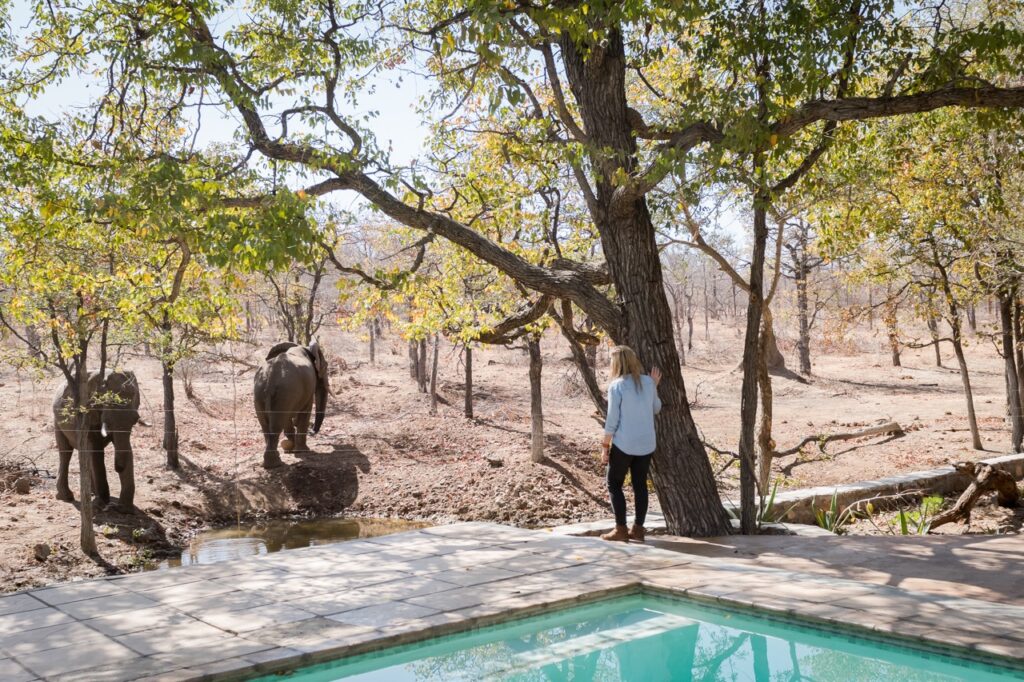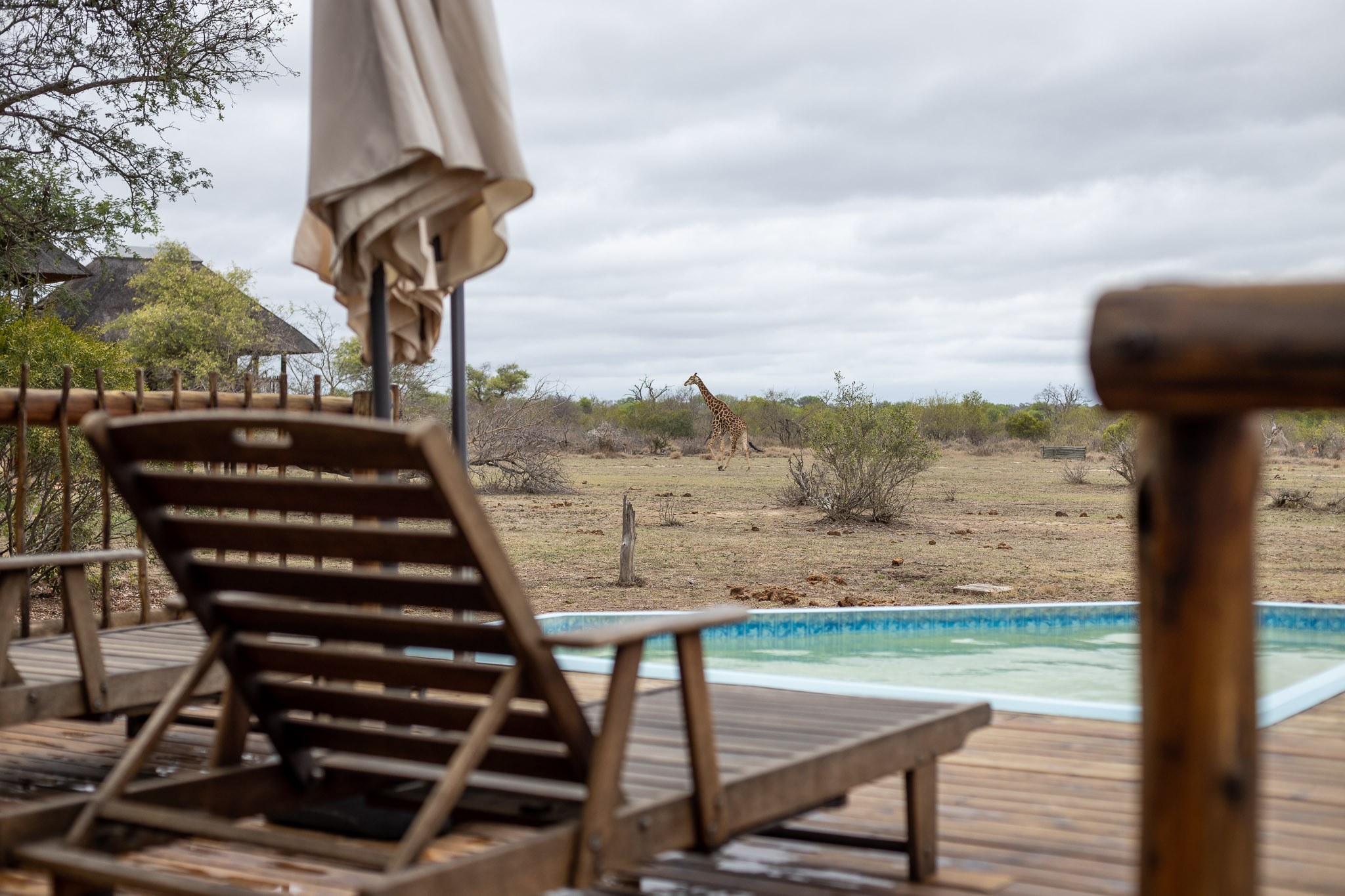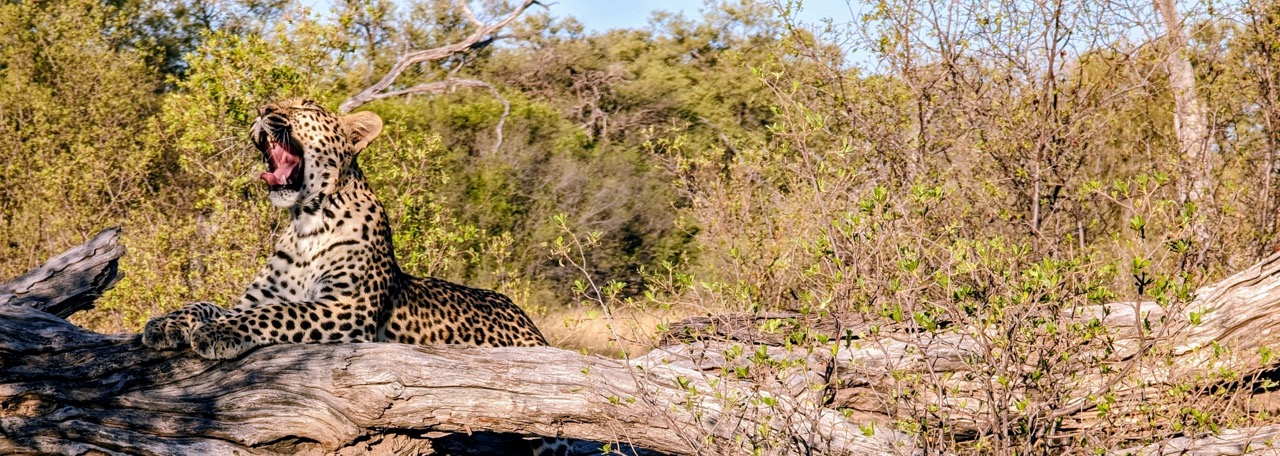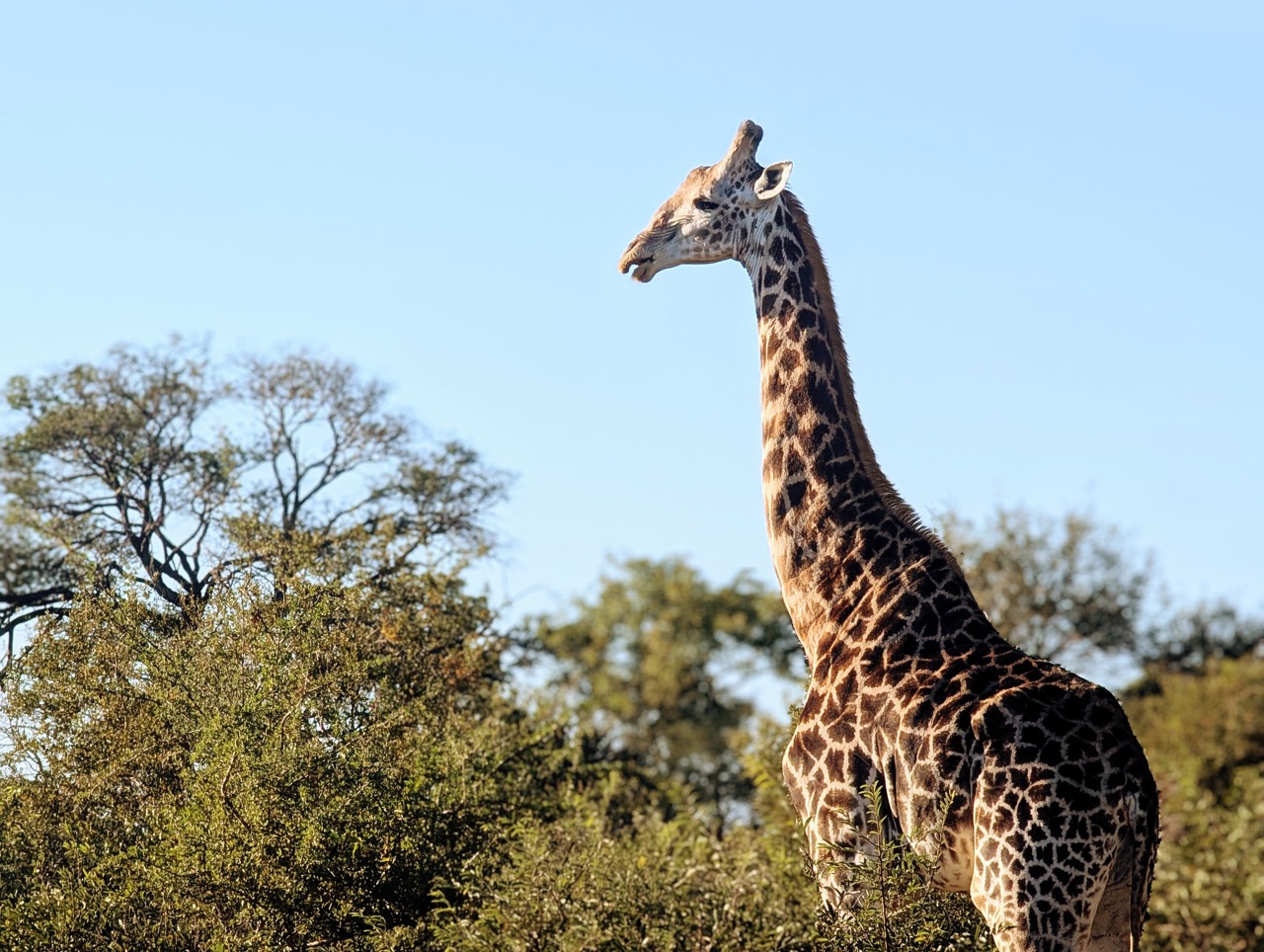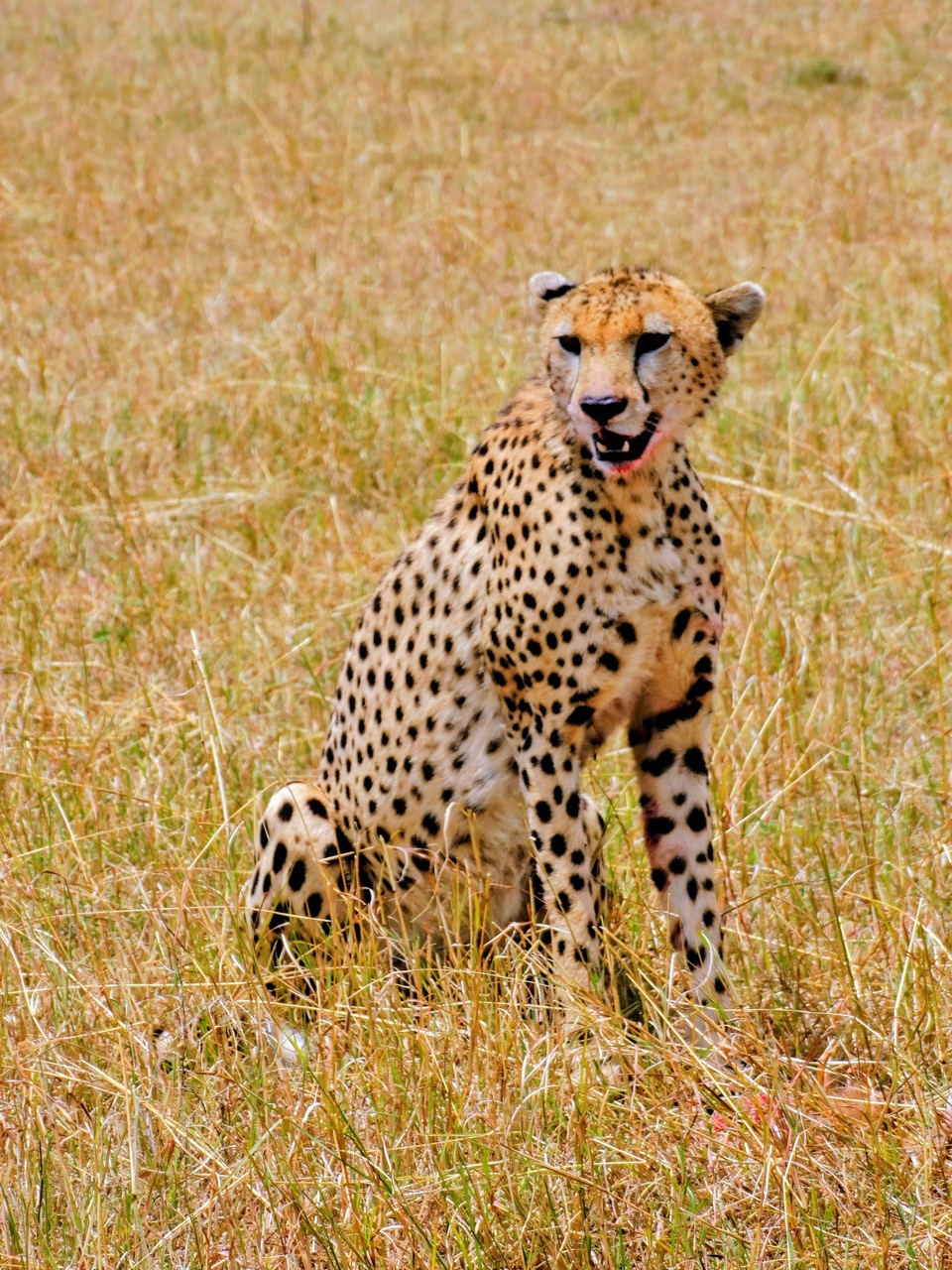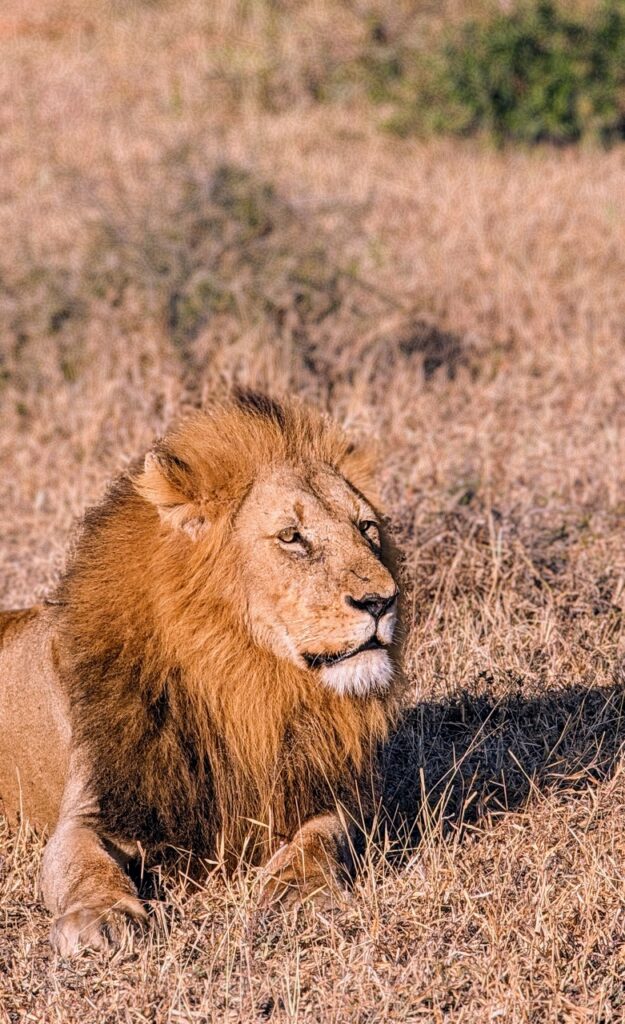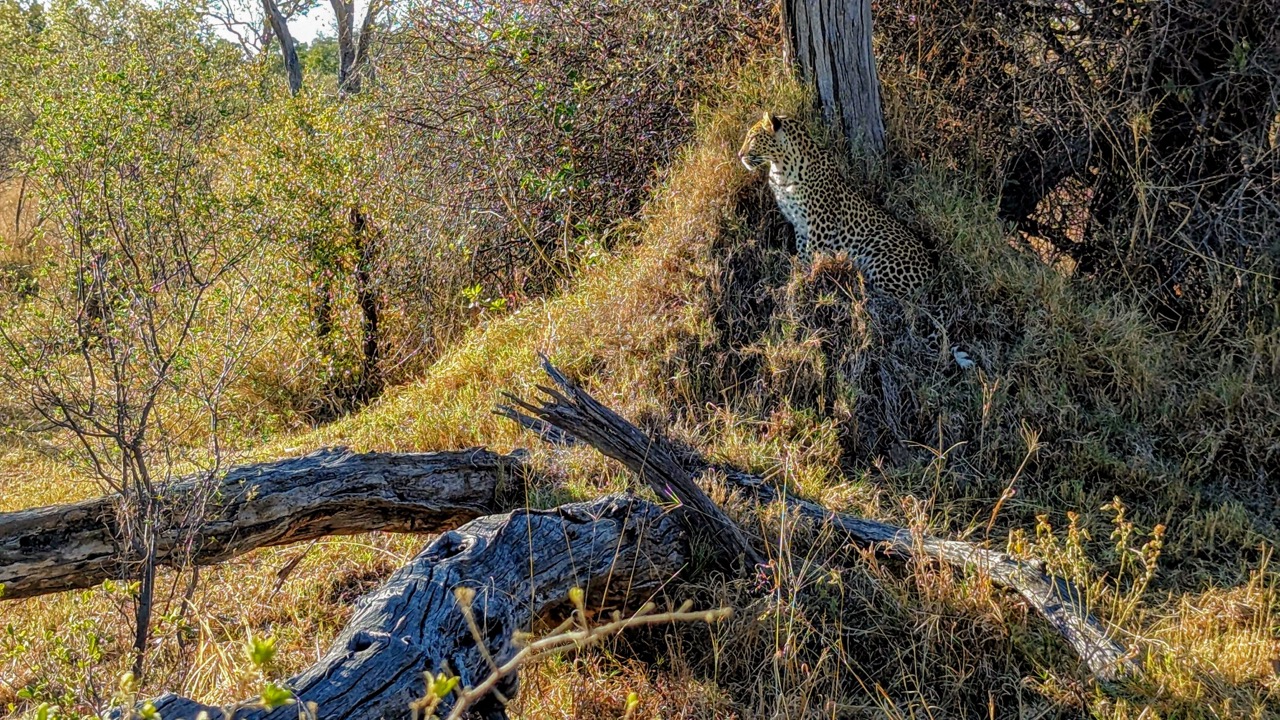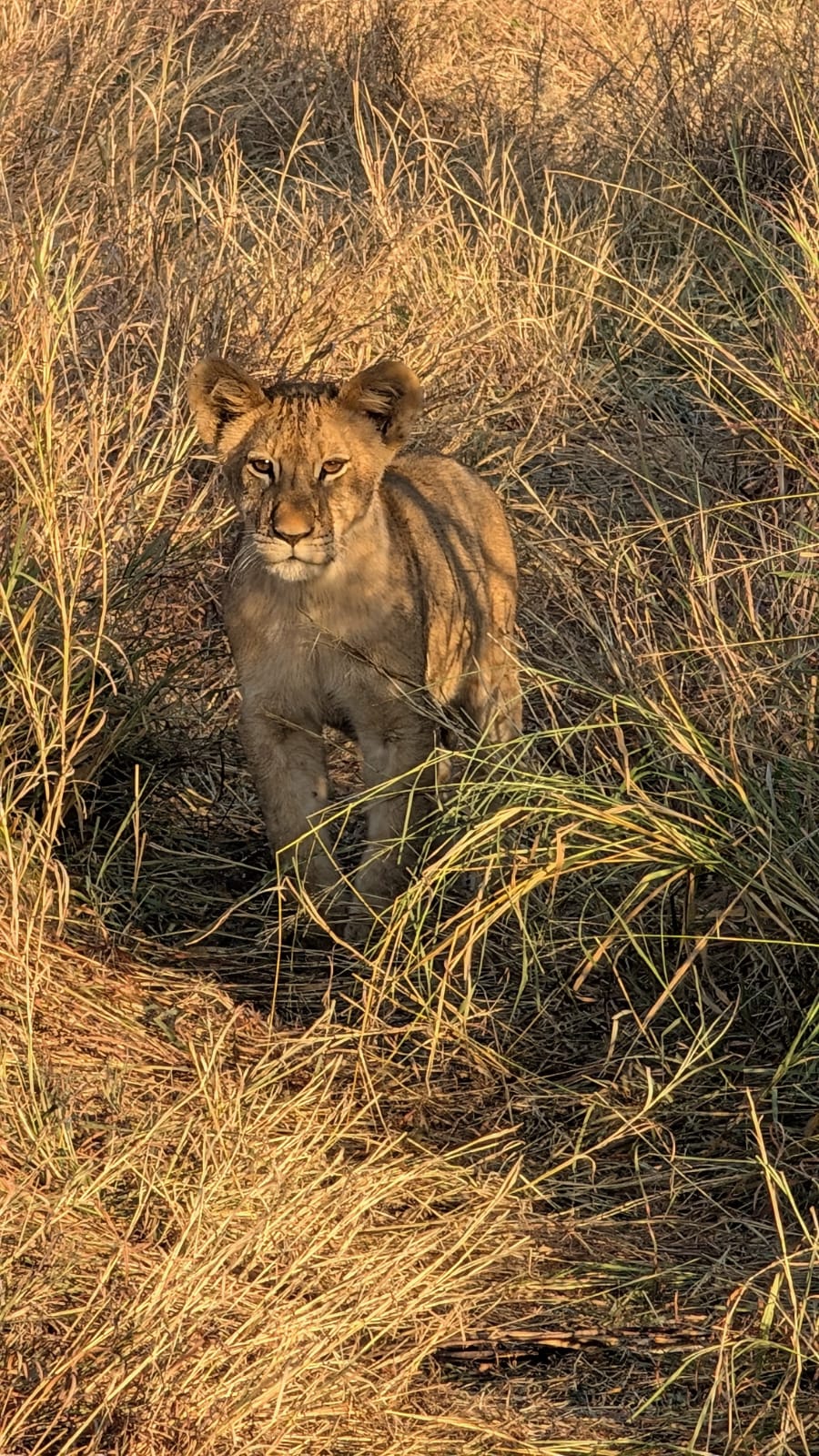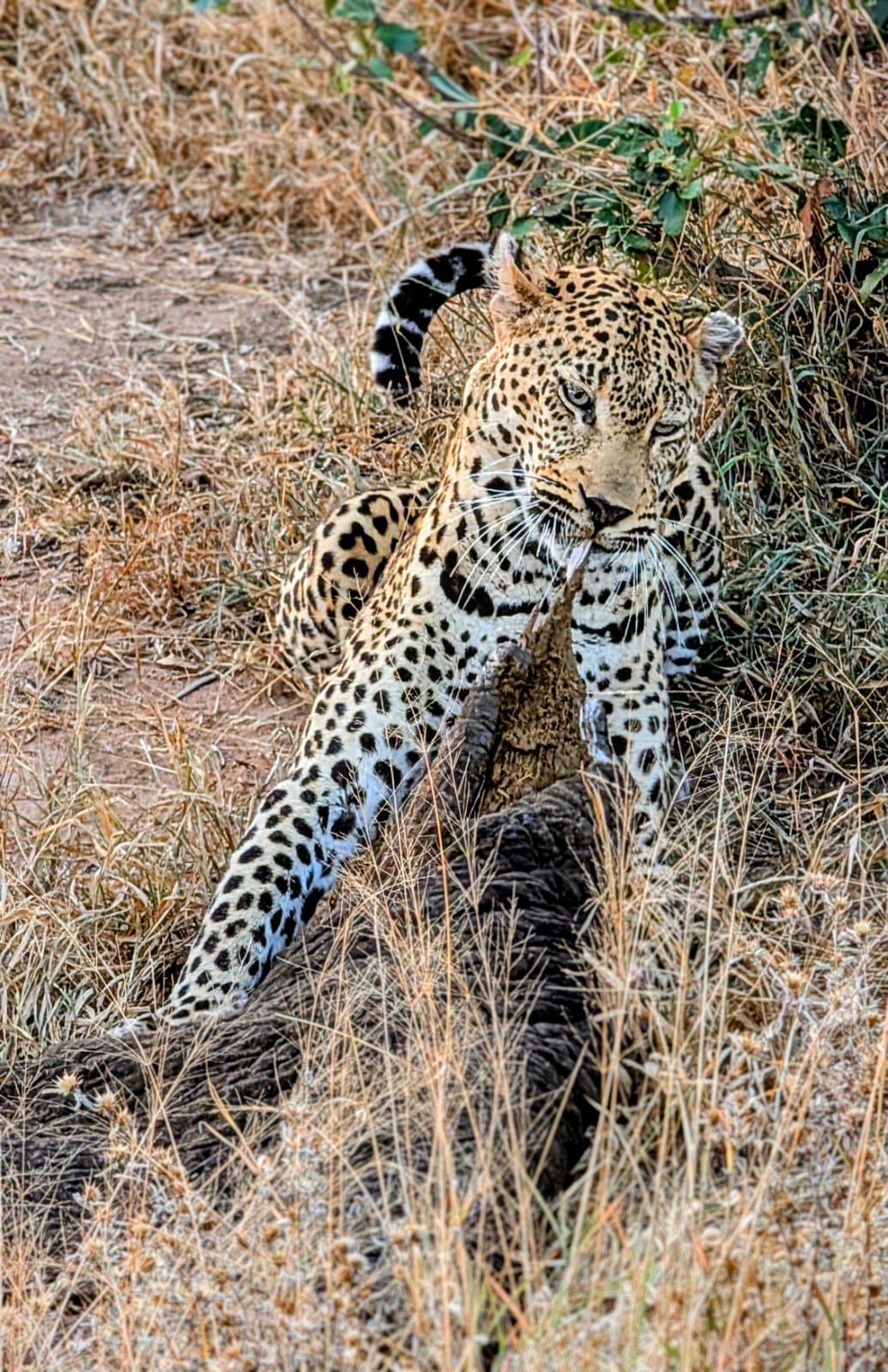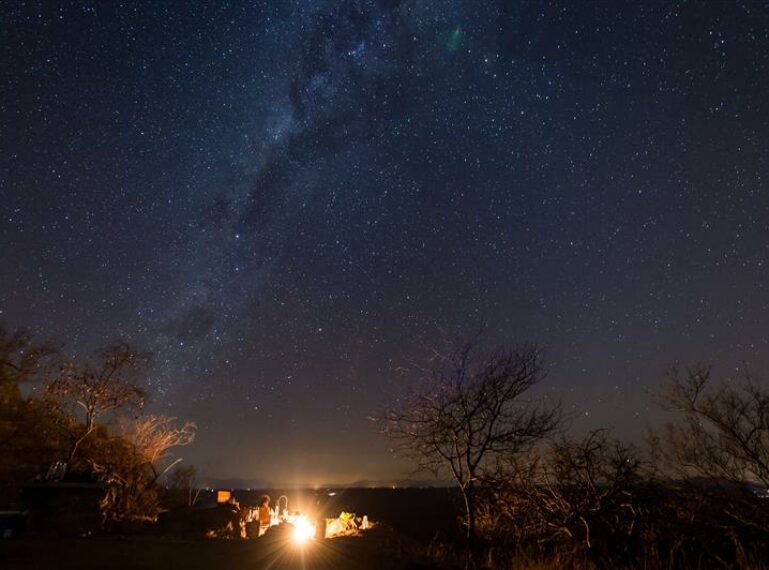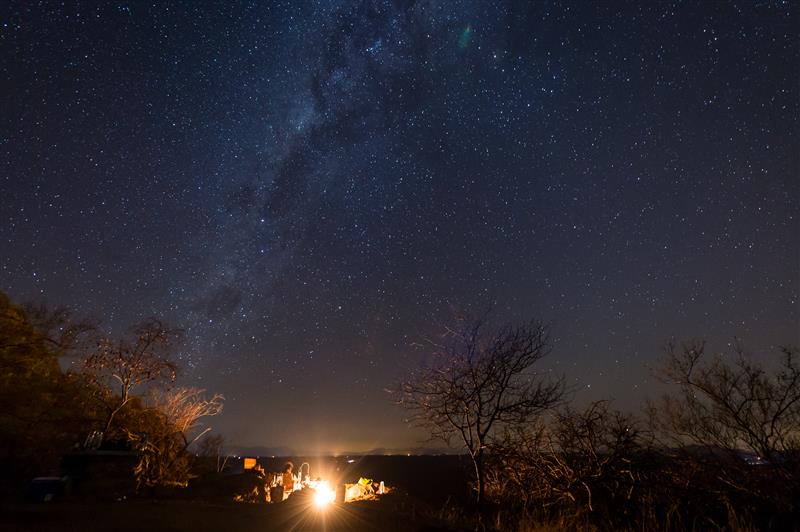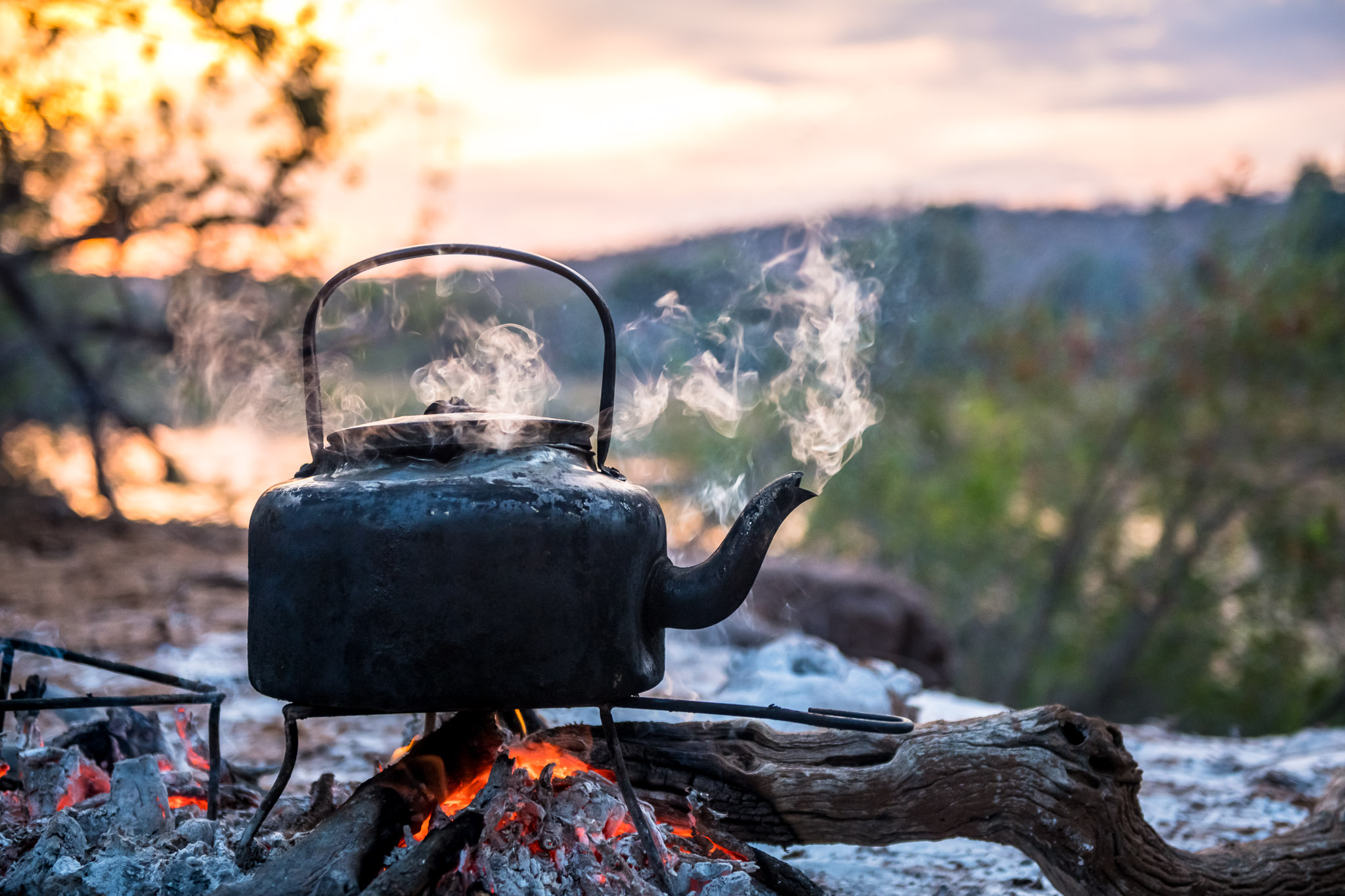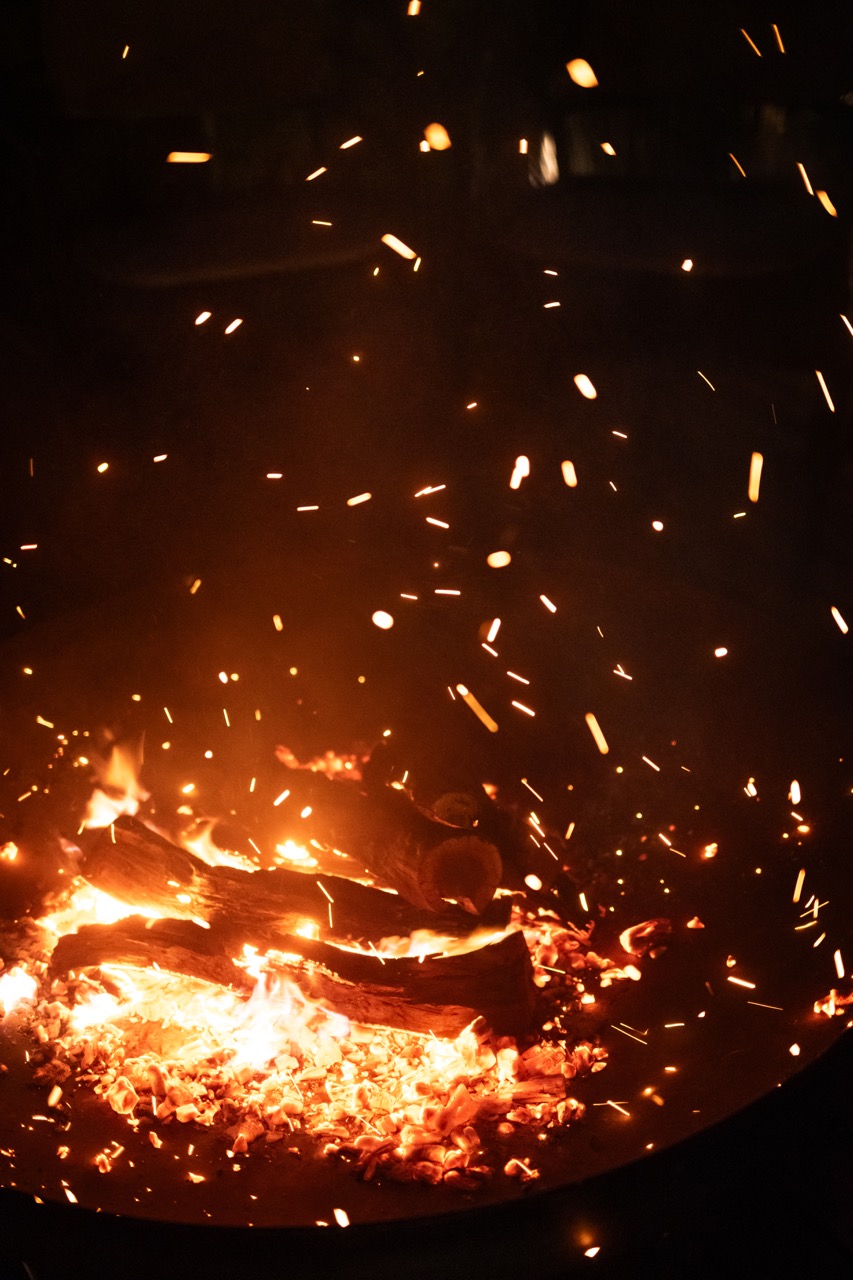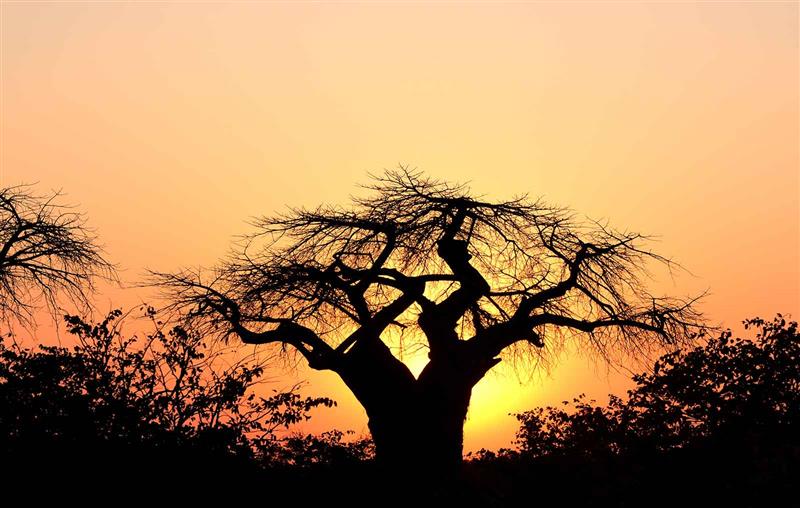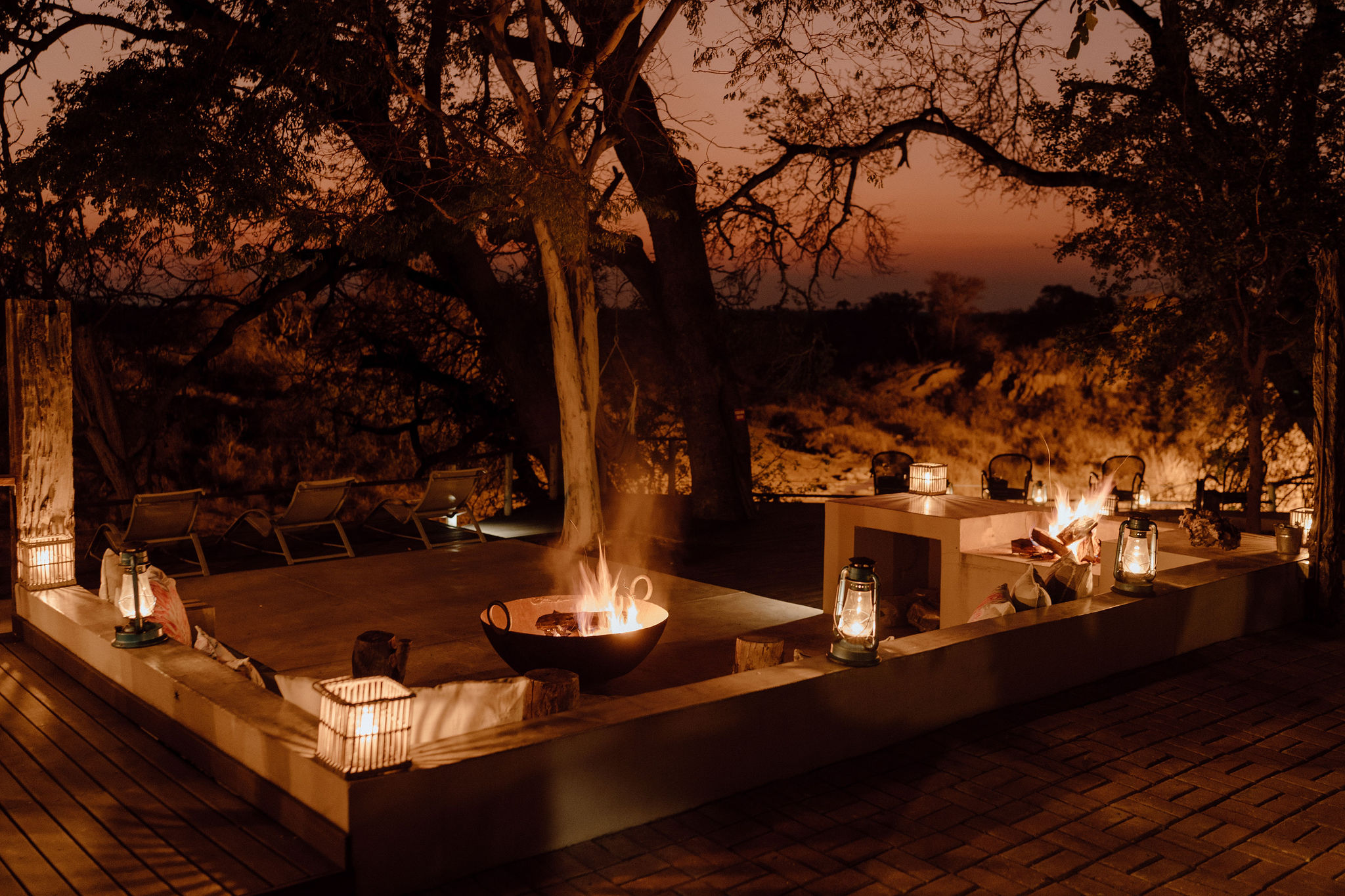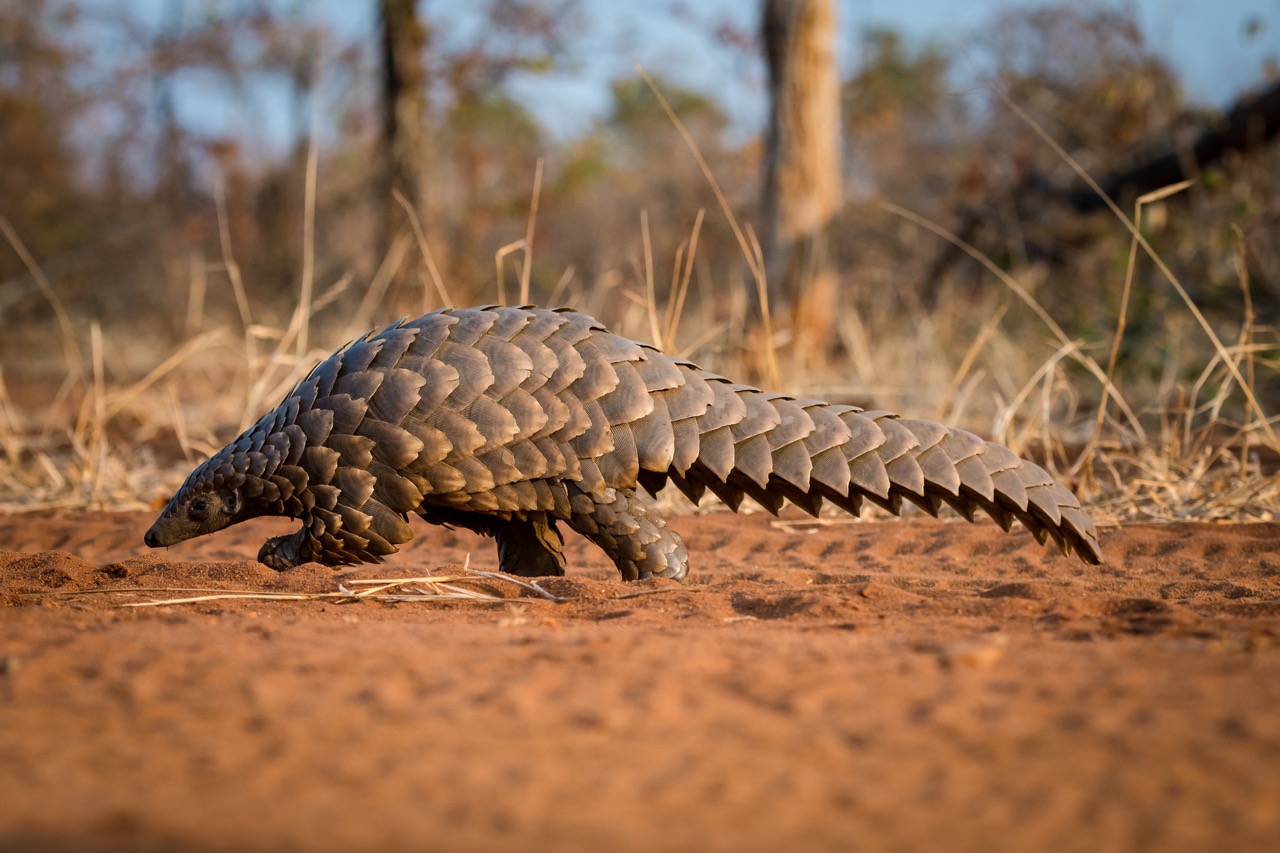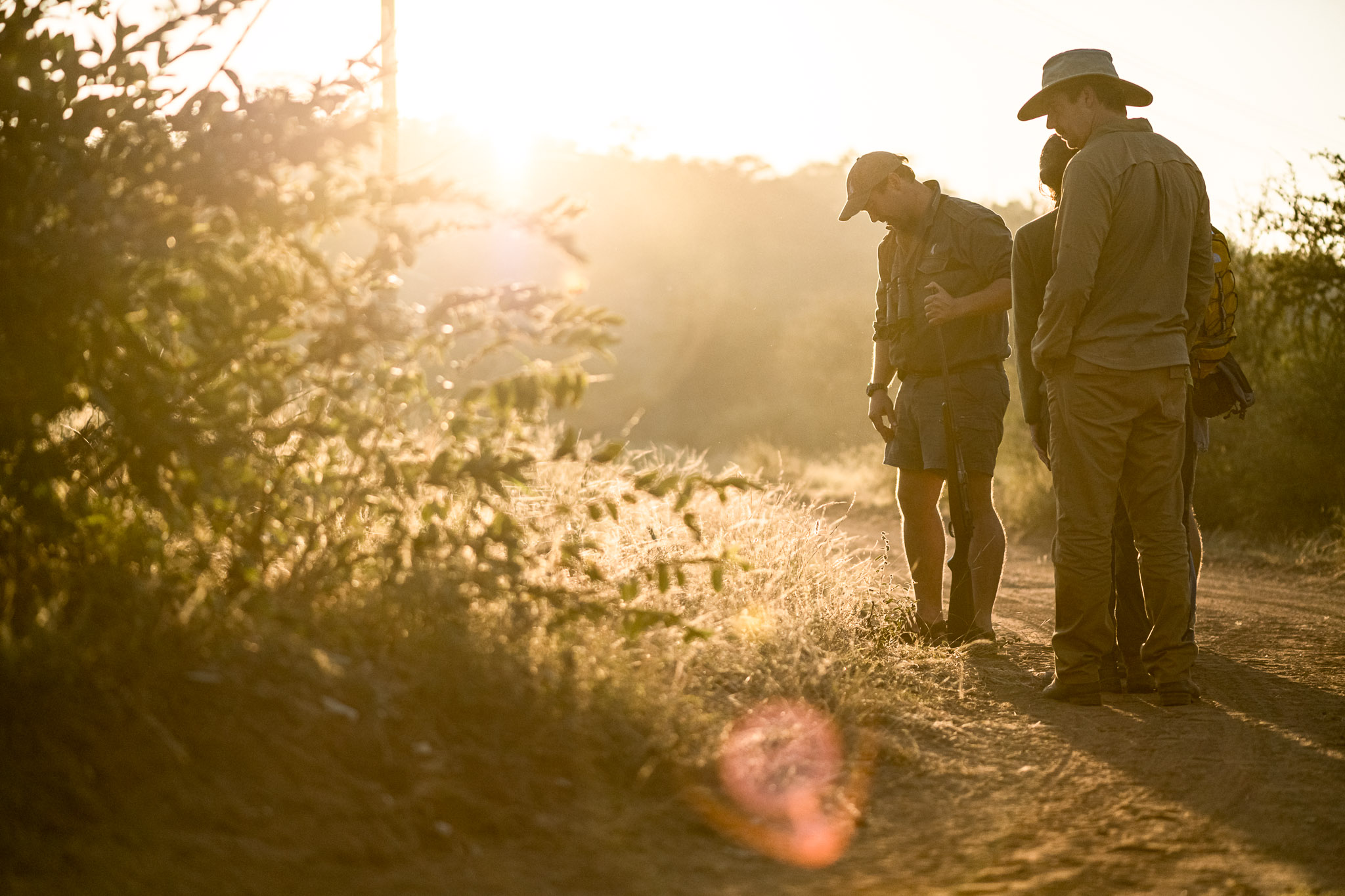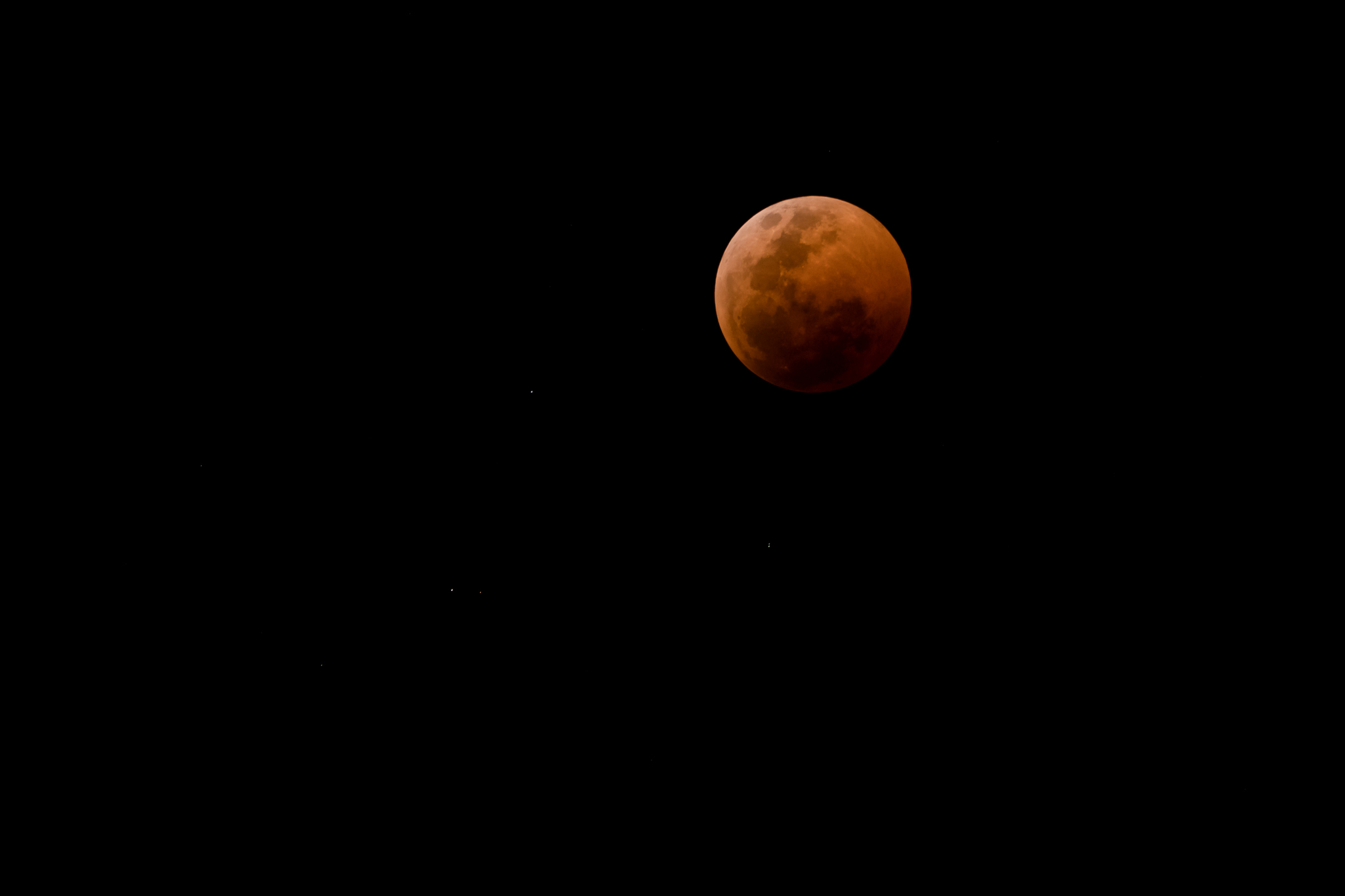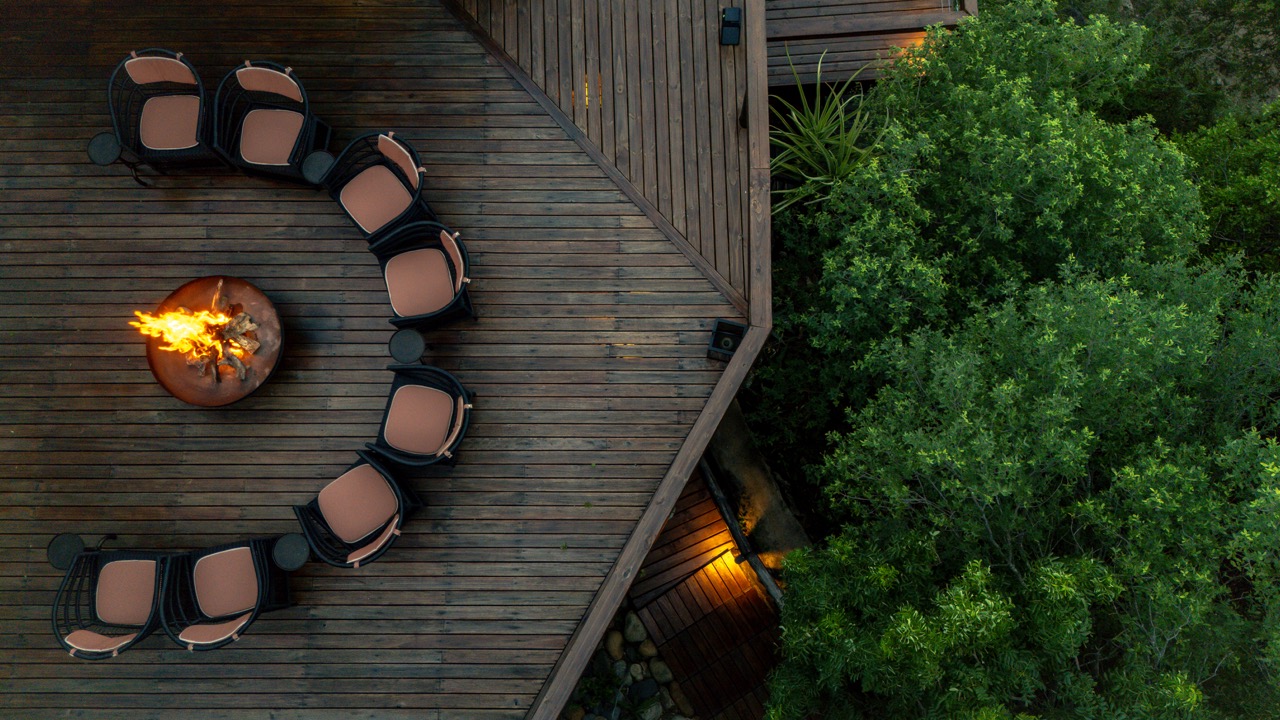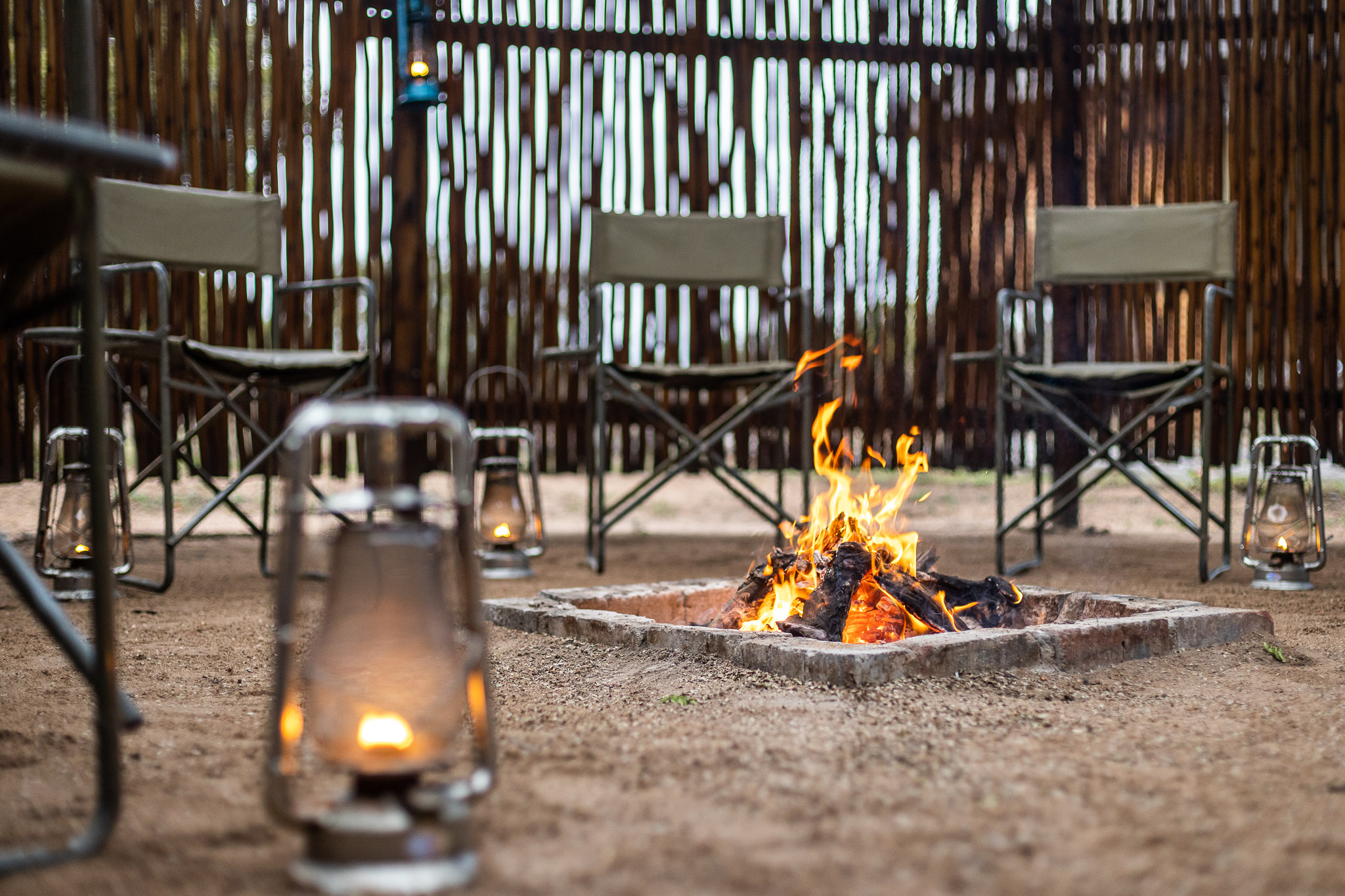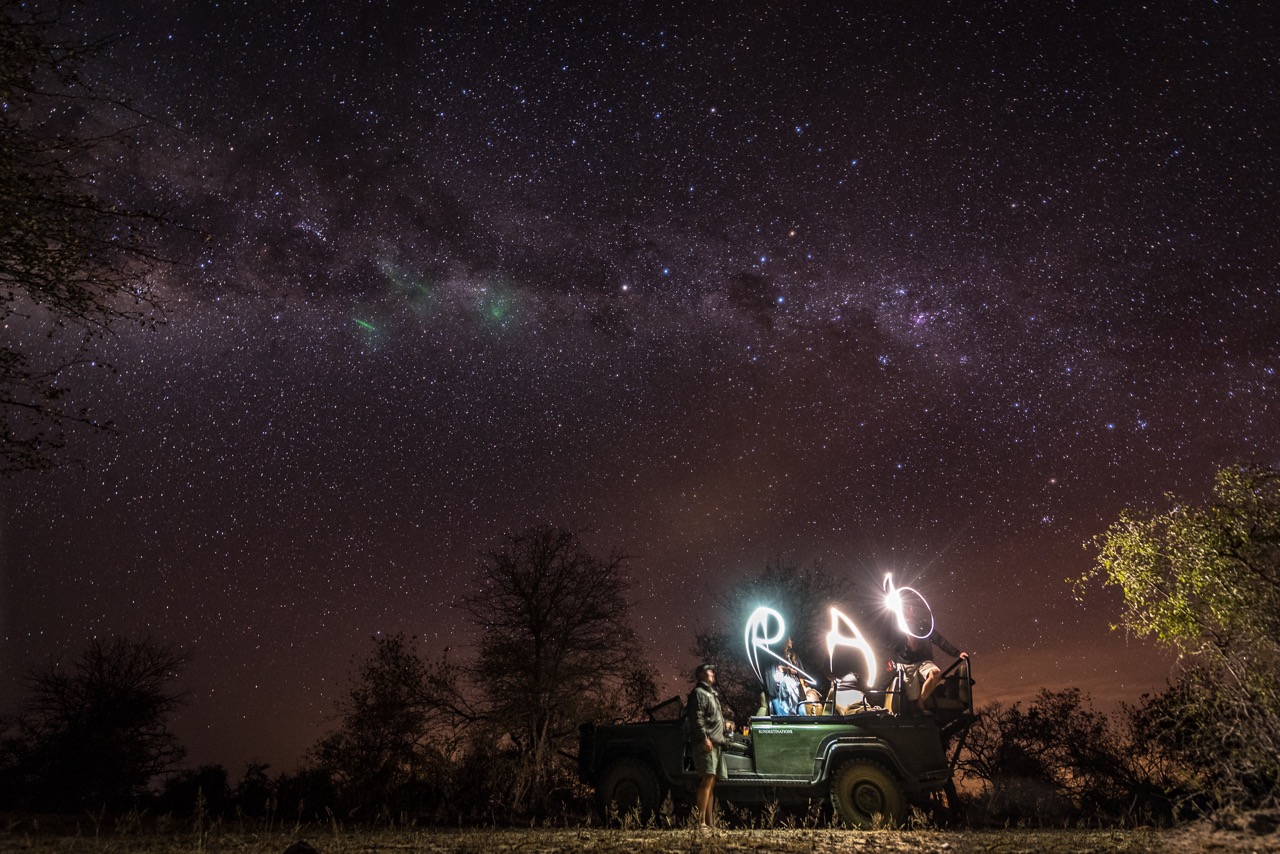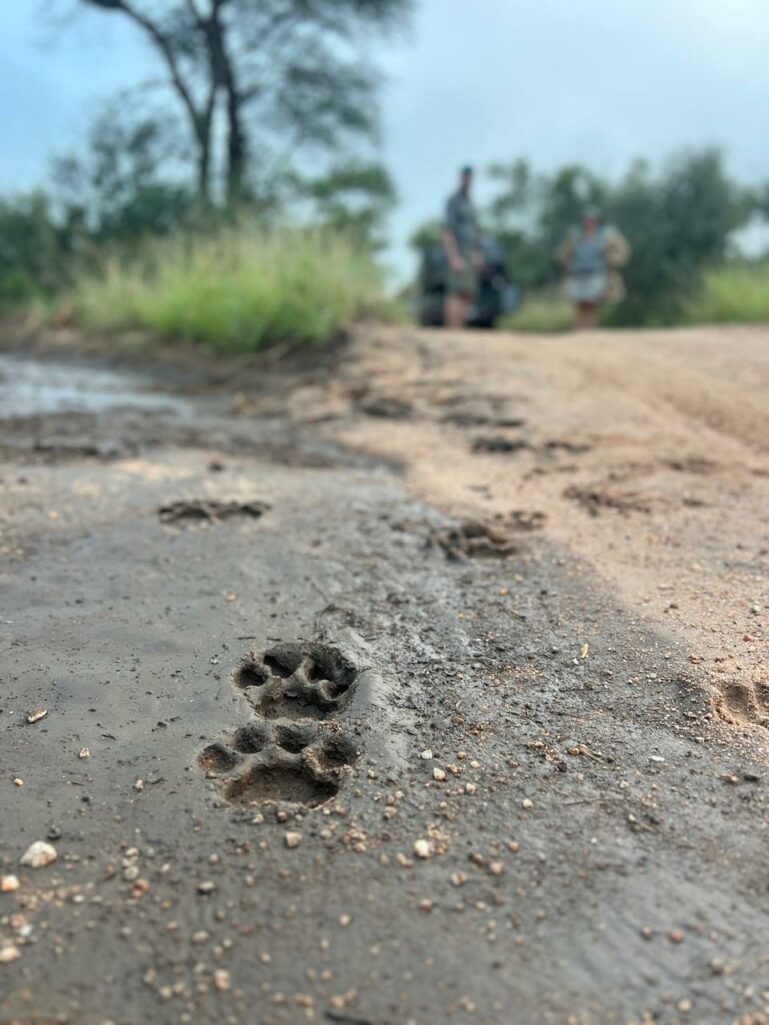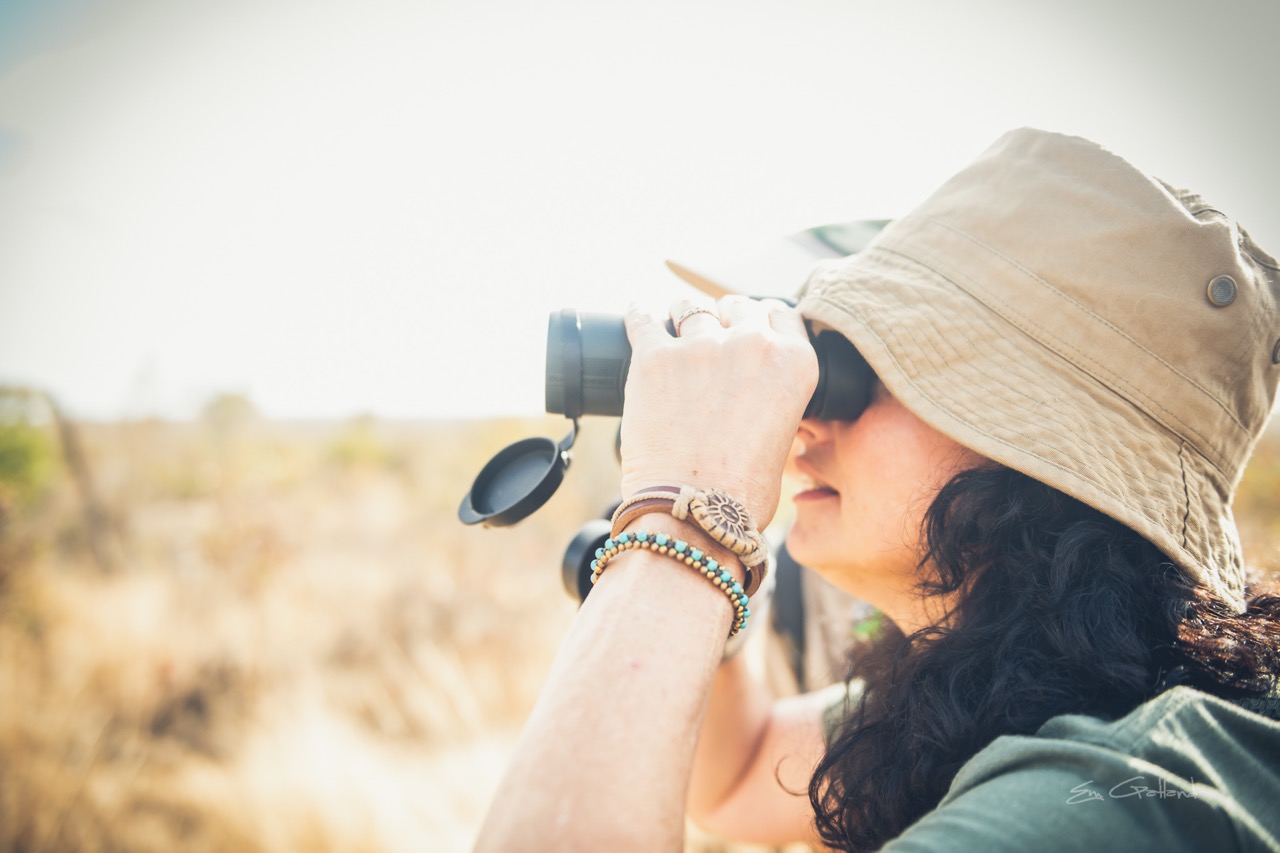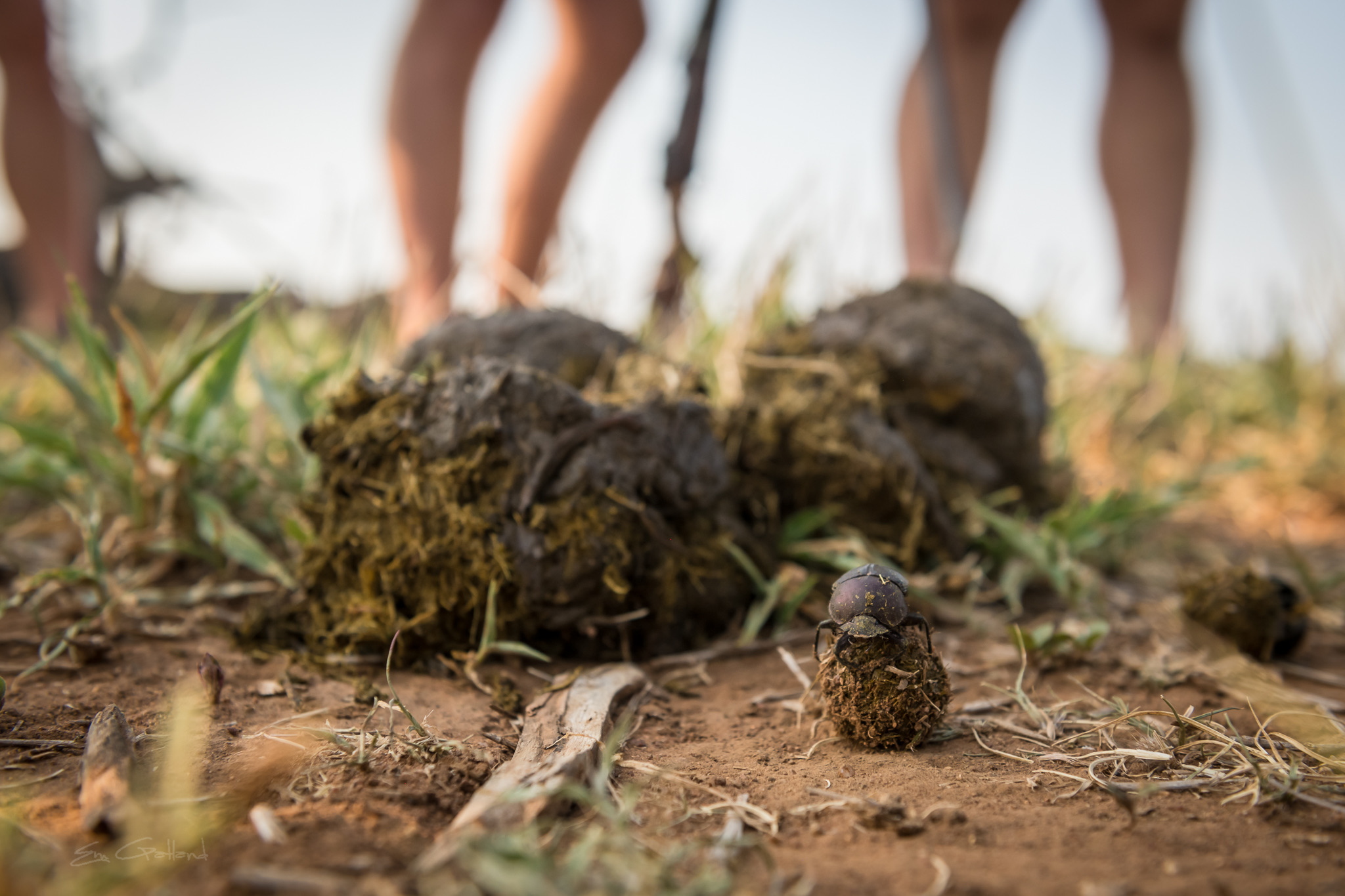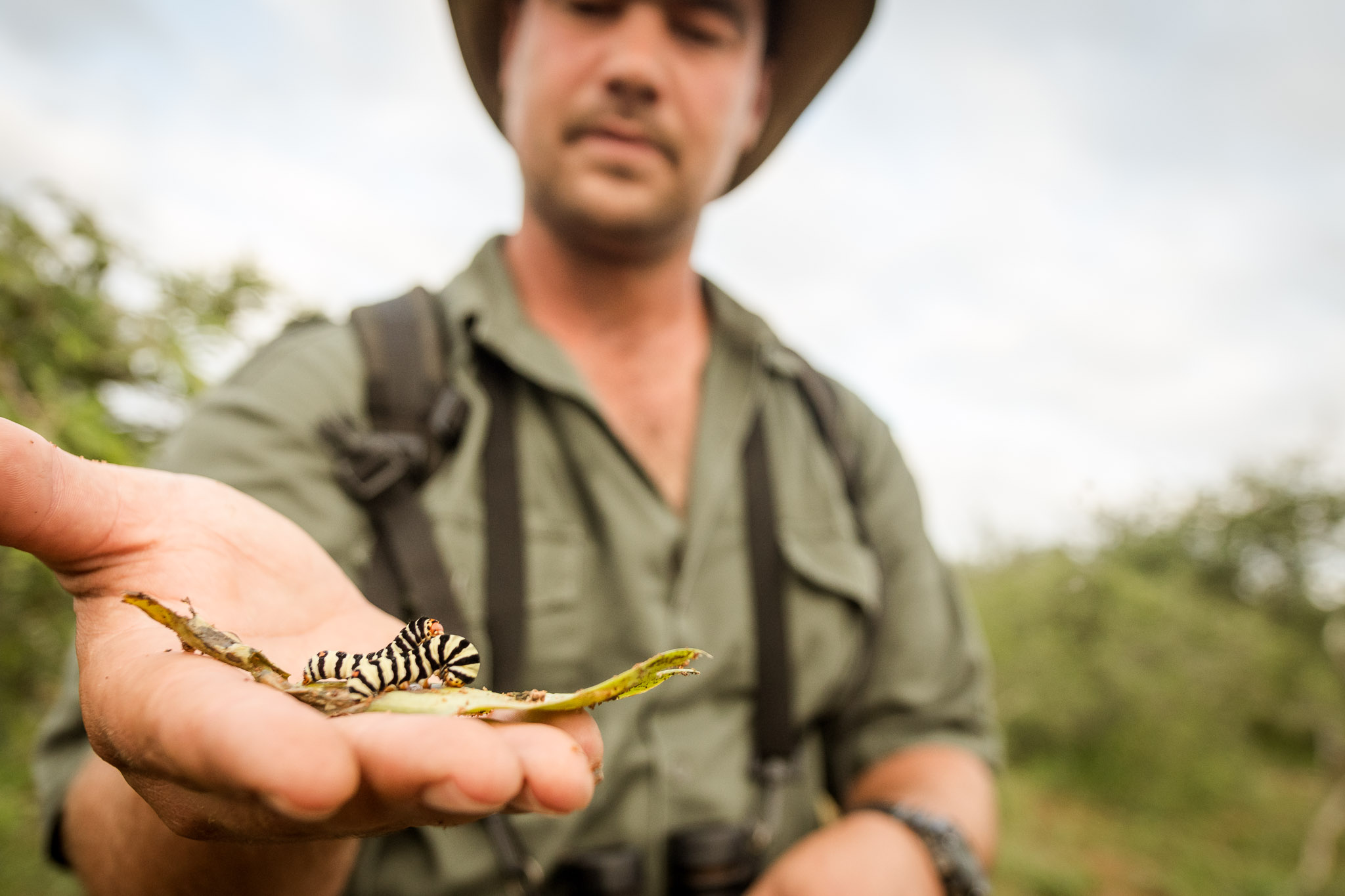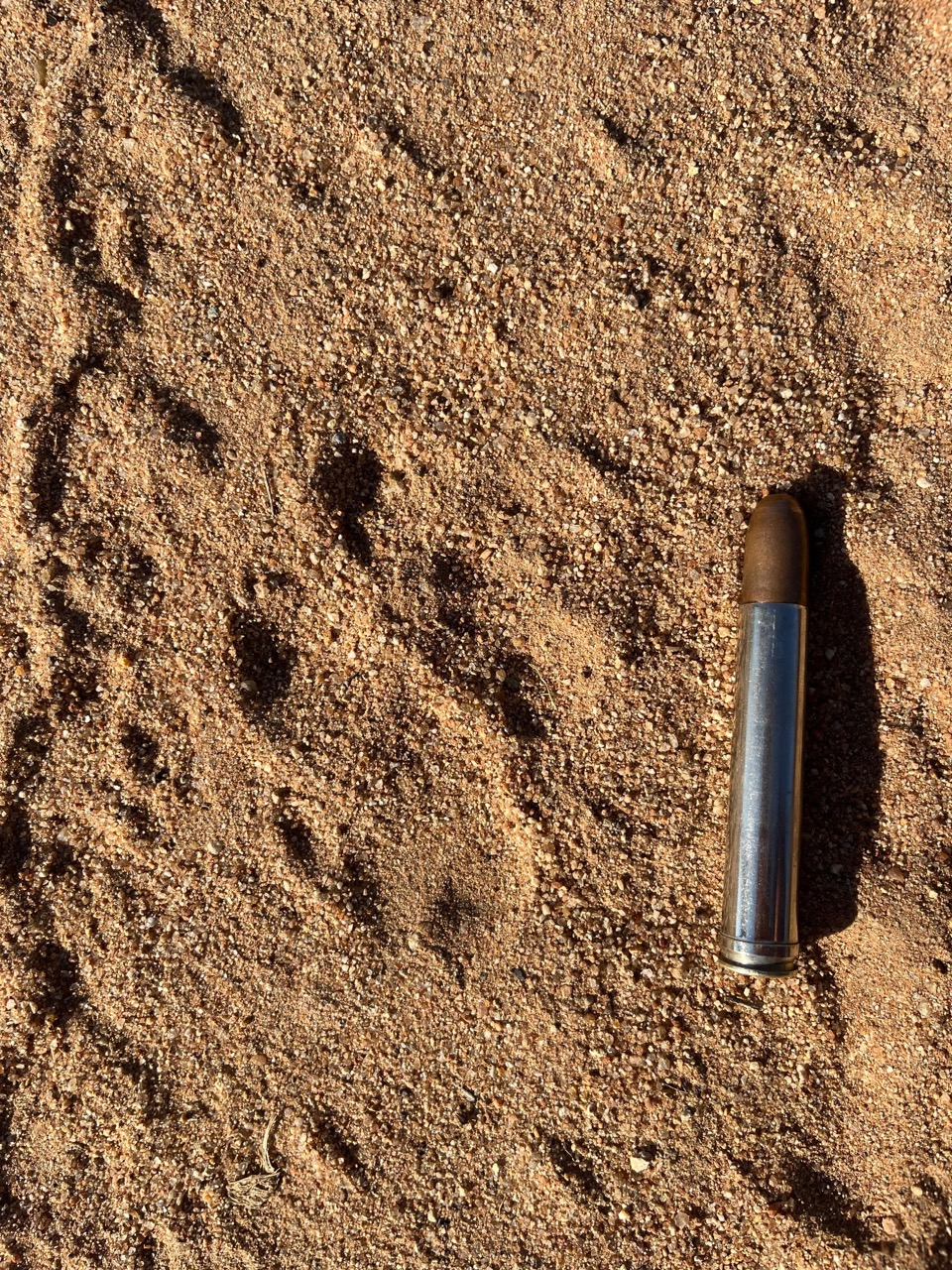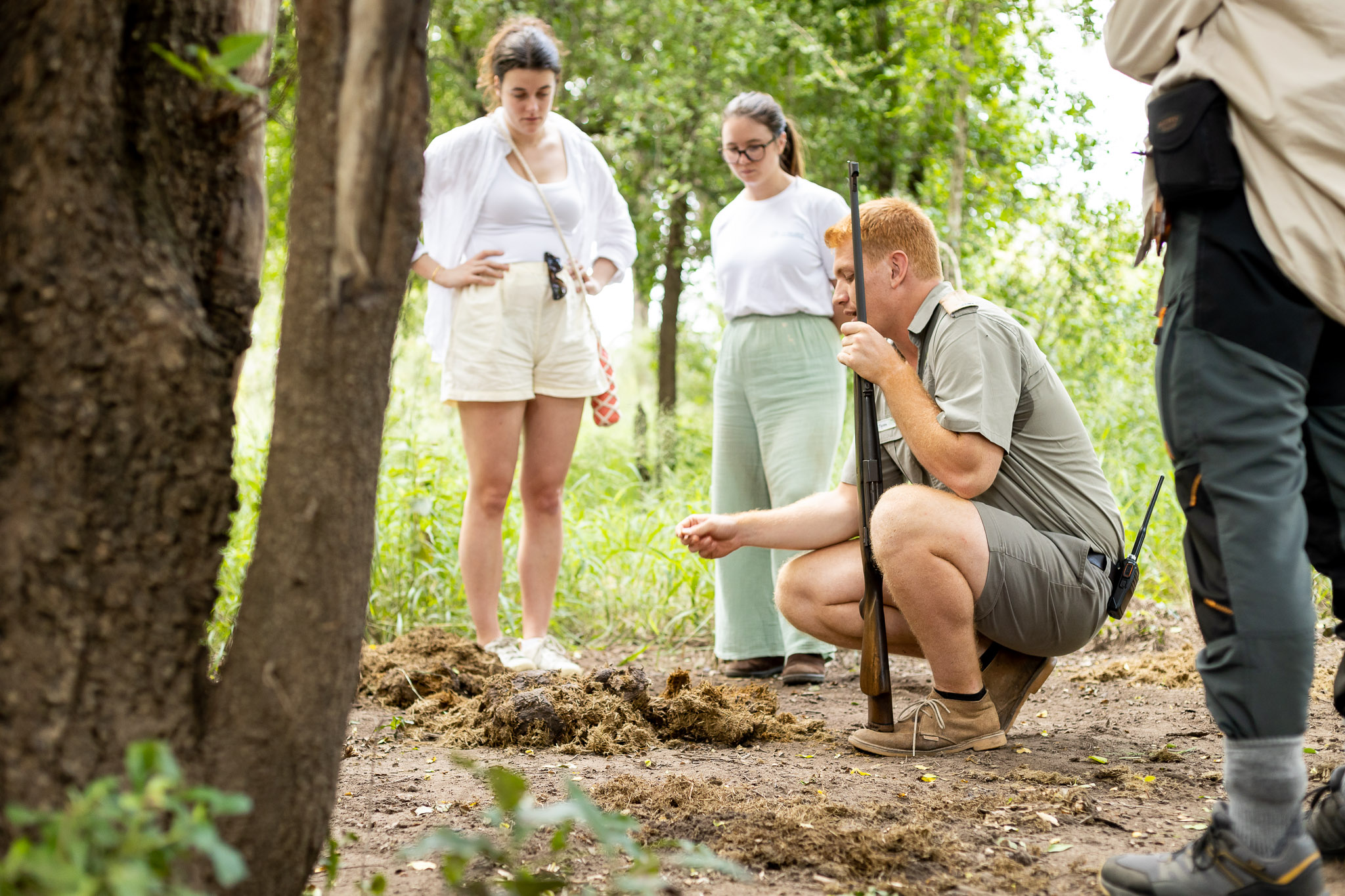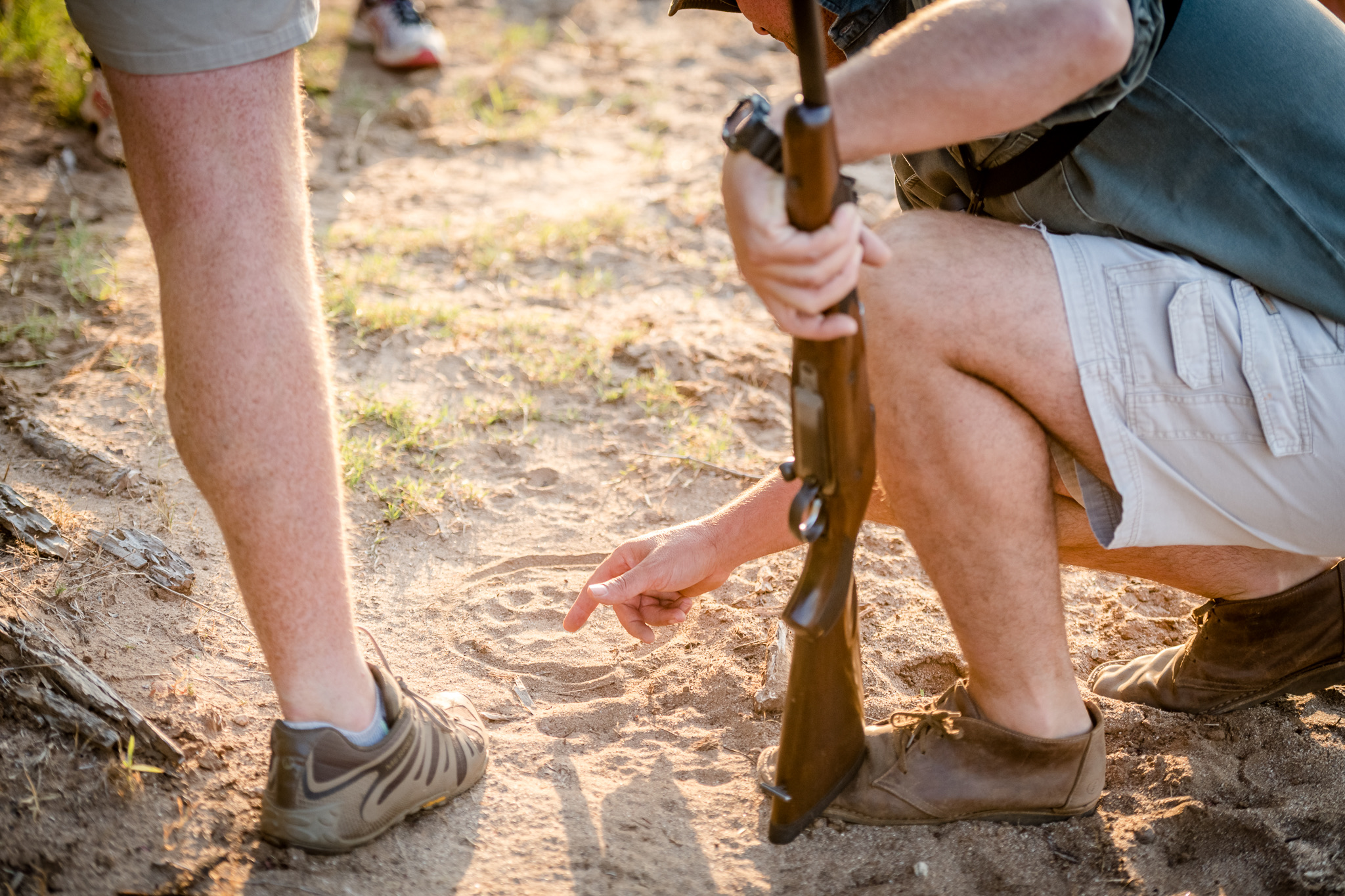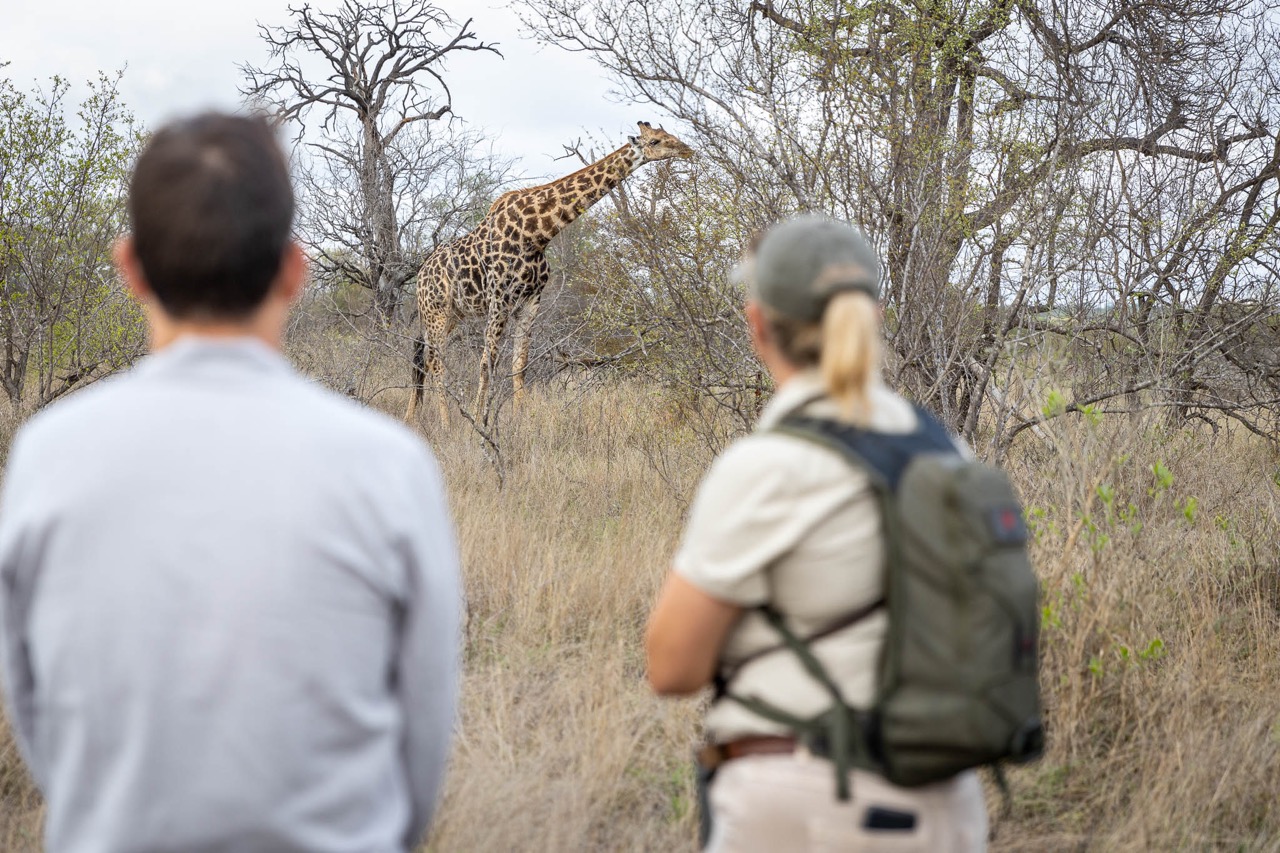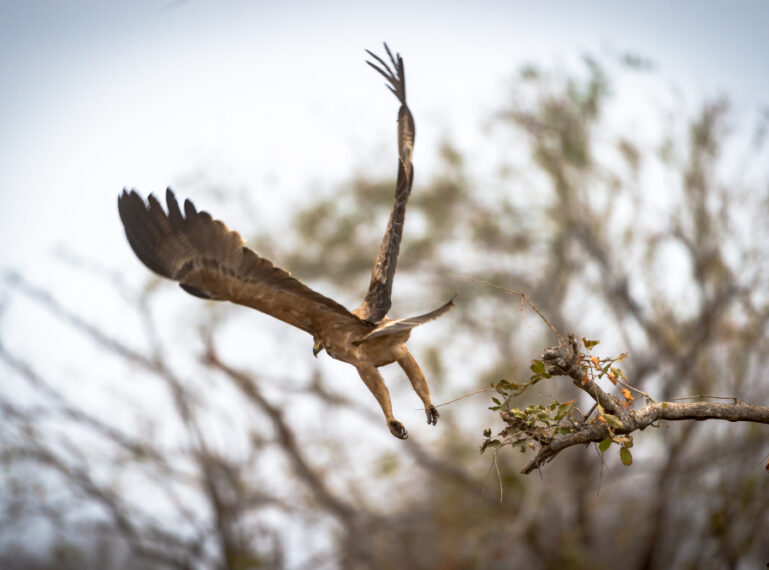
Predators of the Skies: Birds of Prey in Action
Dry season has been full of non-stop predator-prey action. Predators take their natural advantage of the thinning bush and transformed landscapes that the golden season brings. Not limited to land or the skies, birds of prey are some of the most fascinating and skilled hunters. With exceptional vision, lightning-fast speed, lethal precision, and razor-sharp talons, birds of prey are more than just awe-inspiring predators. They play a crucial role in maintaining a healthy ecosystem. By controlling prey populations and cleaning up carrion, they help sustain the delicate balance of life in the bush.
Masters of the skies
With over 500 bird species in Southern Africa along, birds add another level of depth and interest on safari. While the summer season brings colourful flocks of migratory birds returning to escape the northern winters, it’s the unfolding drama of birds of prey in action during the dry season that truly sparks flutterings of excitement among birders at this time of year.
From the iconic and haunting call of the African fish eagle to the striking appearance of Secretary bird as elegantly strides across the savannah in search of snakes to hunt. These creatures add a captivating layer of awareness to the bush. Not only do the add flashes of bright colour to the bush, birds are good bioindicators of healthy ecosystems. Where they thrive, life thrives.
Because of their ability to easily move and sensitivity to environmental shifts, birds often show the first signs of ecological imbalance.
Eagle-eyed
One the distinct advantages that birds have as predators is their extraordinary vision. The saying the eyes of an eagle or hawk exist for a reason! Eagles have the sharpest eyesight in the animal kingdom and are capable of spotting and focusing on prey up to 3km away!
This incredible vision is what sets them apart, the ability to detect the slightest movements and tiny details while soaring high above or perched from atop a tree.
The iconic African Fish eagle with it’s hauntingly beautiful call will patiently wait perched high above a body of water in a tree top. It surveys the surface the water until powerfully swooping down with total precision to grab fish with its sharp talons. While fish make up the majority of its diet, the African Fish Eagle has also been known to prey on other birds such as flamingos, and even small mammals, including monkeys and hares.
The Bold Bateleur
Known for its distinct aerial acrobatics, the Bateleur Eagle is easily spotted by the side-to-side rocking motion it displays during flight.
Bateleur eagles will spend 8-9 hours in the air searching for food. Rapid, direct flight is their preferred hunting method. They will cover extensive areas, sometimes 100’s of km’s in search of their next meal. Their menu is a varied one and includes antelope, mice, birds, snakes, carrion, lizards and carrion from road kills.
Bateleurs are often first to arrive at carrion before vultures as they rely on thermals for flight.are occasional kleptoparasites which means they deliberately steal food from other animals. They’re known topirate prey from other raptors, engaging in dramatic mid-air confrontations to snatch a meal. Alternatively, they try intercept a raptor’s kill while the predator is still feeding, whether the kill is on the ground, perched in a tree, resting on a rock, or even moments after it’s made. Bateleurs may force their rivals to the ground, locking talons or trading blows with their feet in mid-air skirmishes.
Their direct competitor is the Tawny Eagle who is slightly larger. The Tawny eagle also changes between hunting live prey, scavenging, and aerial pirate attacks.
Hoo’s that?
Imagine sitting around the campfire in the boma beneath a blanket of stars as a deep ‘hoooo,hoooo’ rings through the crisp night air. These nocturnal hunters are the prevalent avian predators come darkness. An owl will call to defend territory and let other owls know it is there.
These creatures of the night are designed for nocturnal hunting.
Owls have enormous eyes which help them take in more light so aid them during low-light as well as the most forward facing eyes, adapted for tracking prey.
While their large eyes help them to collect more light it also restricts their mobility in the skull. Owls have a visual field of around 110 degrees while birds with peripheral vision from side-placed eyes have around 240 degrees field of vision. Nature, clever by design, overcame this for owls adapting them to have flexible necks that allow them to swivel their heads 270 degrees, enabling them to see in every direction even behind them.
The Verreaux’s eagle-owl is the largest owl found in South Africa and has one of the most voracious diets of all owls. They are capable of taking down prey as large as scrub hares and vervet monkeys.
When hunting larger animals, these powerful owls will tear the prey apart, though they don’t always pluck the fur or feathers beforehand. This is regurgitated in a mucous covered ball known as a pellet. Lovely.
Owls are masters of silent flight
Hearing is an owl’s super-sense. Their excellent hearing comes from having asymmetrical ears which helps pinpoint and capture sound waves accurately locating prey. While their large wing size in relation to their bodies means they don’t need to flap excessively and move swiftly and silently. Coupled with their ability to move with a quiet stealth through the air, they are successful hunters at ambushing prey.
An unlikely duo
The hunting methods of predators of the skies are as varied as their land mammal counterparts. Equally as diverse and fascinating.
One of the few African species known to co-operatively hunt with the honey badger is the Pale (and dark) chanting Goshawk.
The tough-as-nails honey badger bulldozes its way through shrub as it forages, disturbing insects, rodents, and reptiles along the way. Goshawks follow in its wake, opportunistically gobbling up organisms the honey badger doesn’t eat itself. Not only have they been spotted following honey badgers and slender mongoose in hopes of capturing secondary prey but even a cape cobra.
(See here for images of the goshawk and honey badger in action)
This kind of interspecies relationship is called commensalism whereby one species benefits and the other is neither affected nor harmed.
As dry season continues to unfold across the Southern African bush veld, every day is an action-packed adventure. Witness thrilling encounters of predator-prey action taking place both on land and in the skies.
This is just a taster of the remarkable birding action on display across the African wilderness.
Birds of prey play a vital role in maintaining a healthy ecosystem. As skilled hunters, they help to regulate rodent and small animal populations. As scavengers, they act as nature’s clean up crew by removing carrion that would otherwise spread disease.
Their presence is a clear sign of a thriving, healthy wilderness.
Ready for your next adventure into the wild?
Contact our reservations team here to explore more
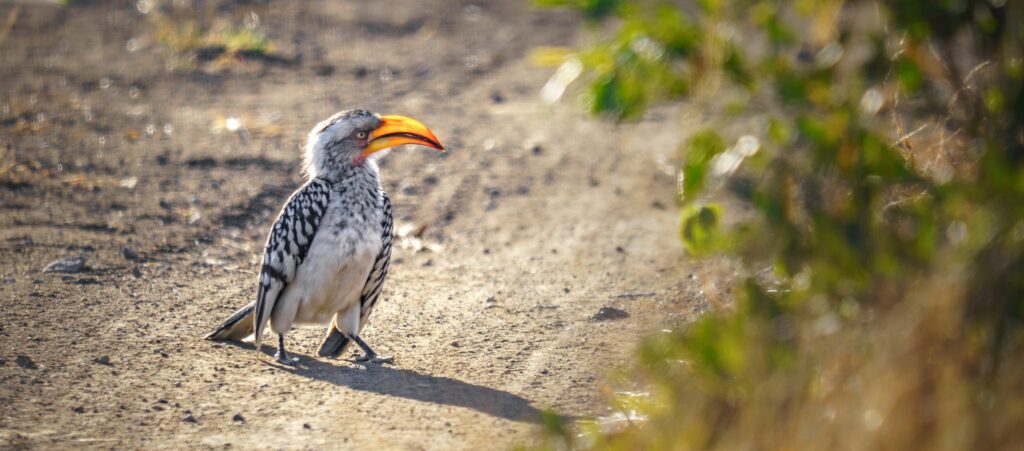
The yellow-billed hornbill has its own unique and unusual methods for hunting. Like the symbiotic relationship it has with mongoose.

